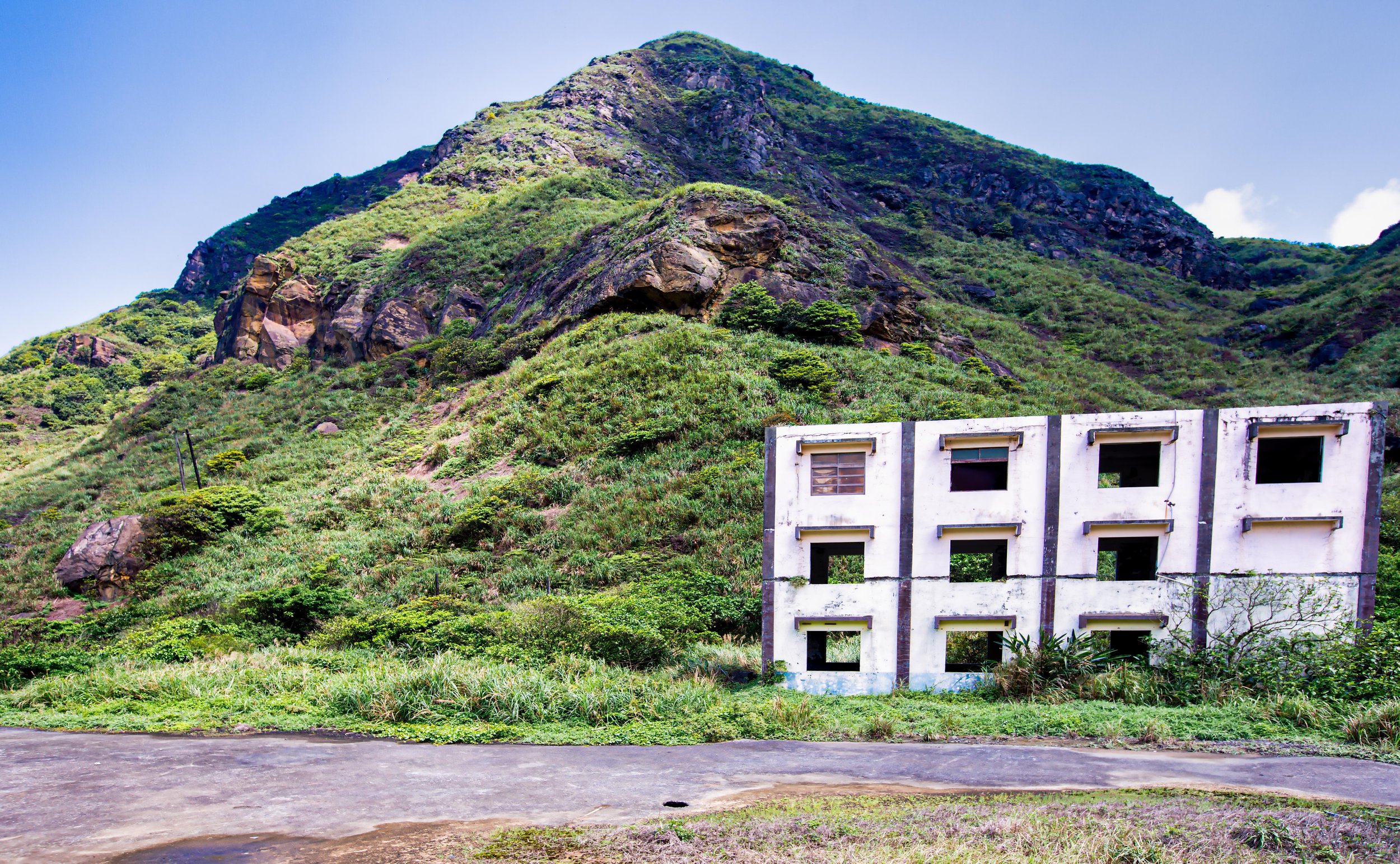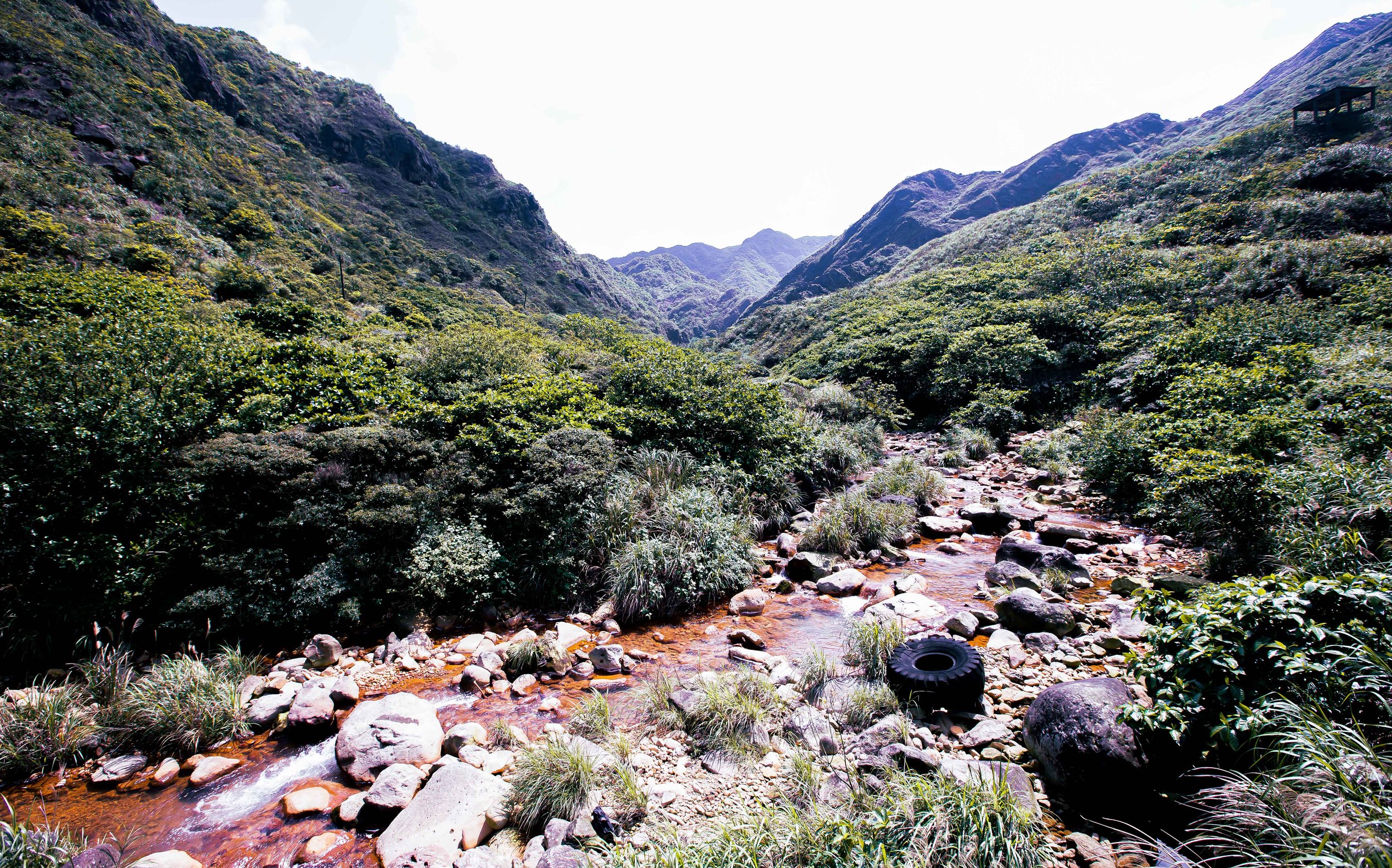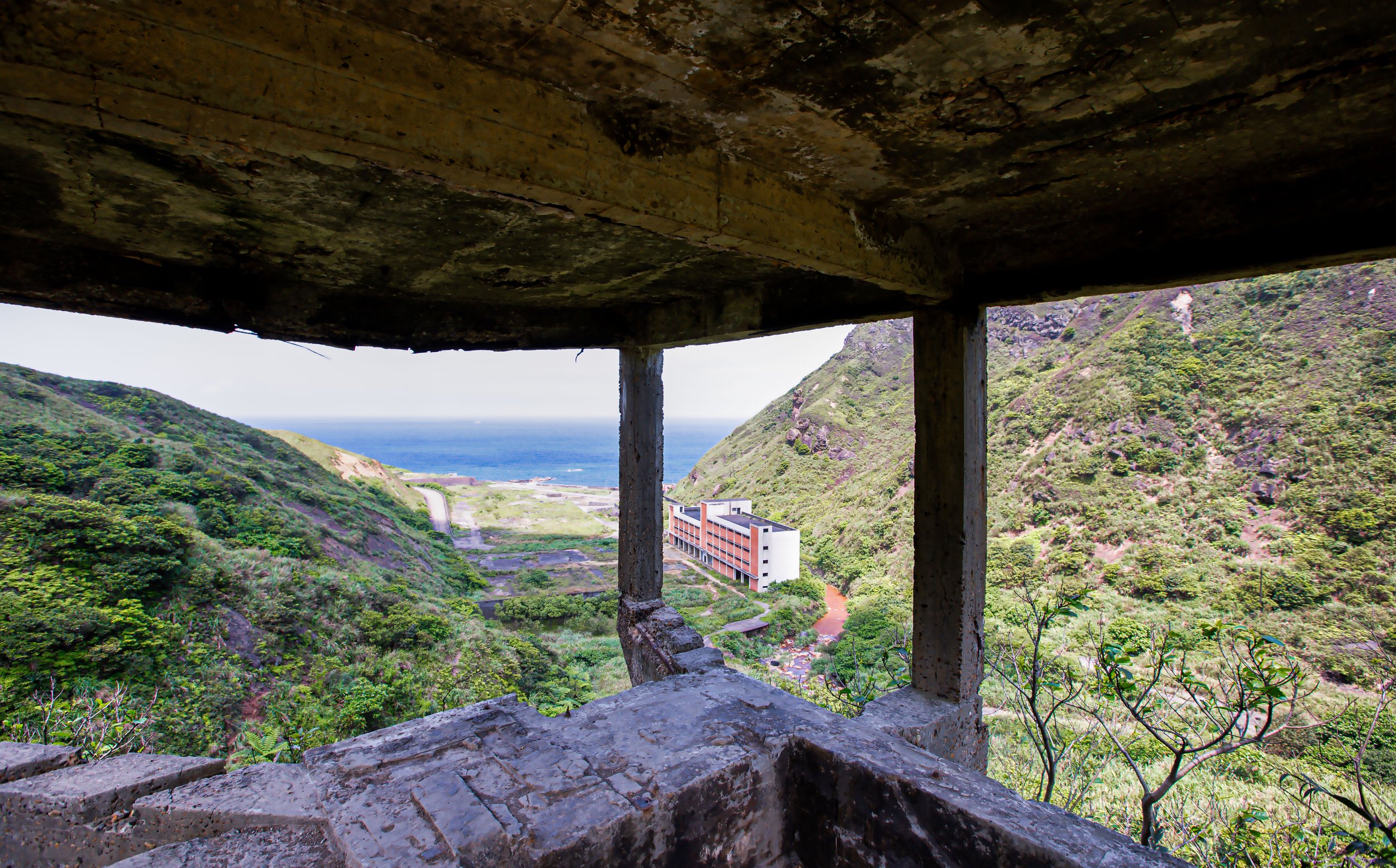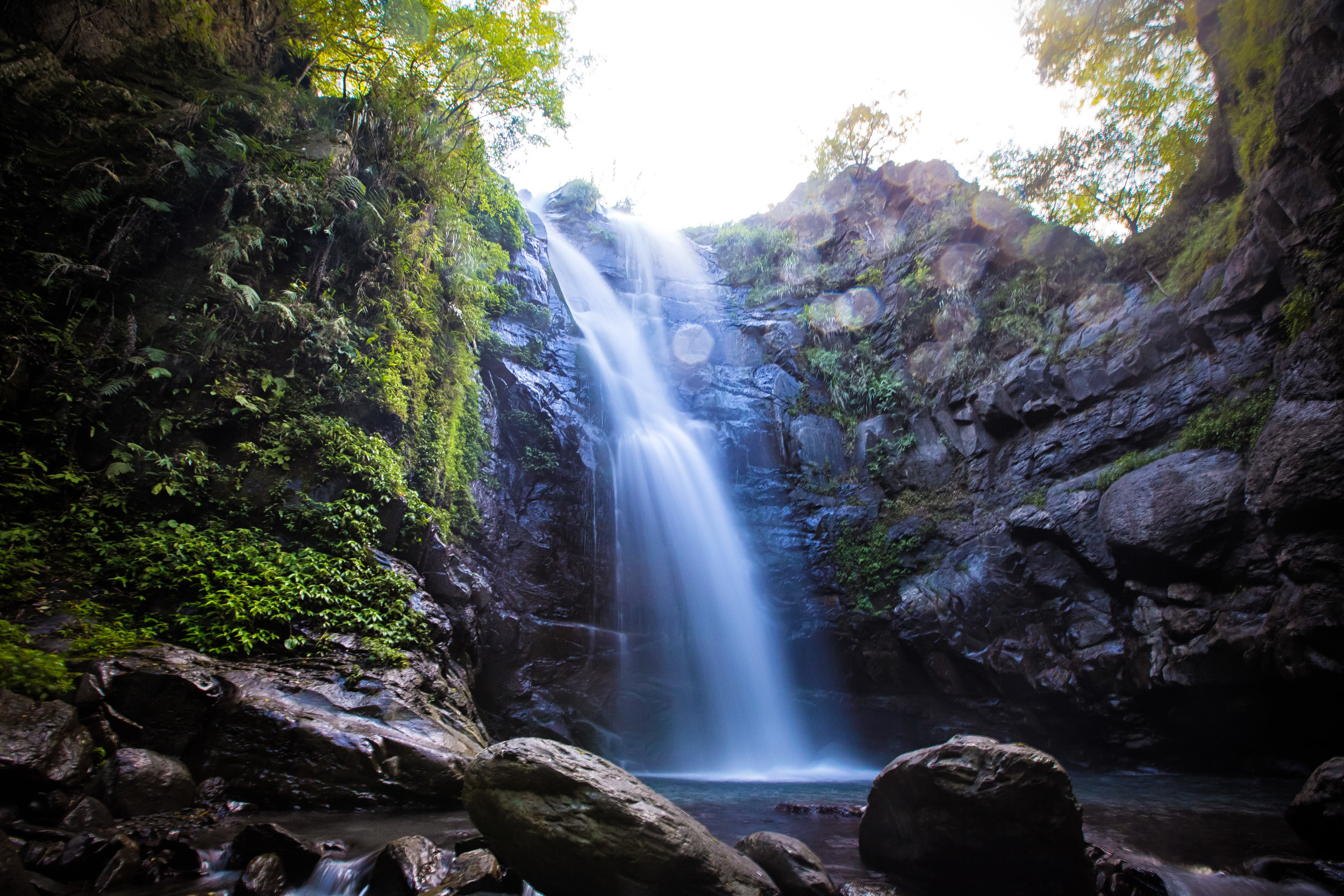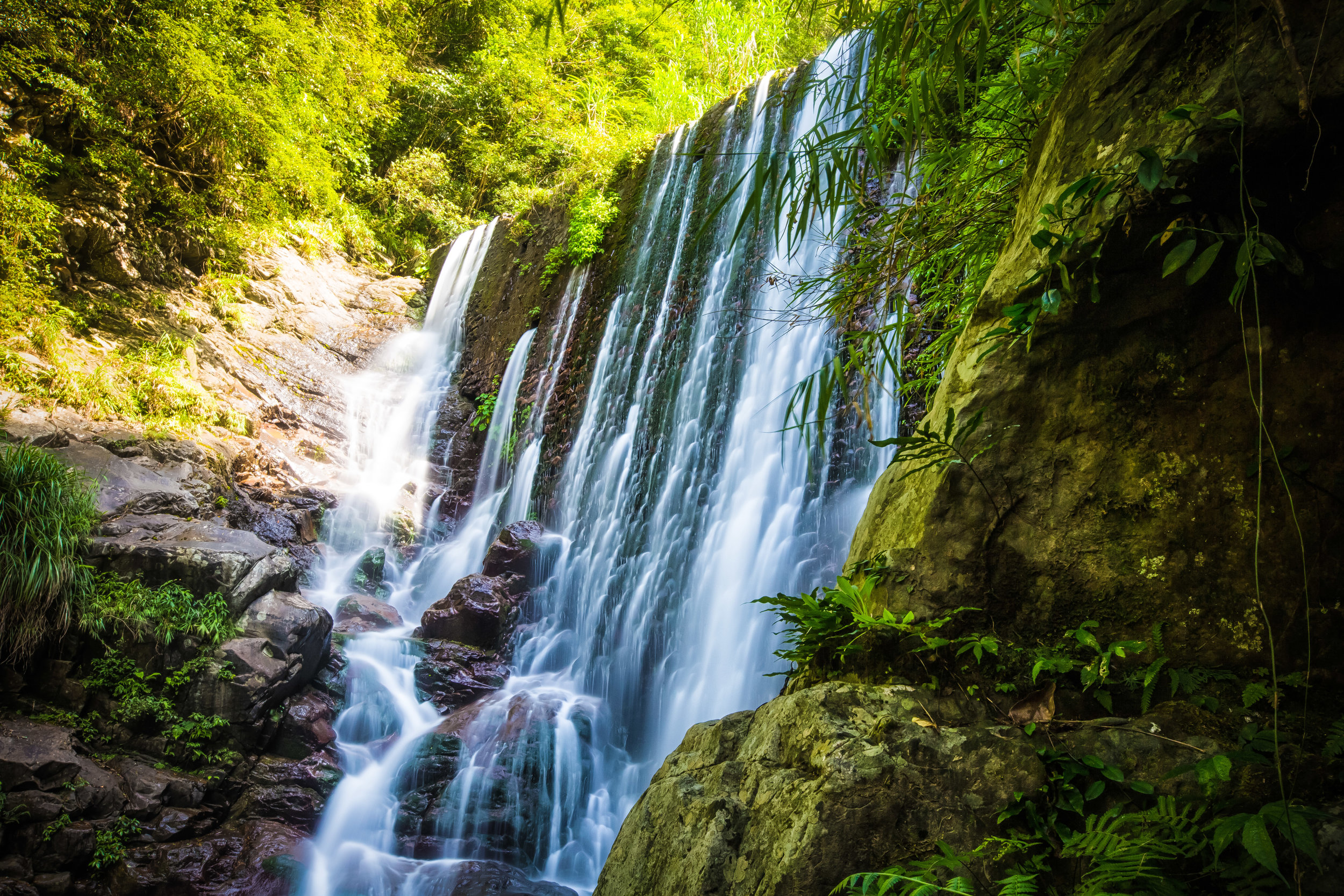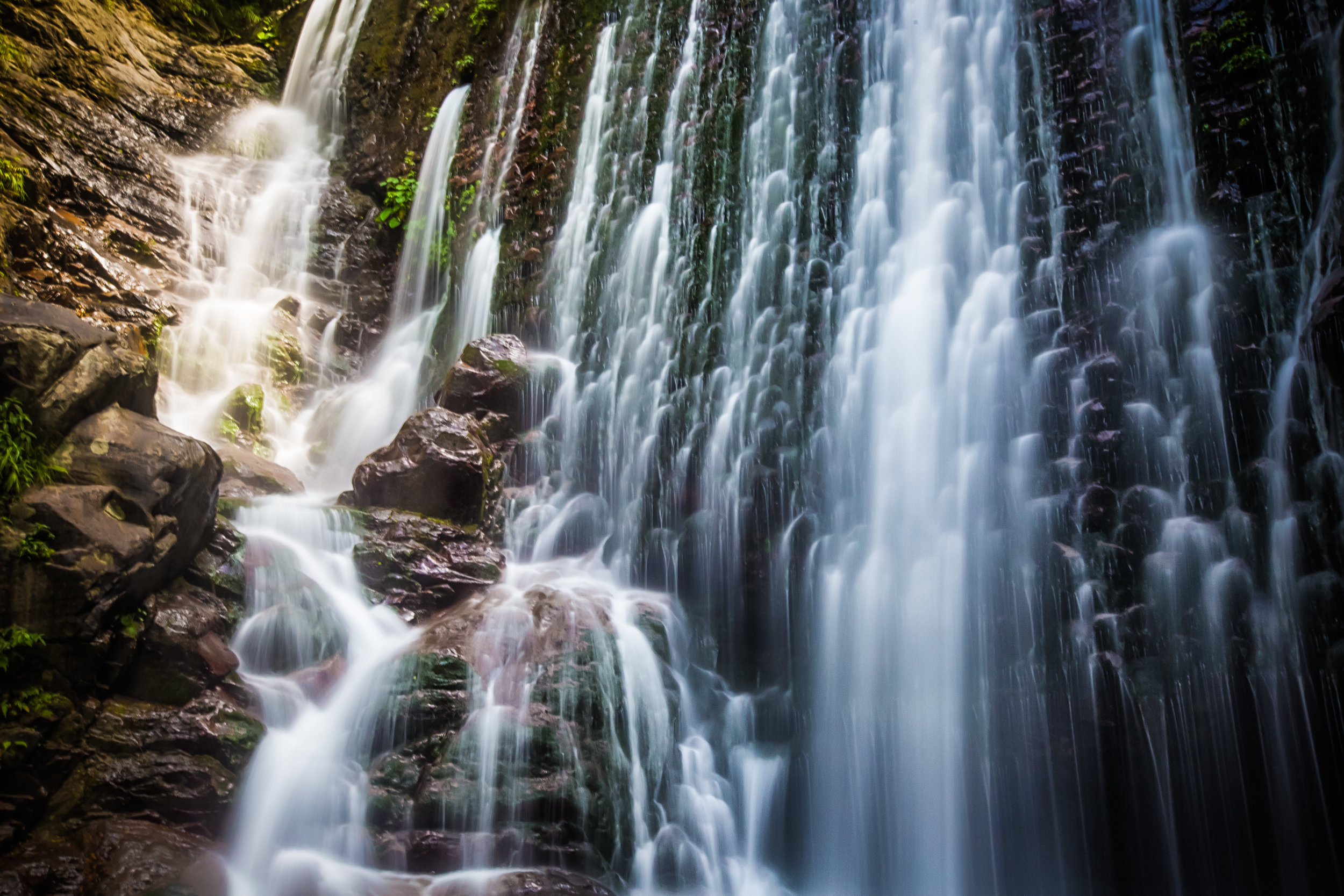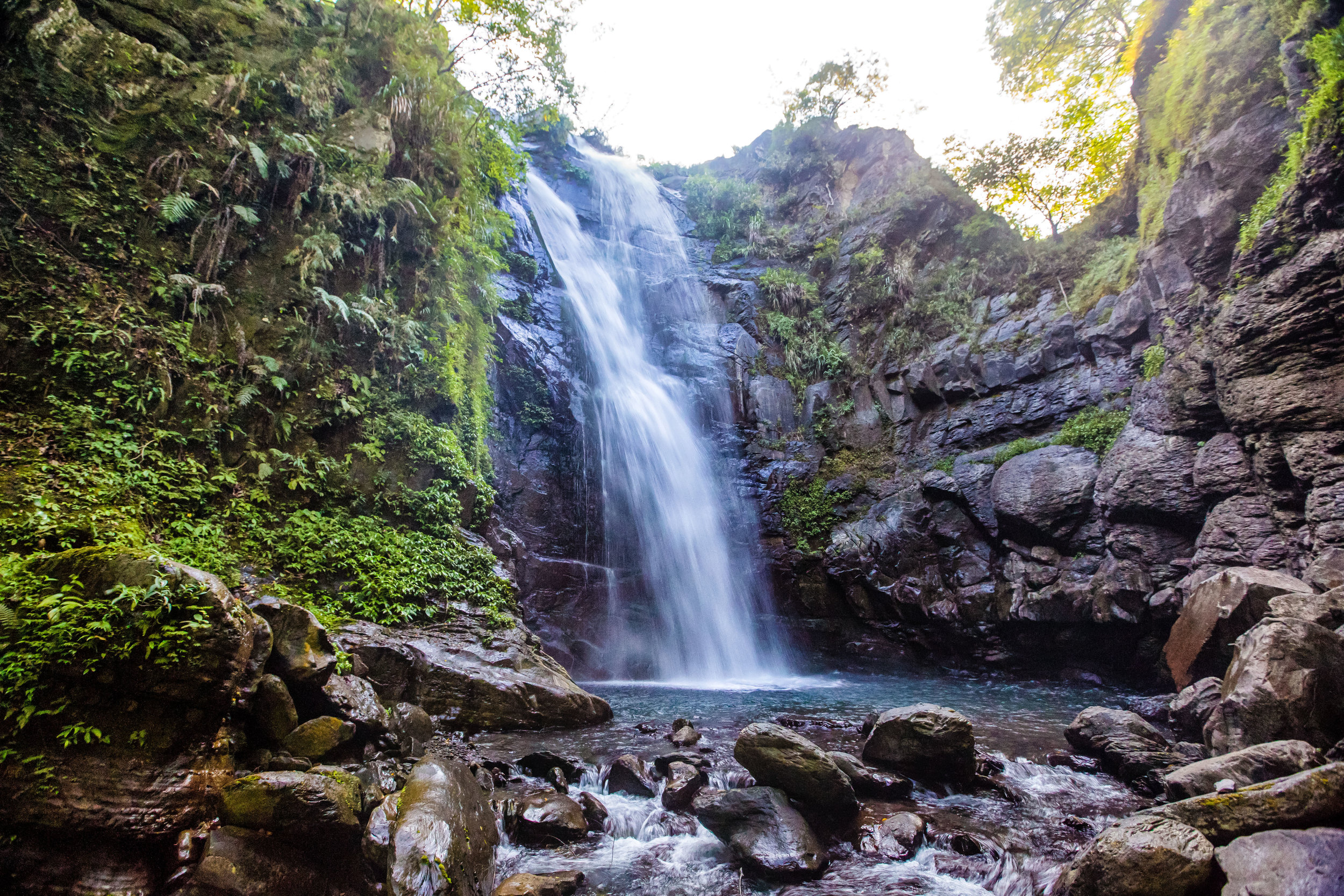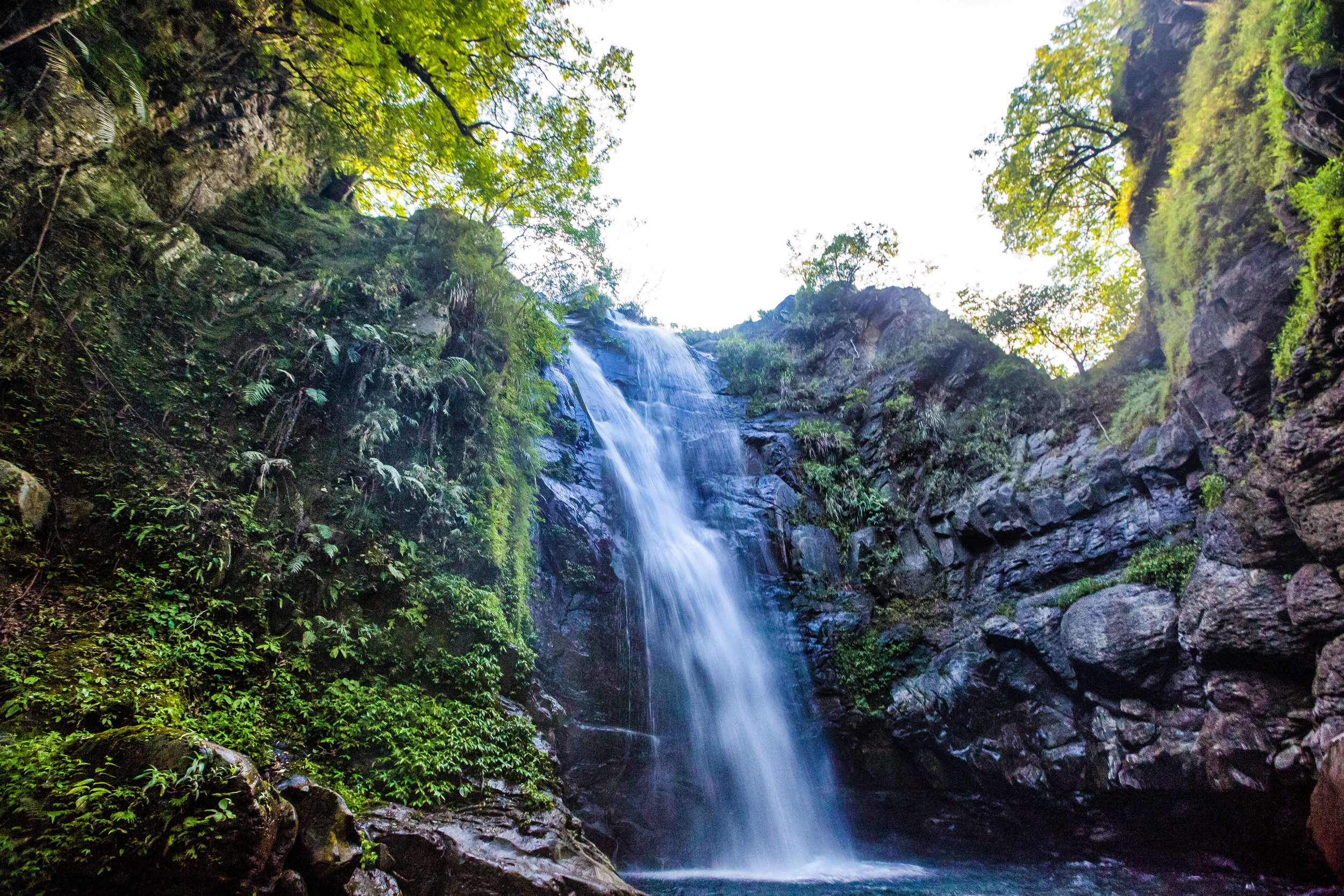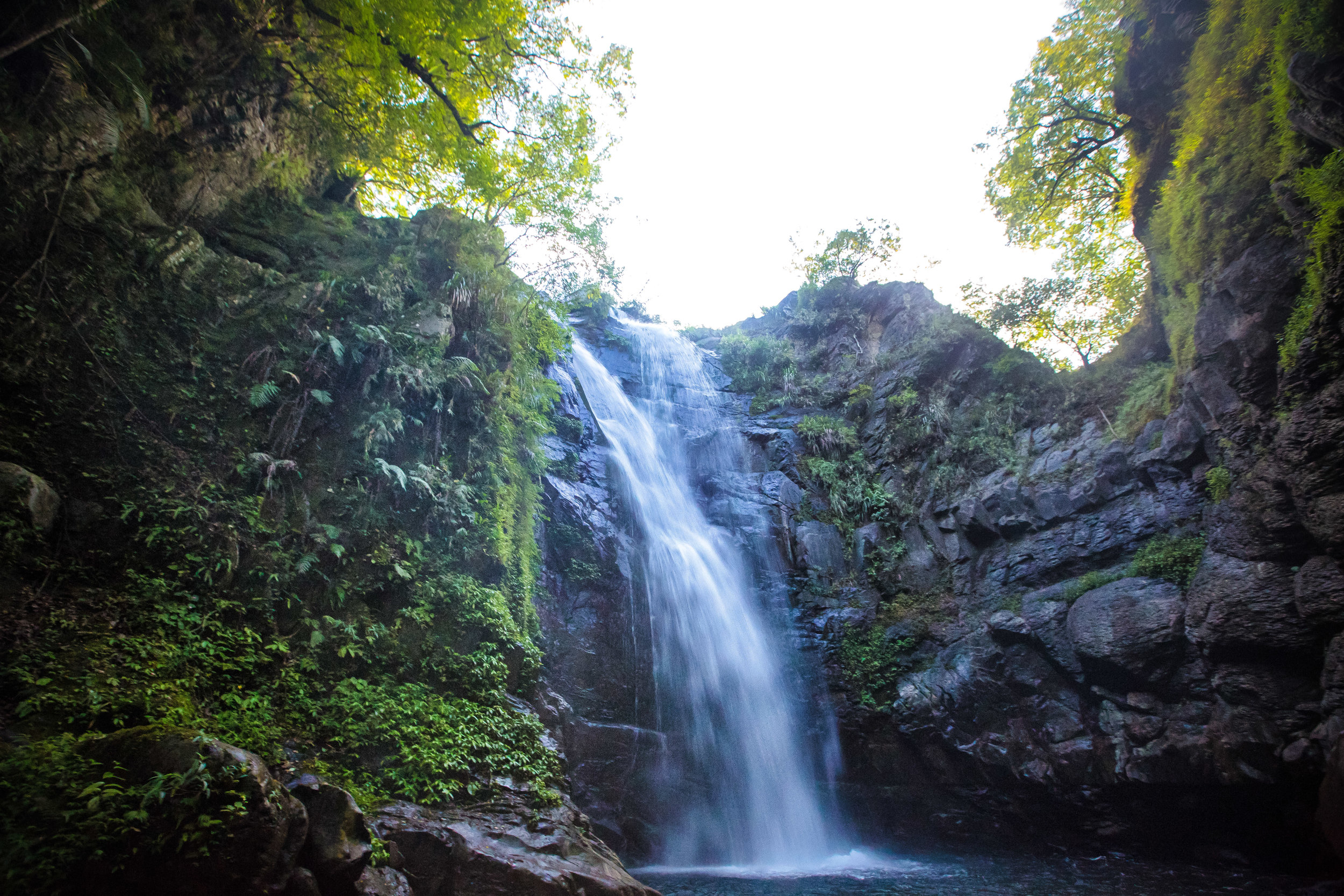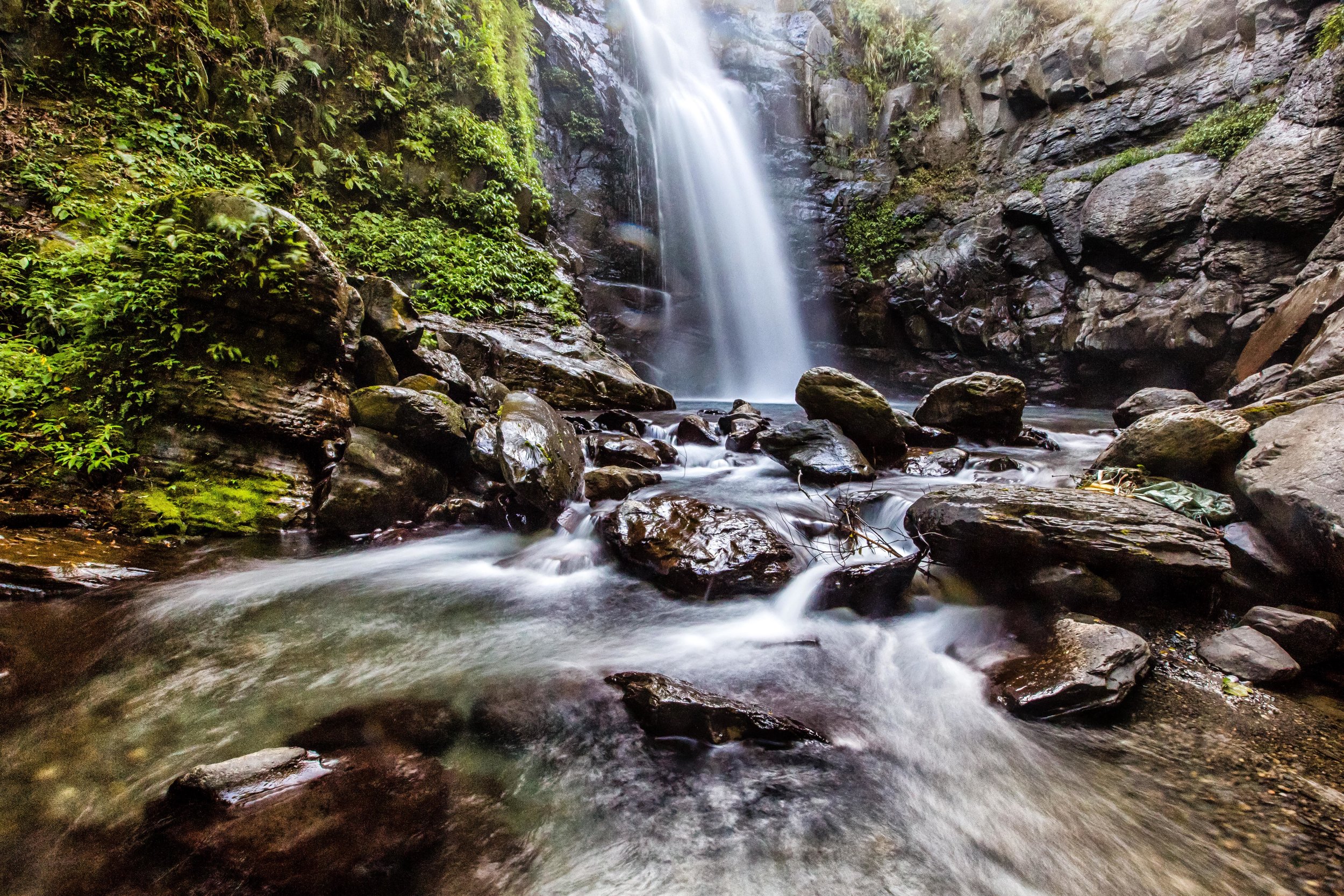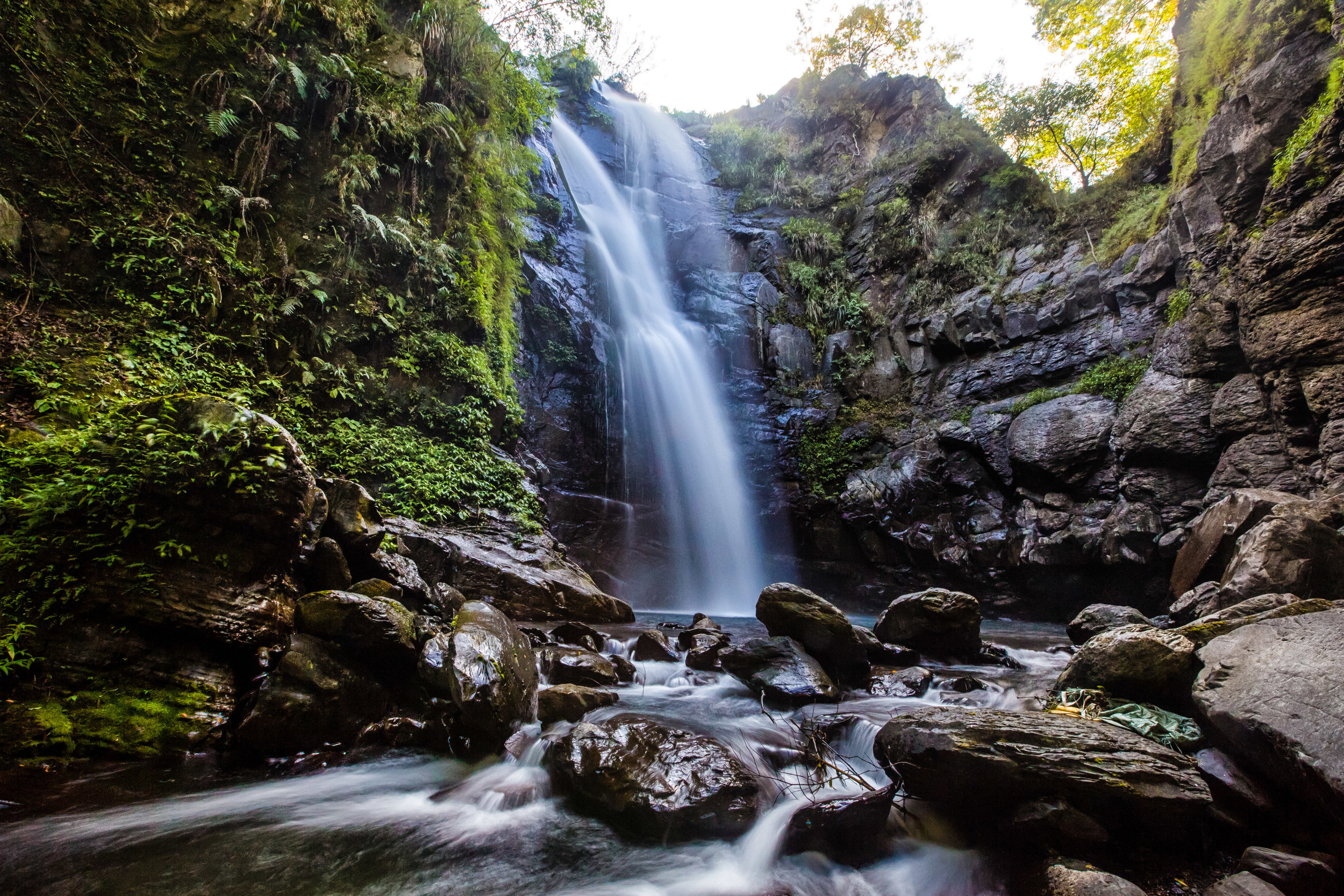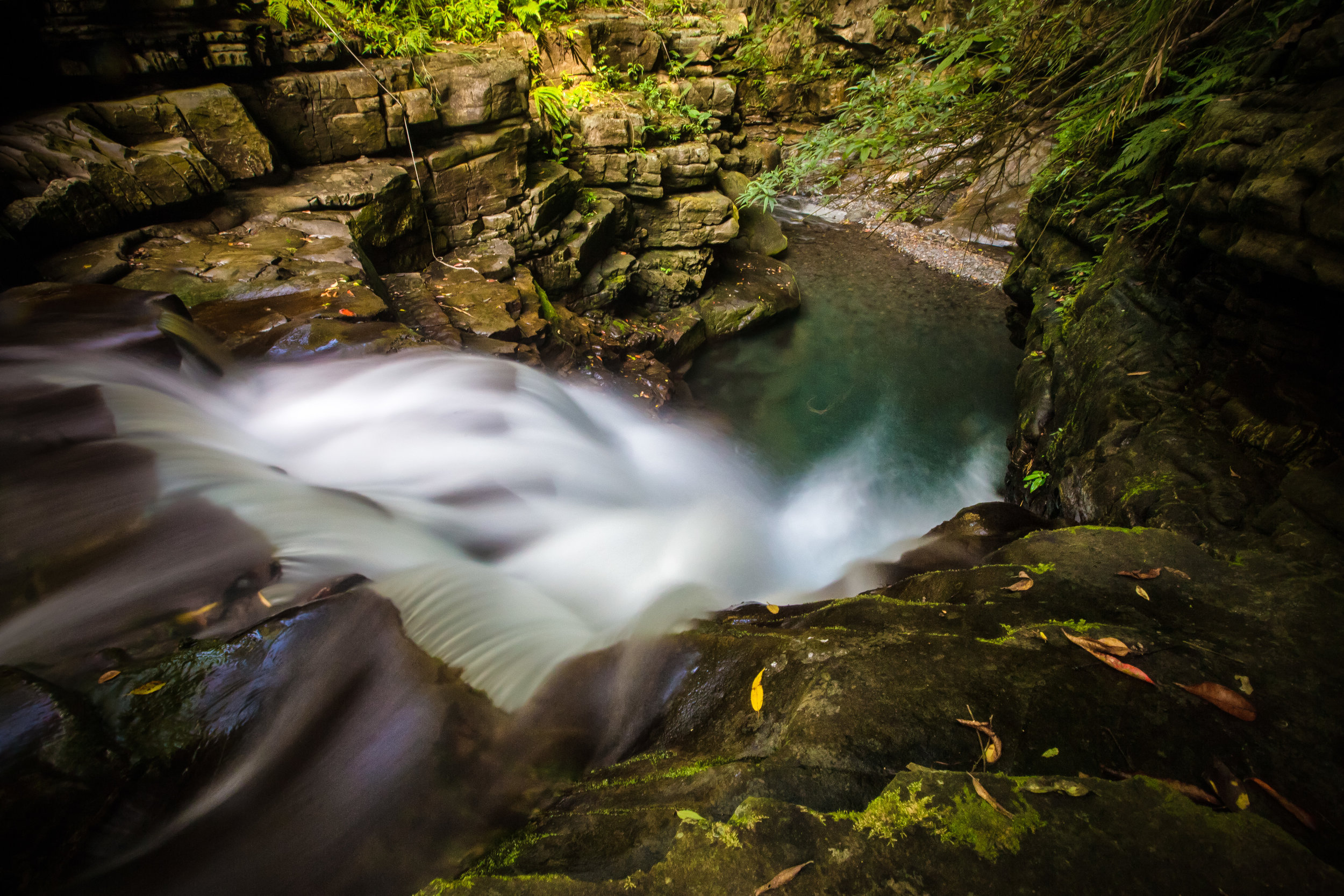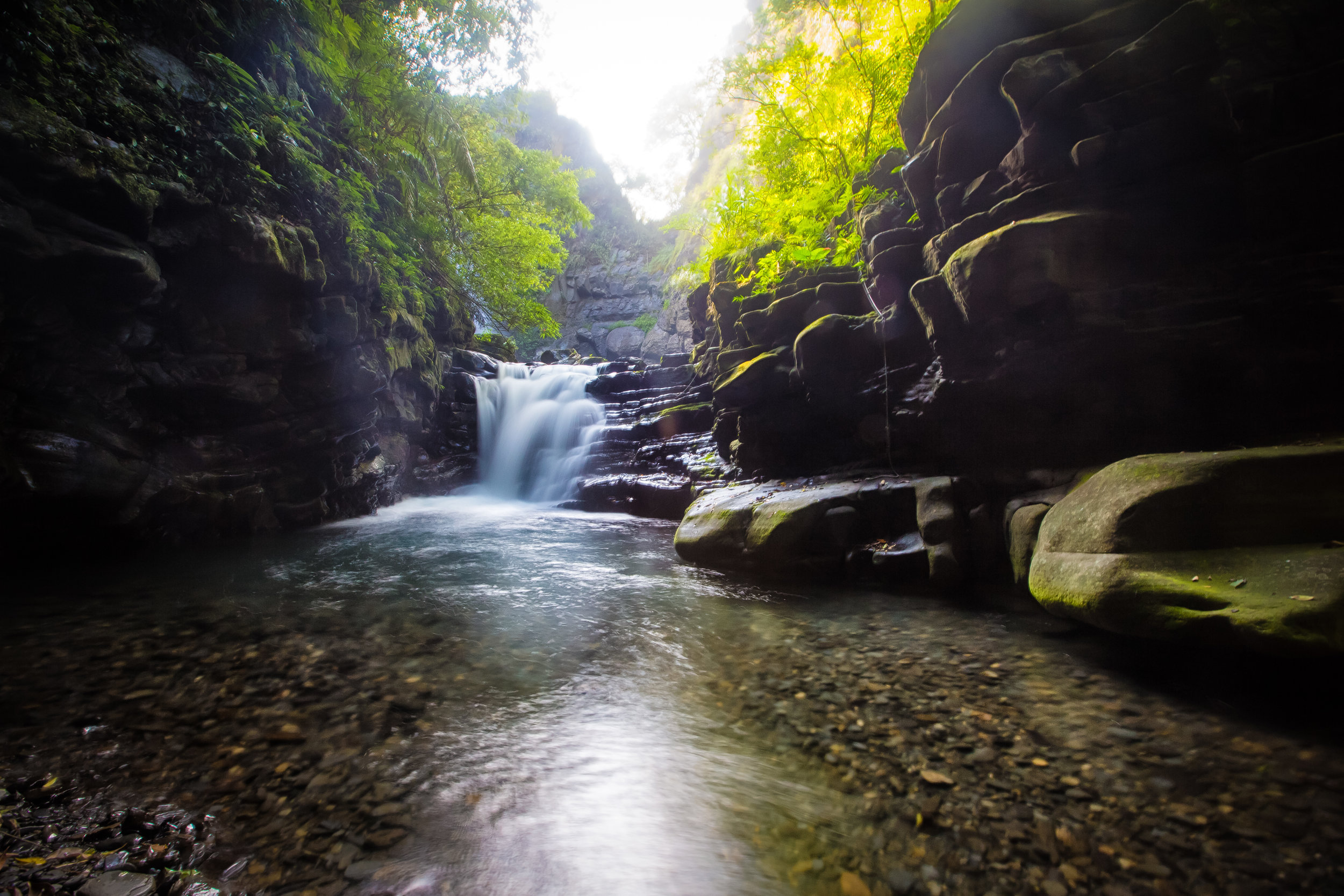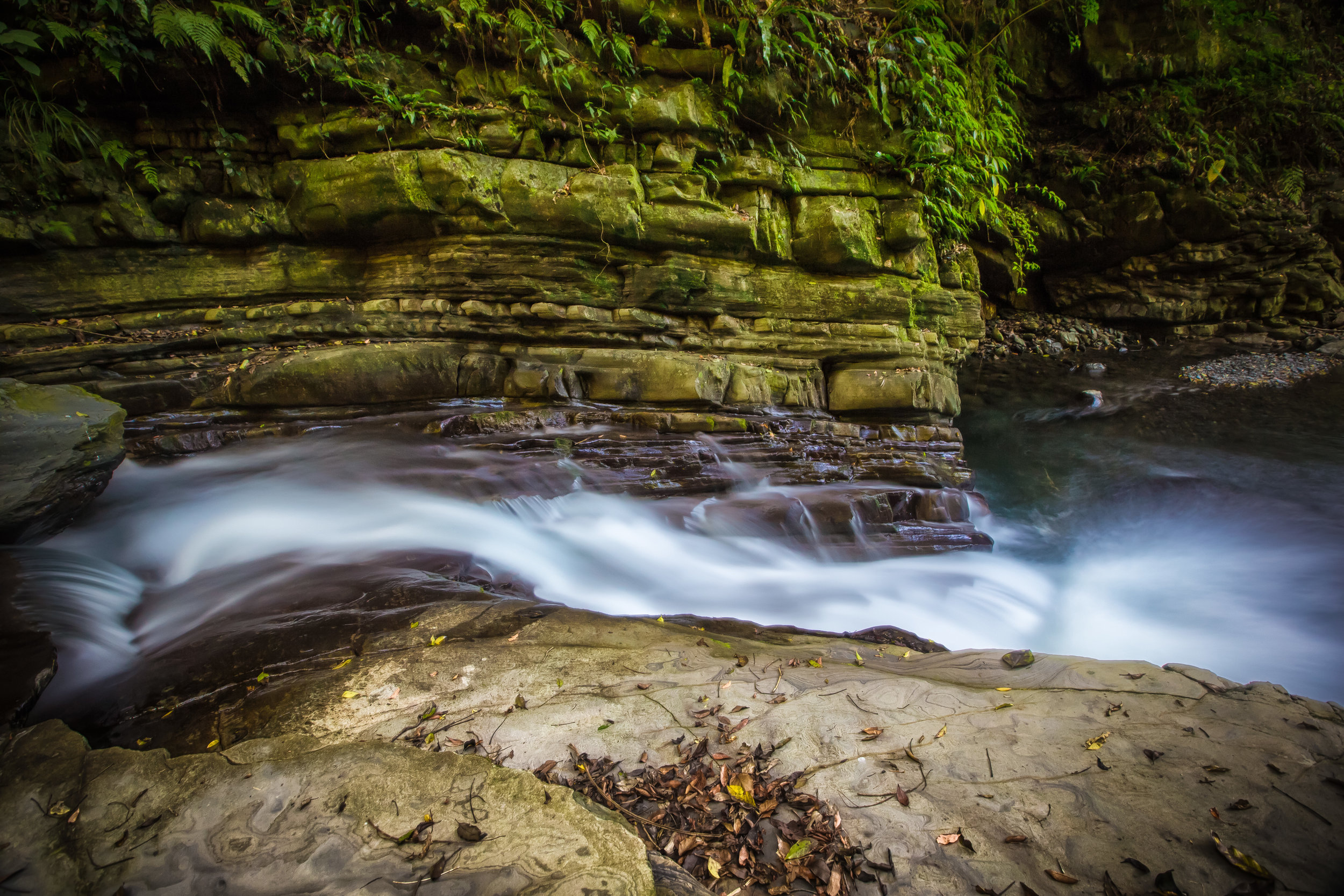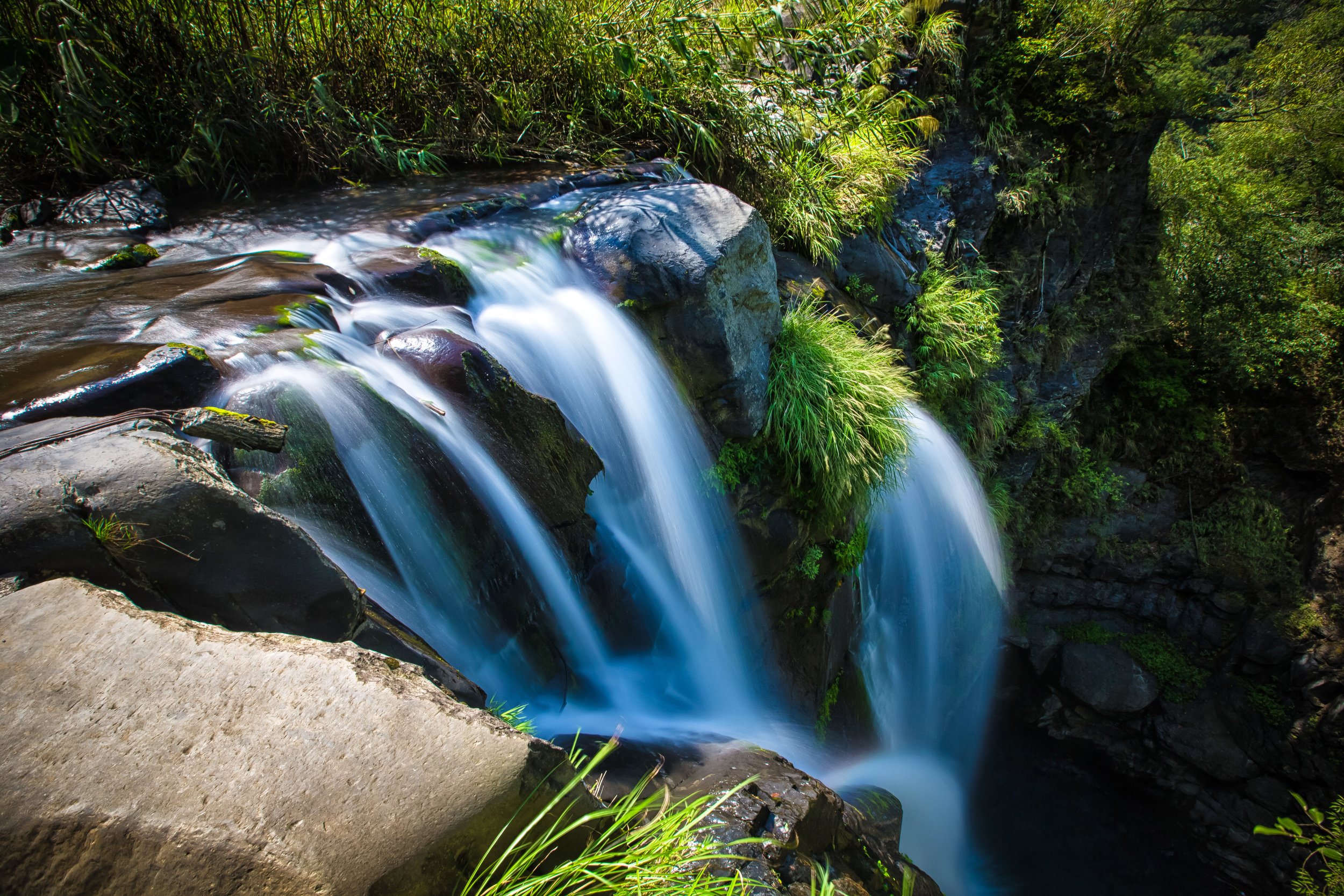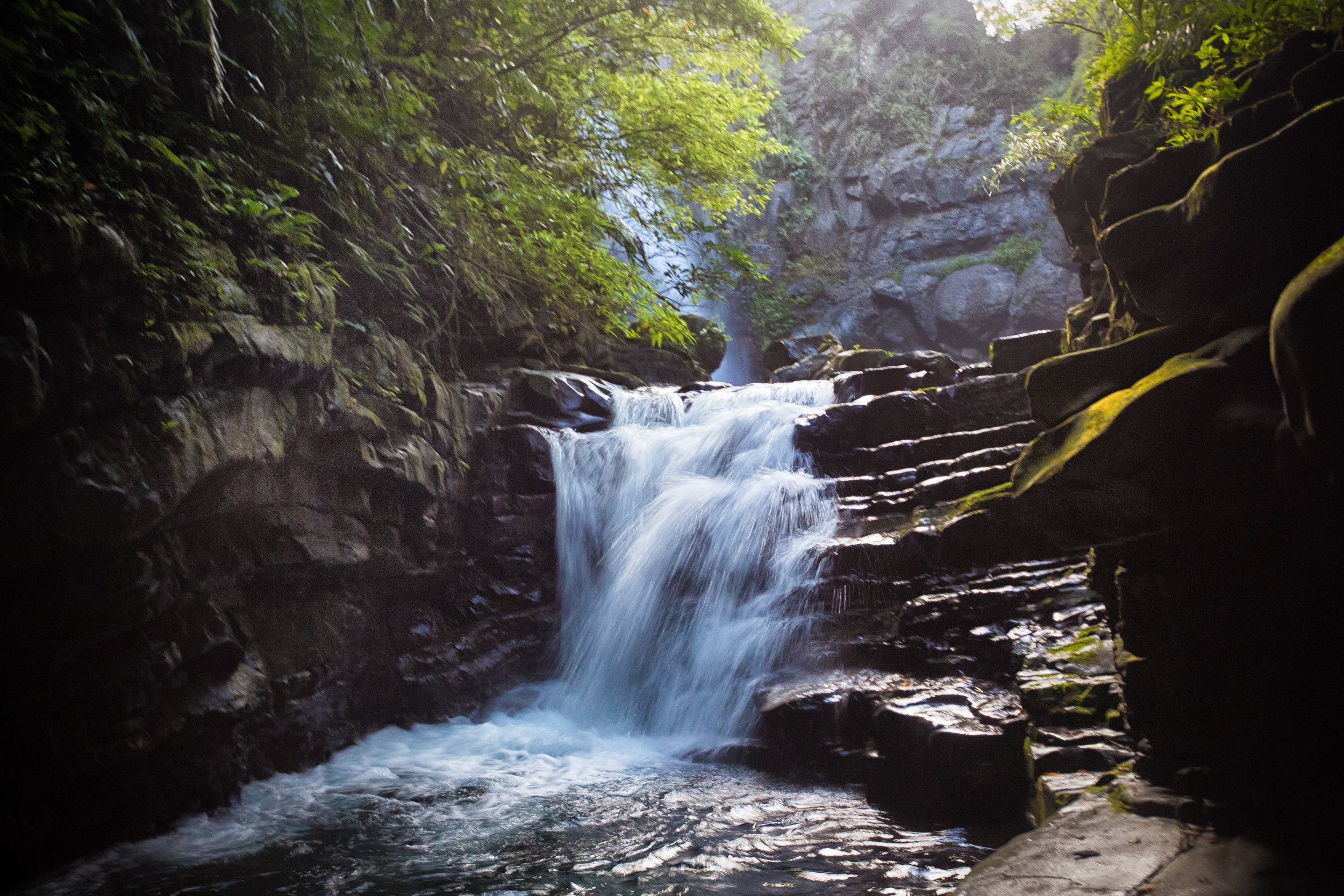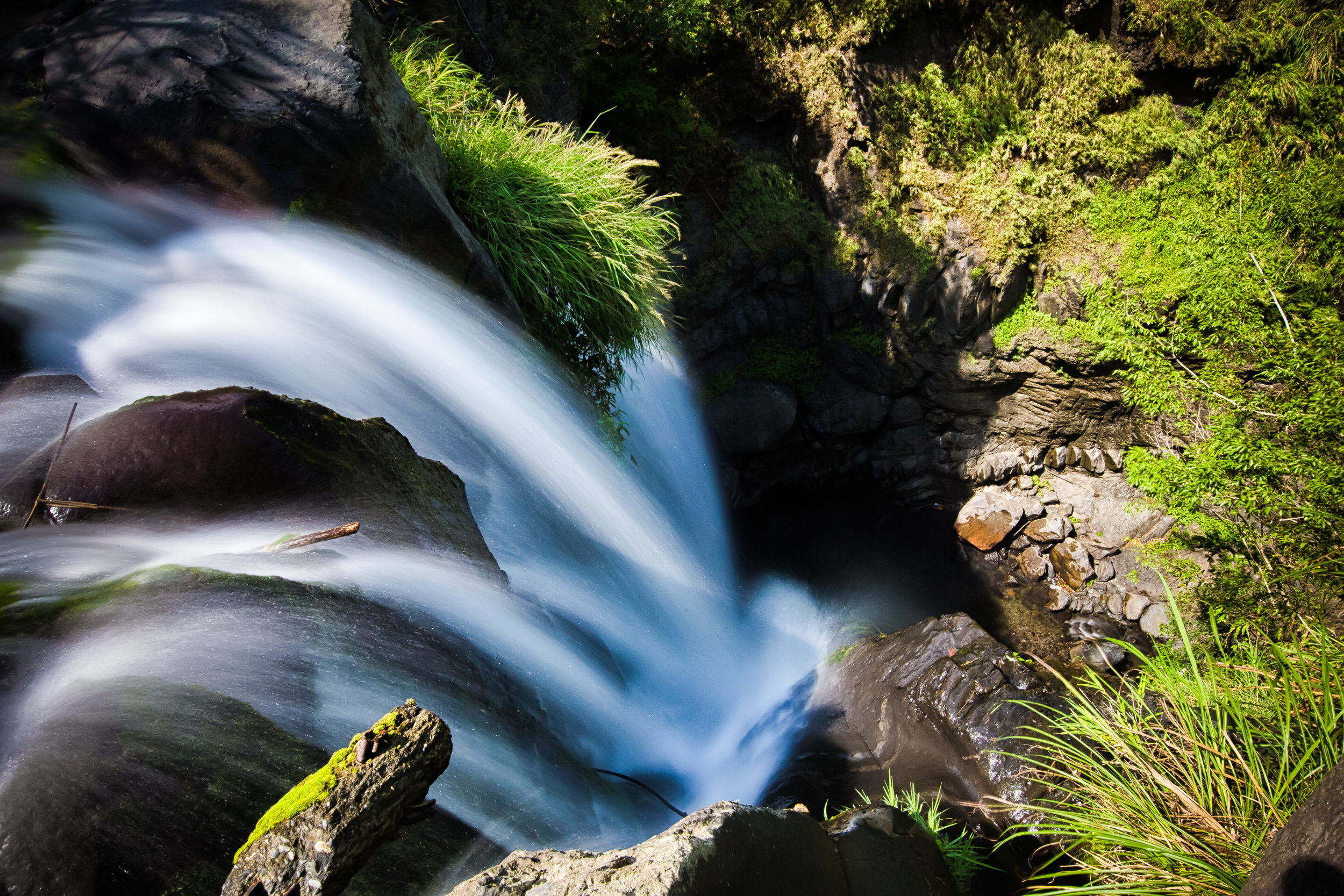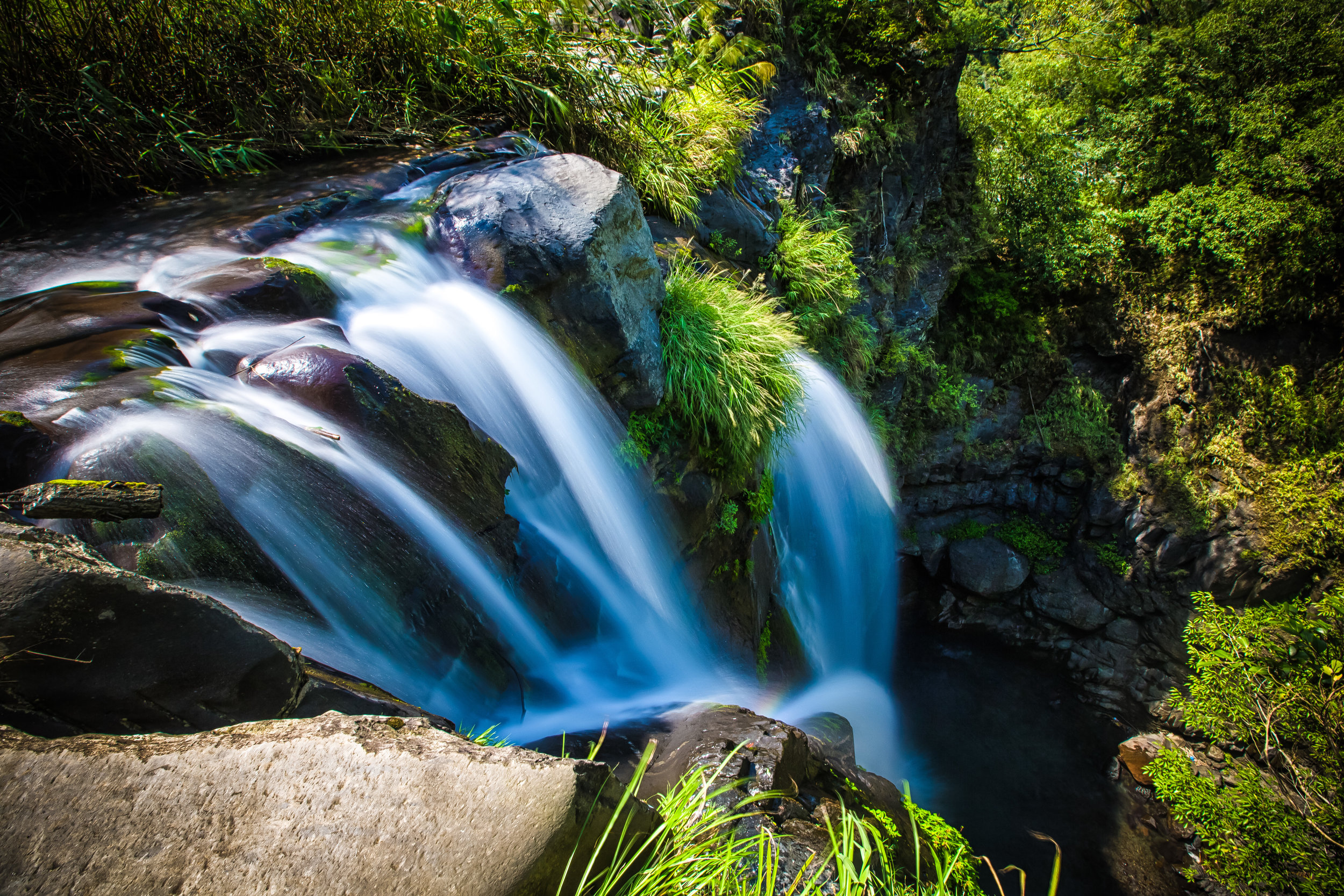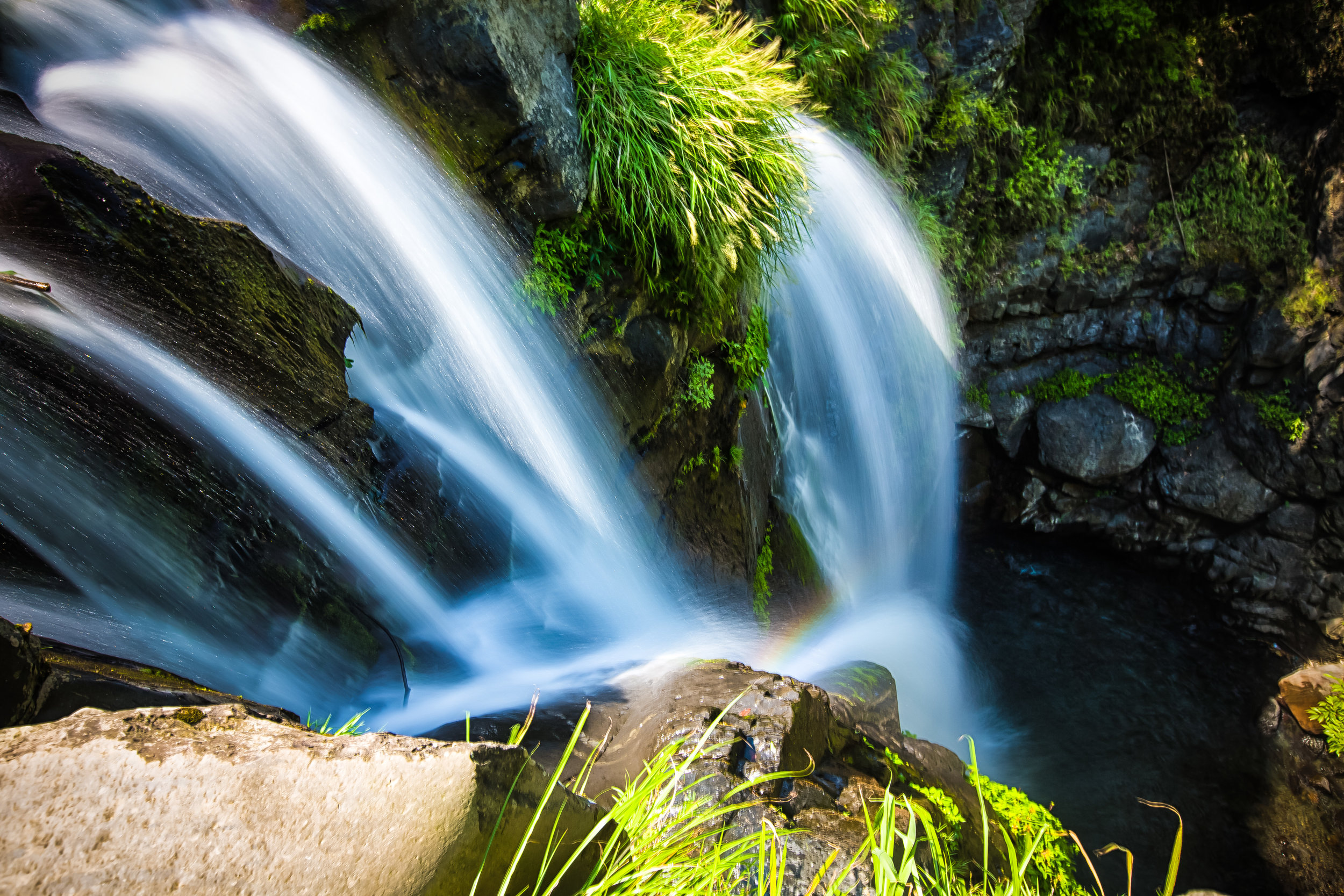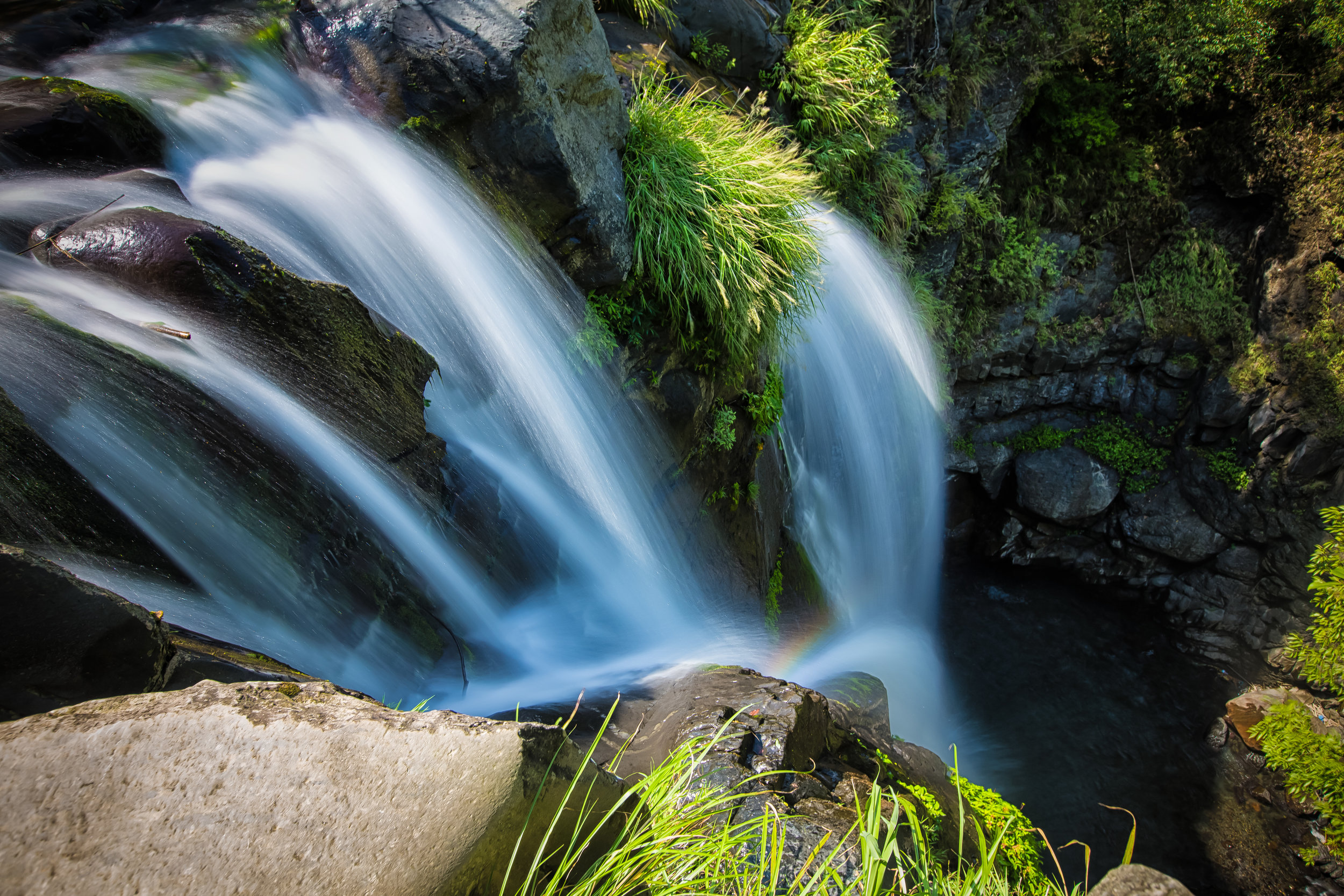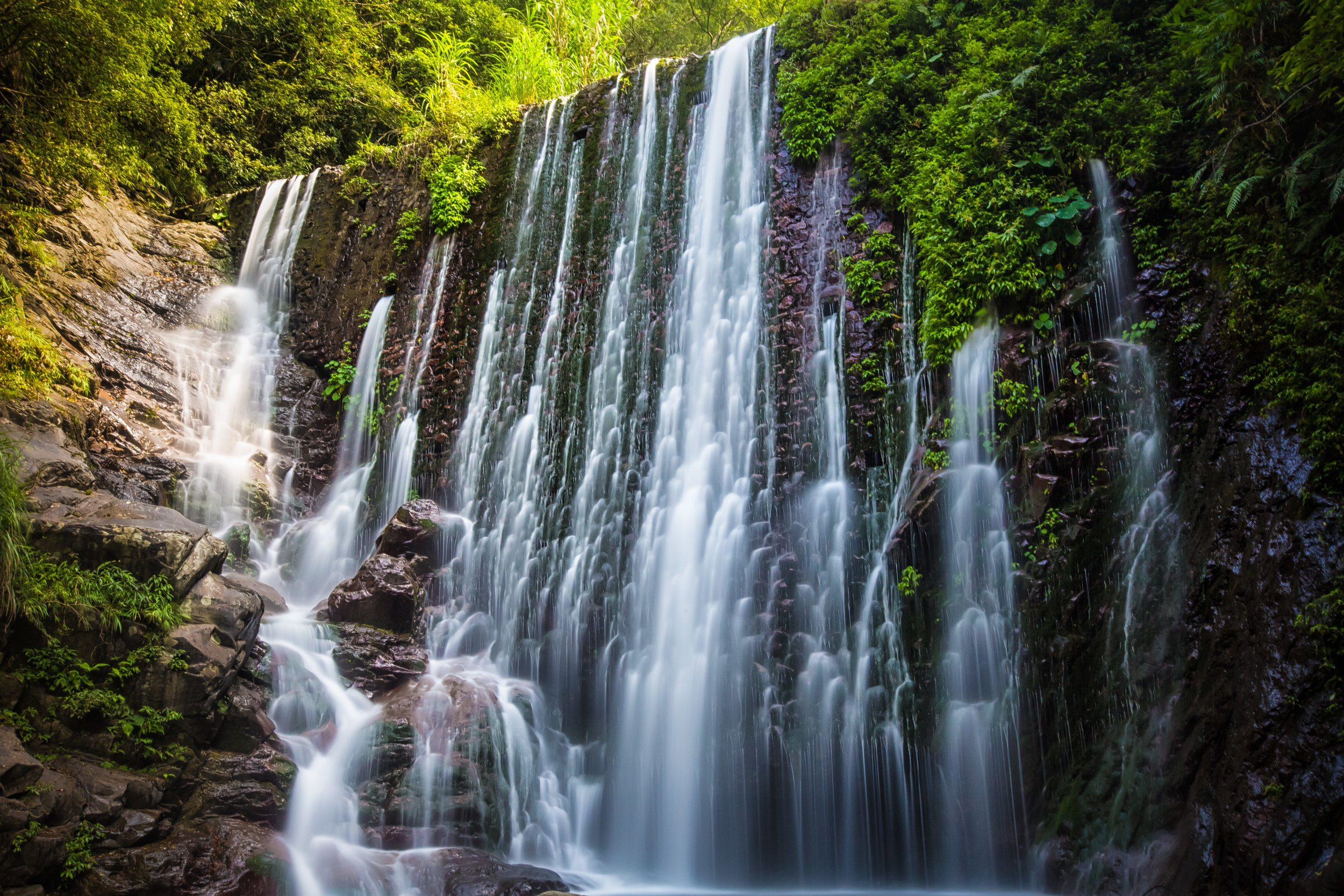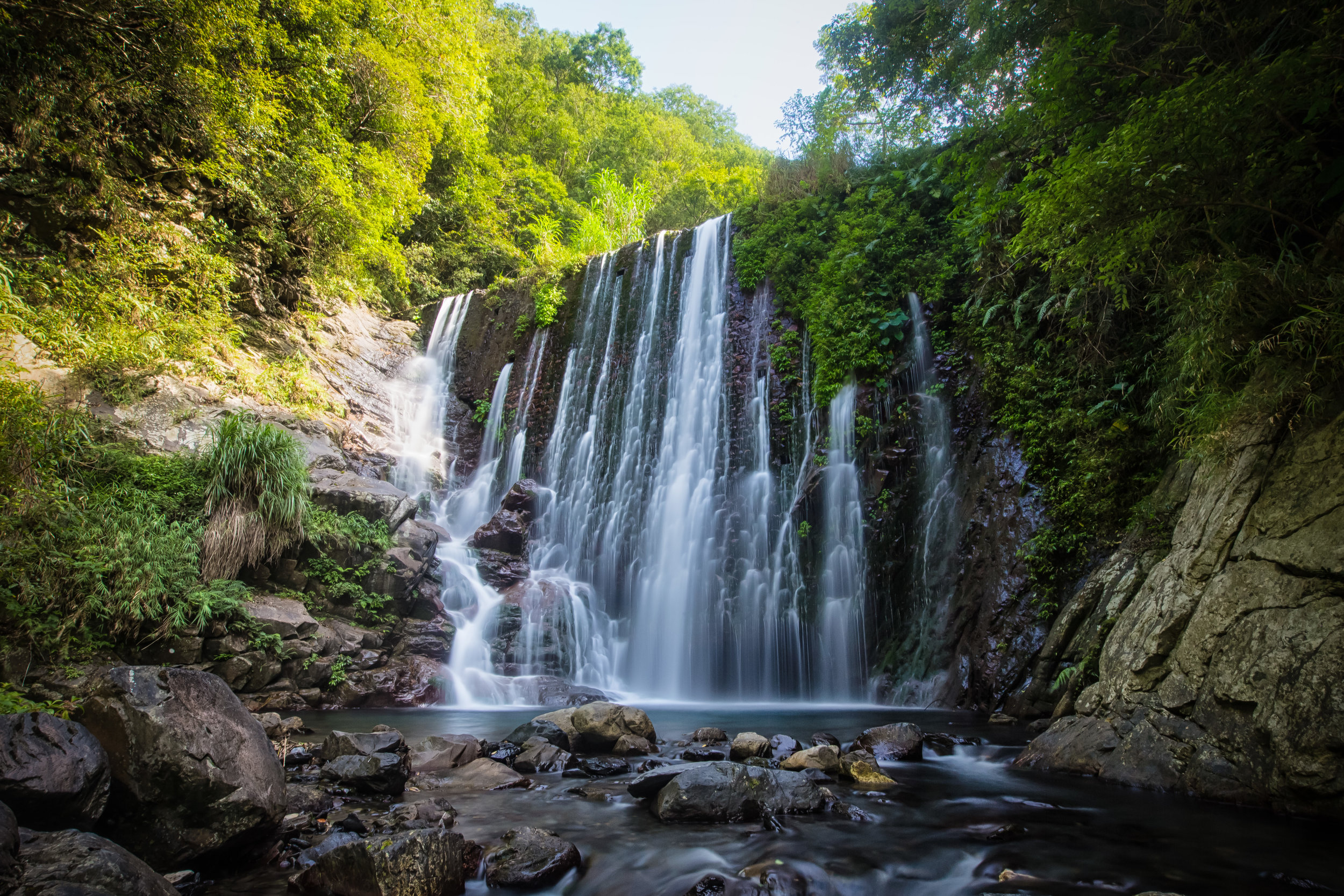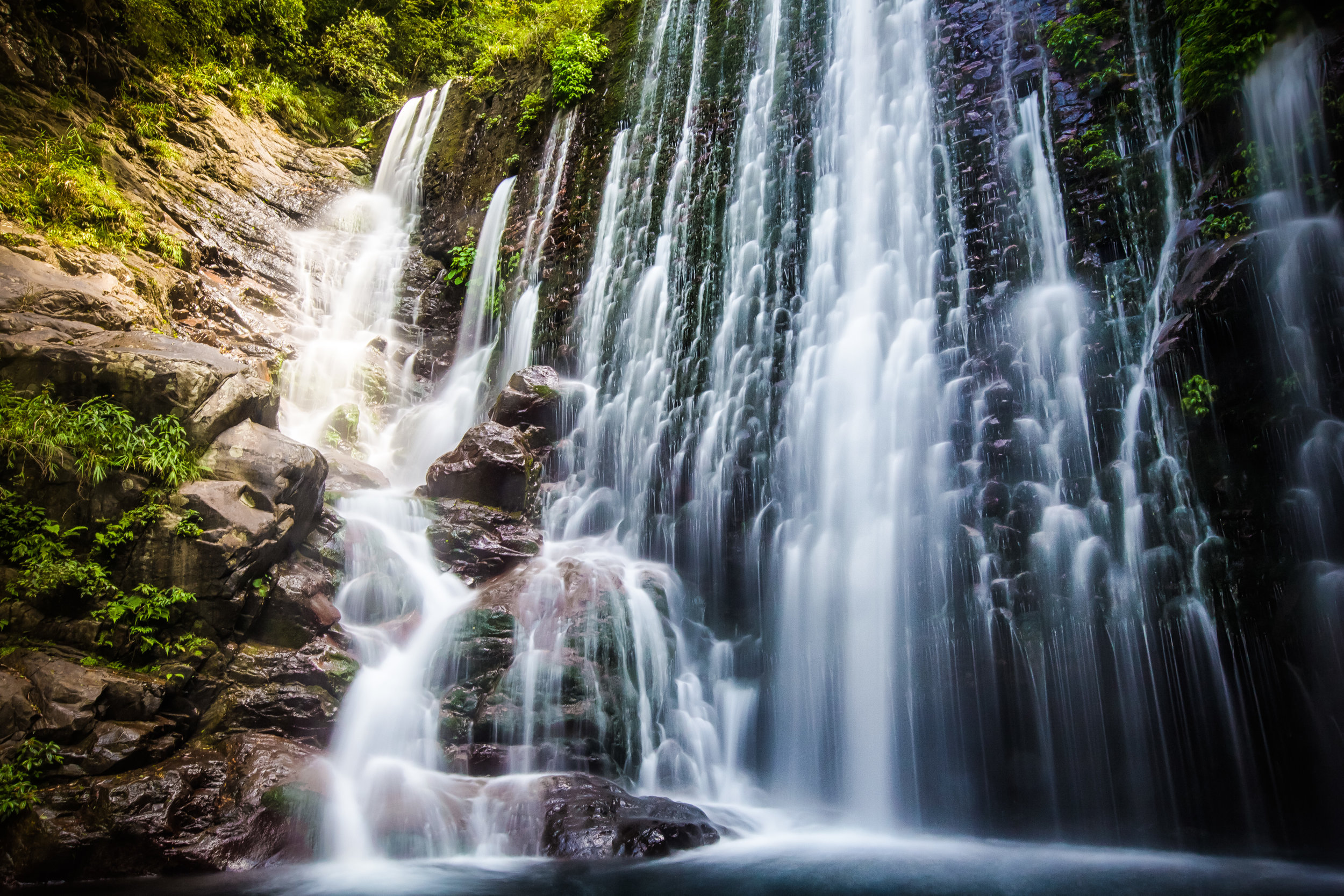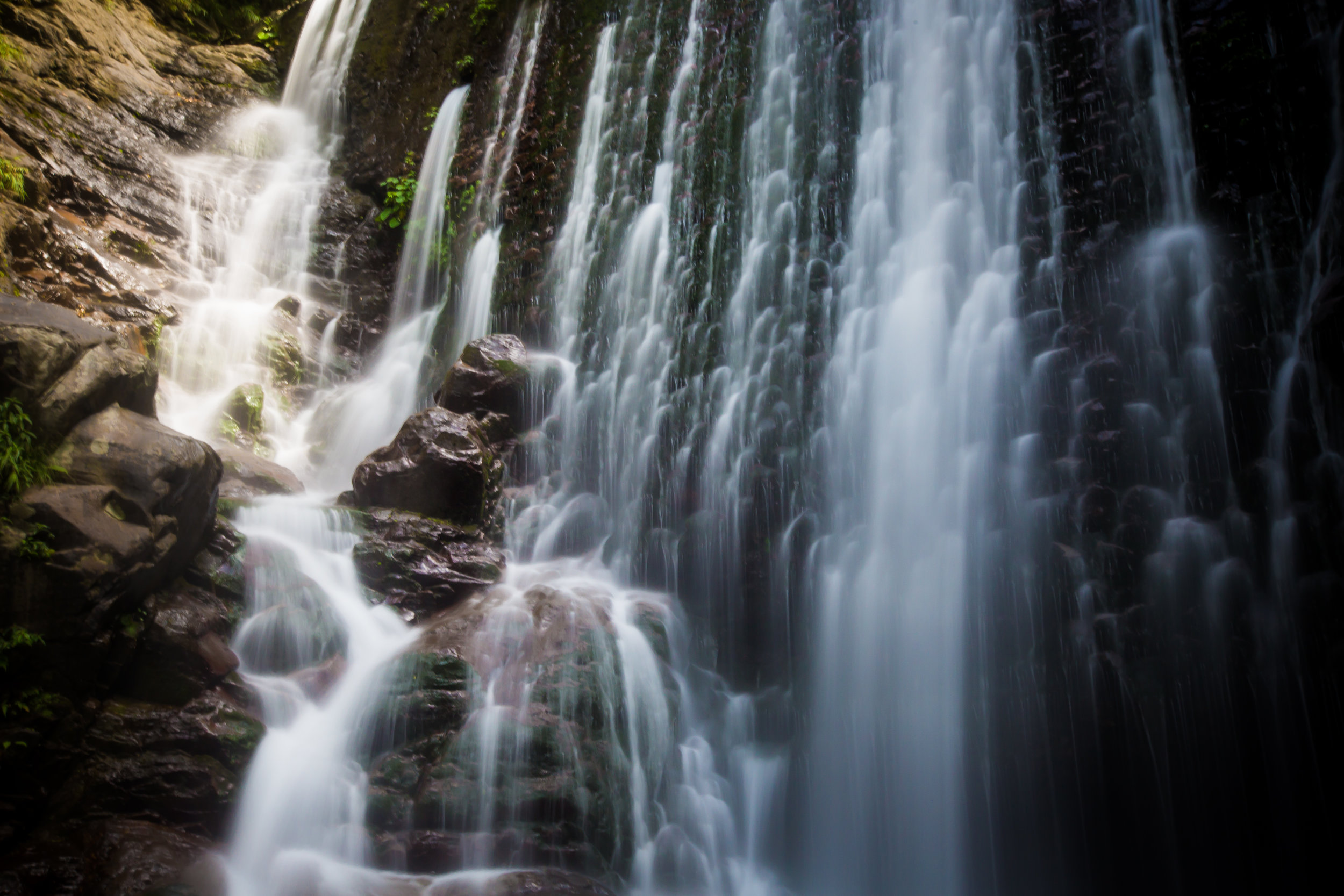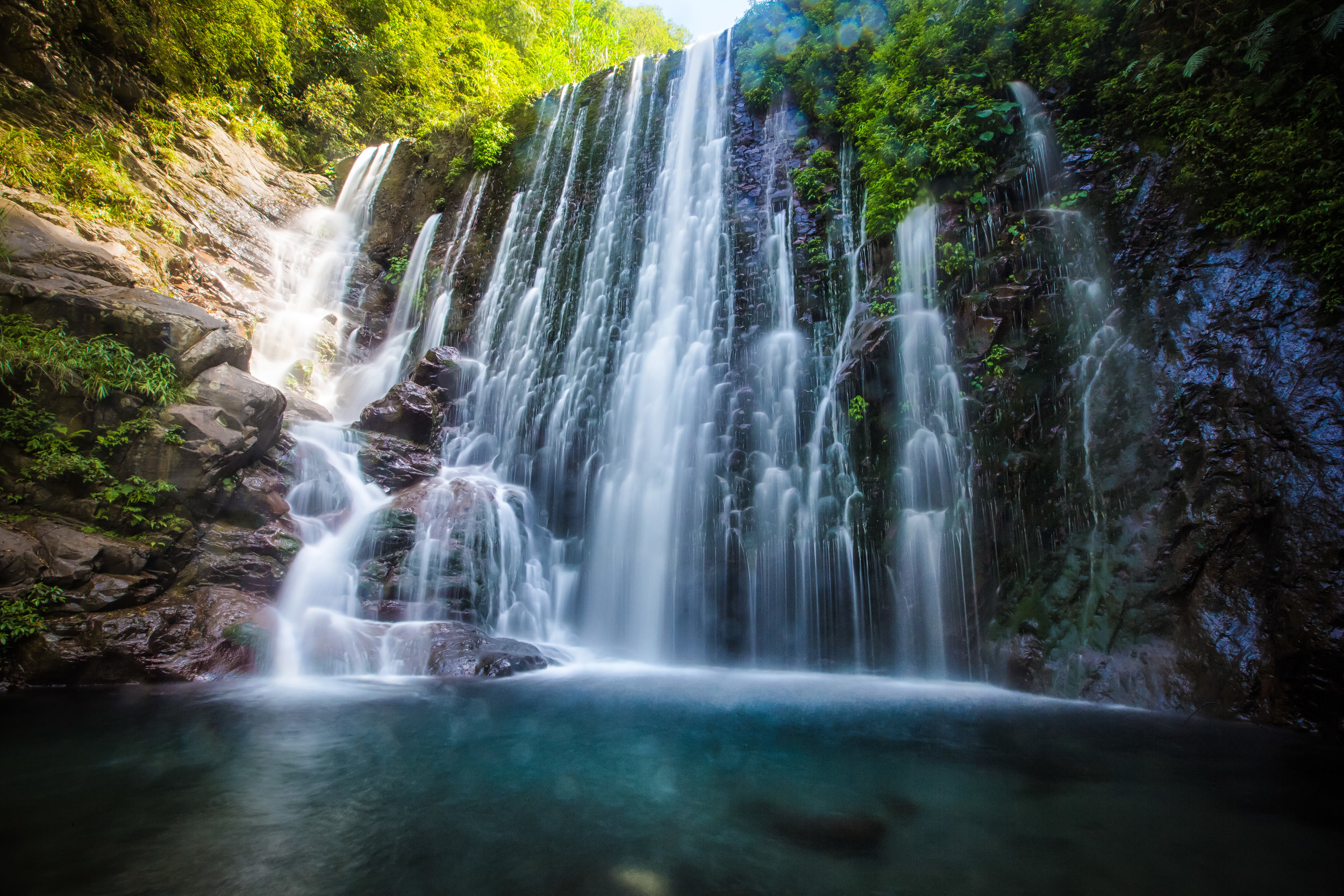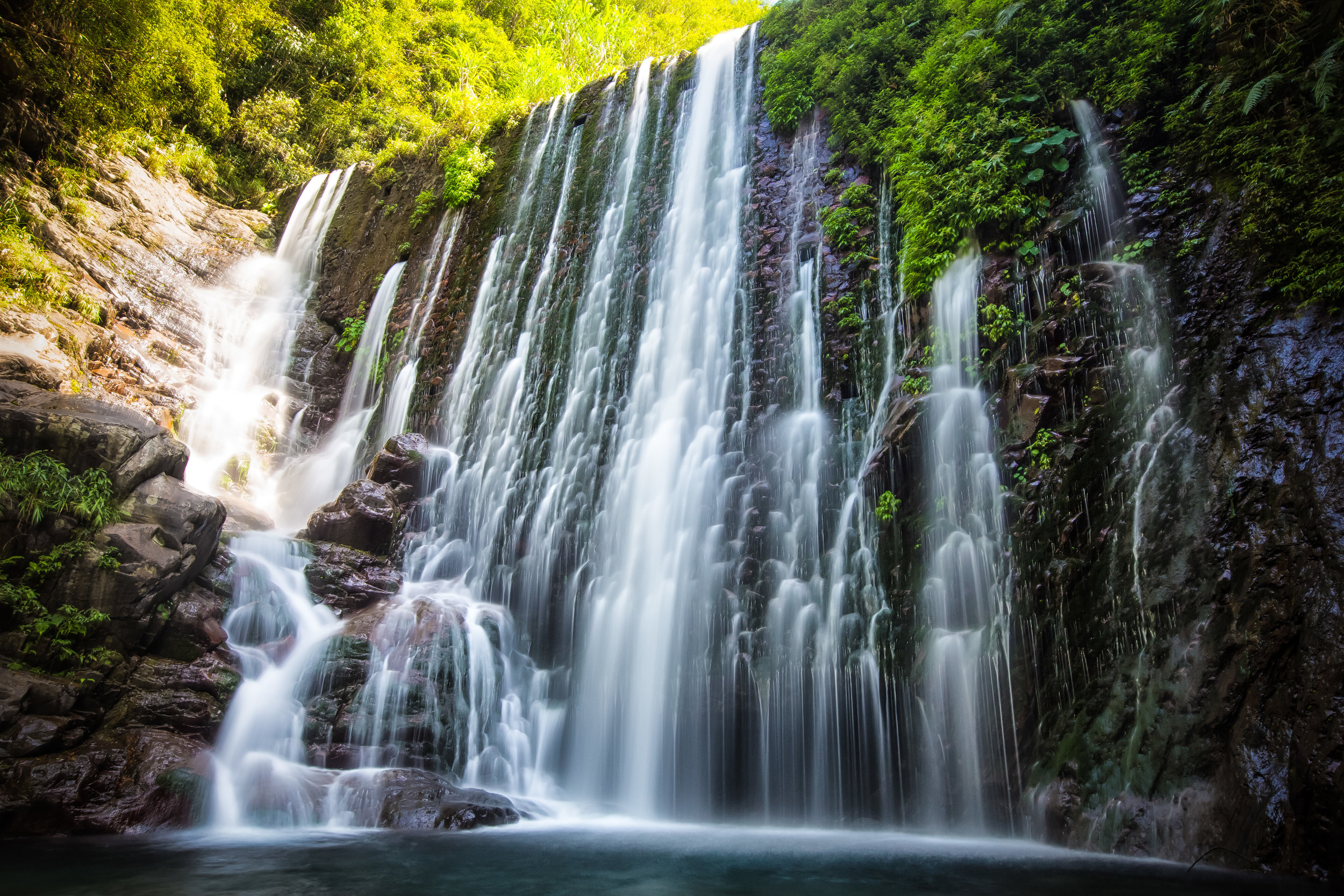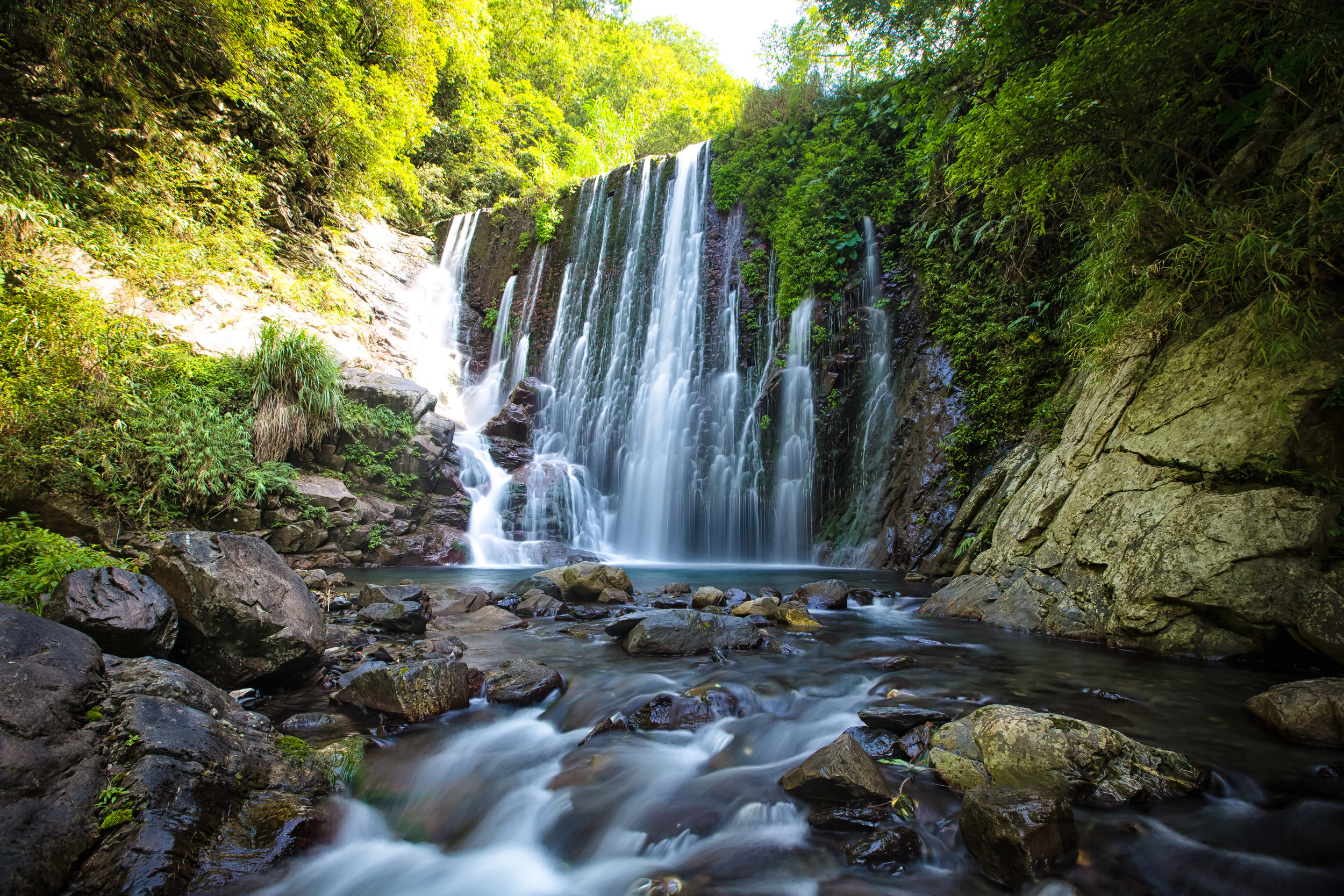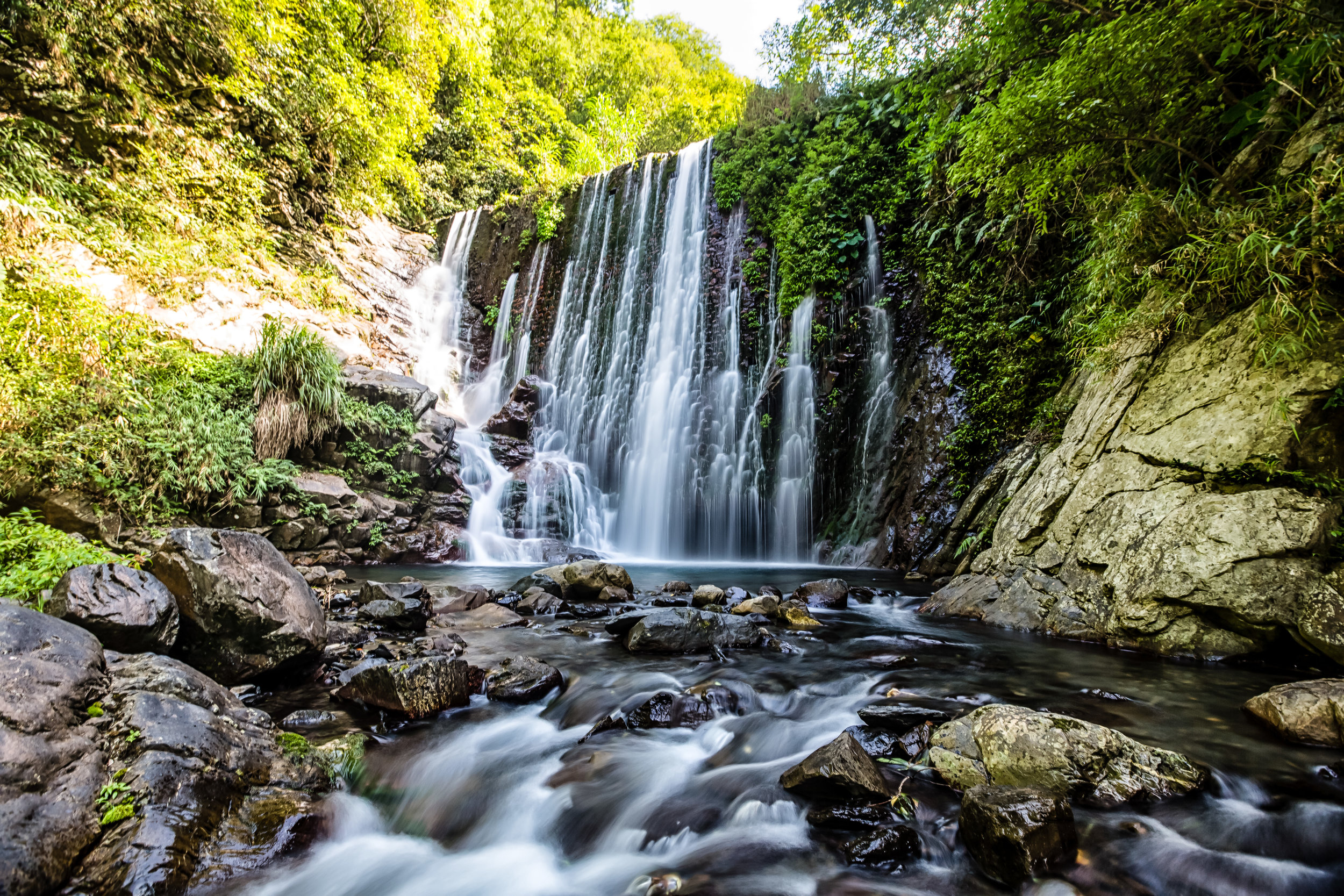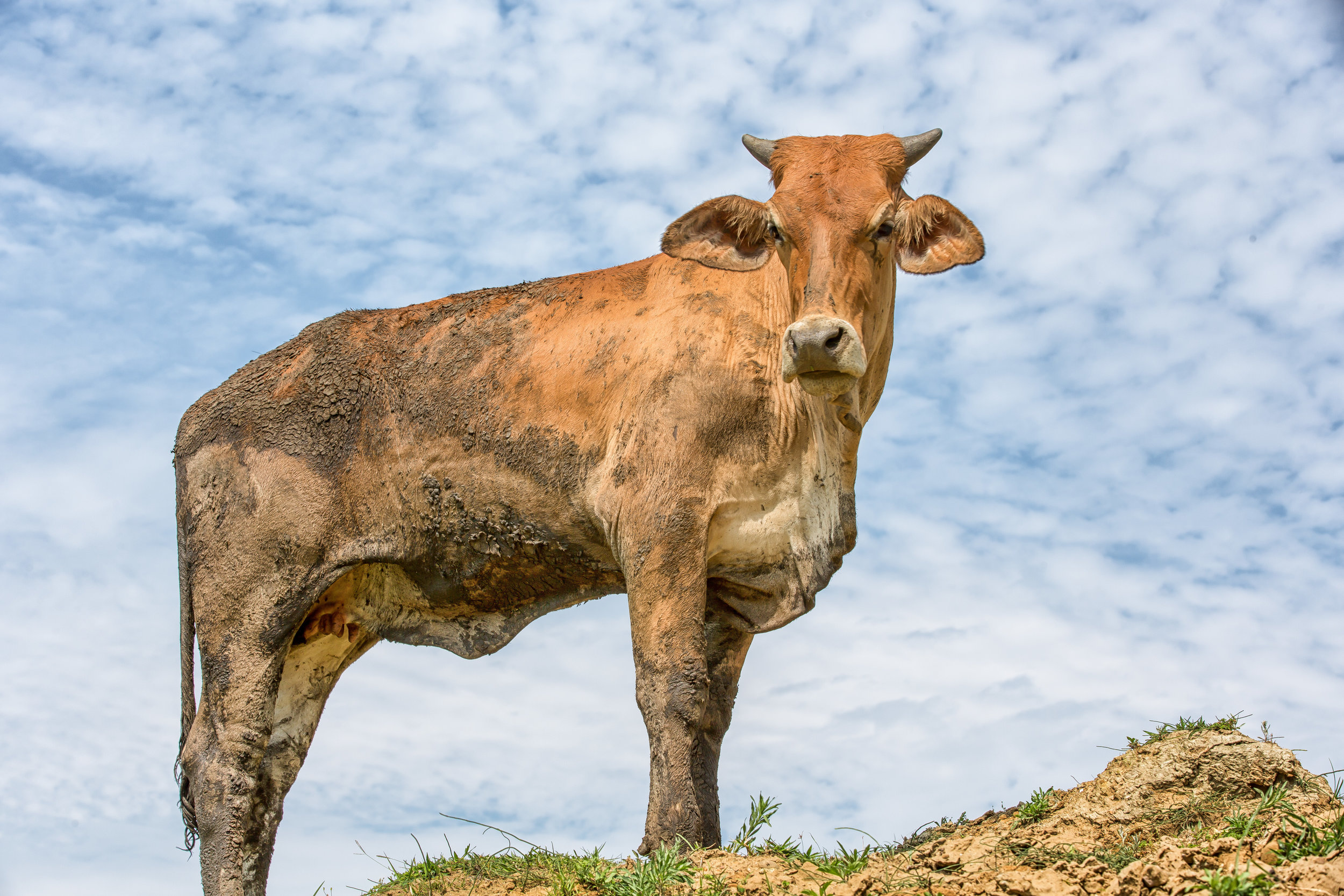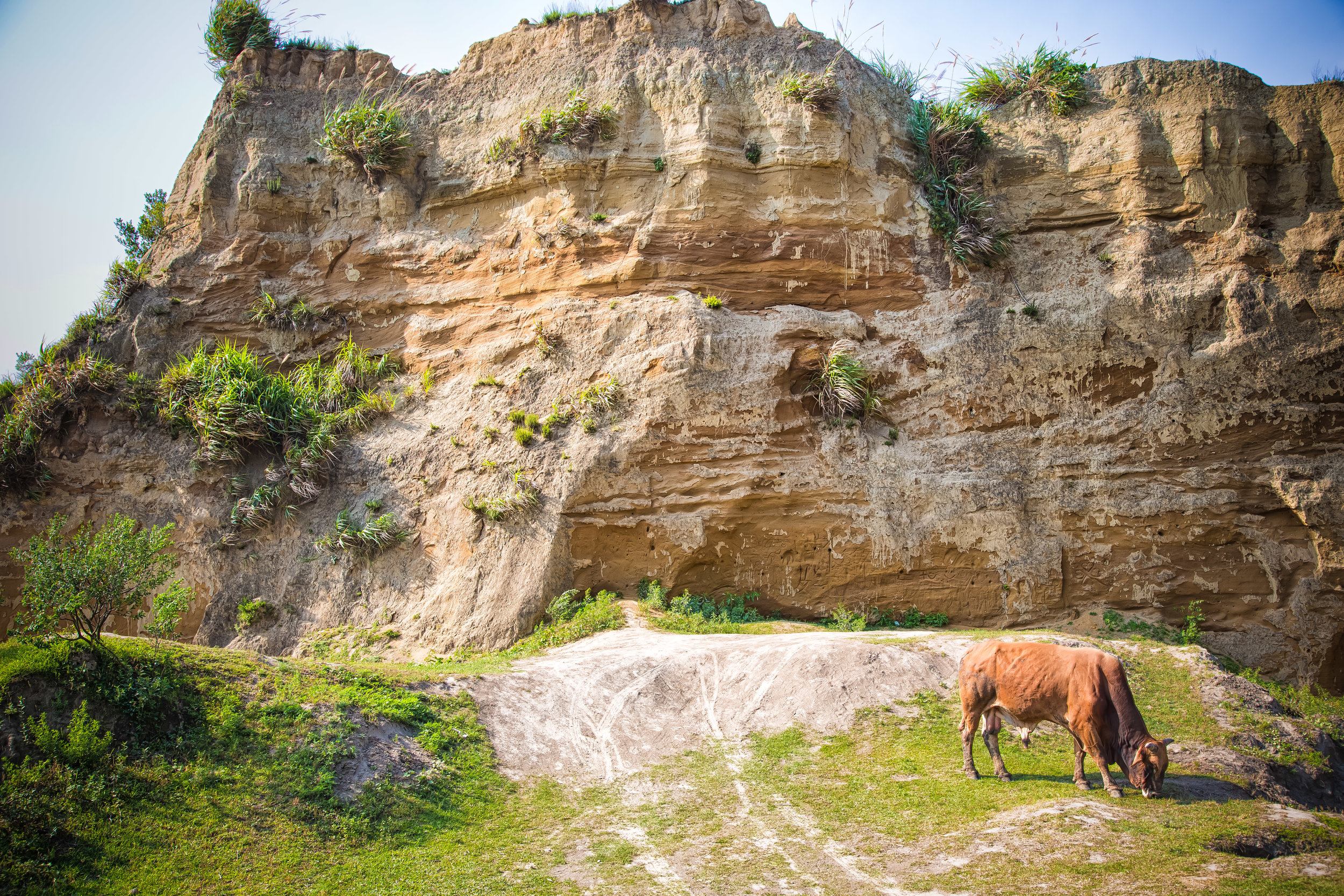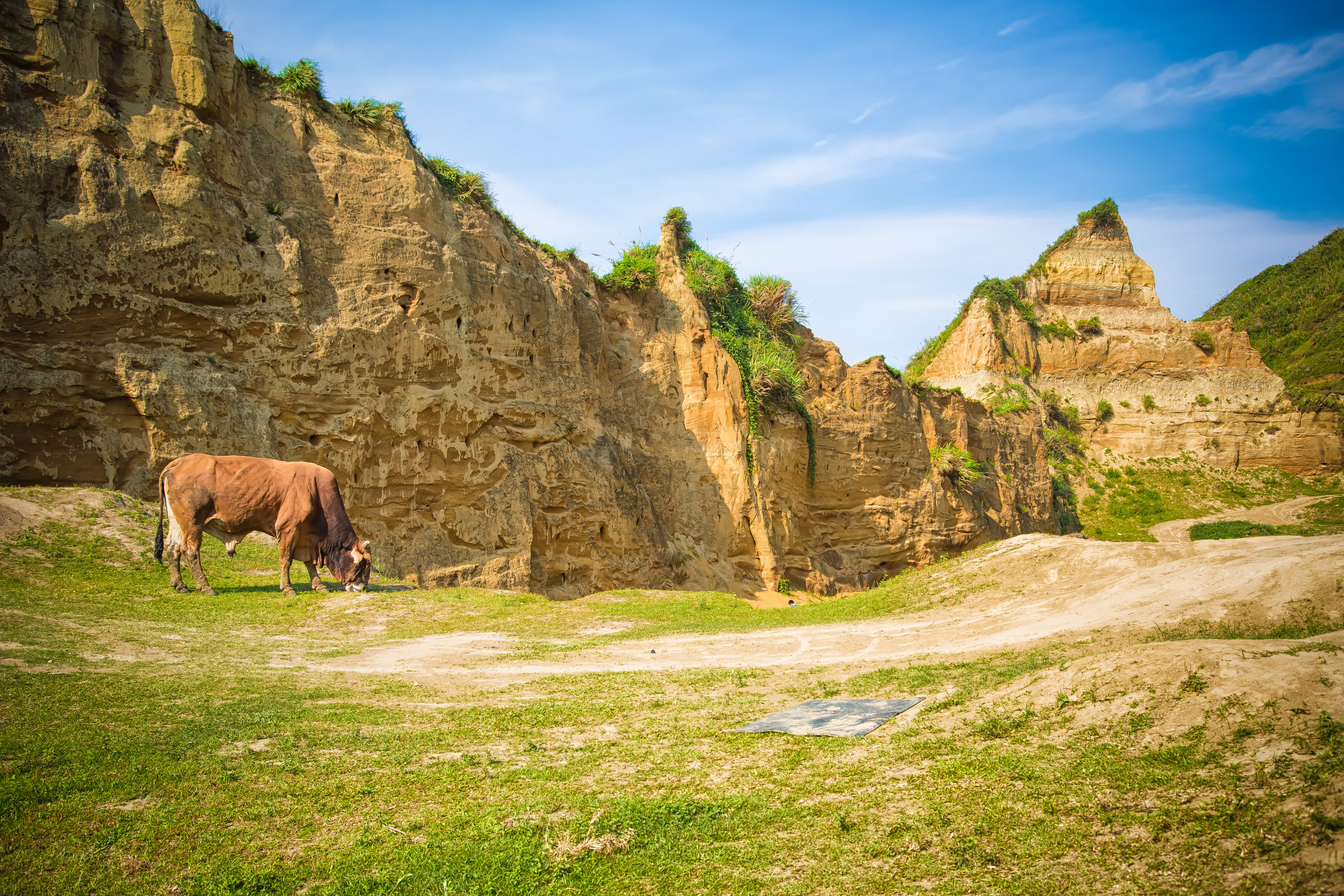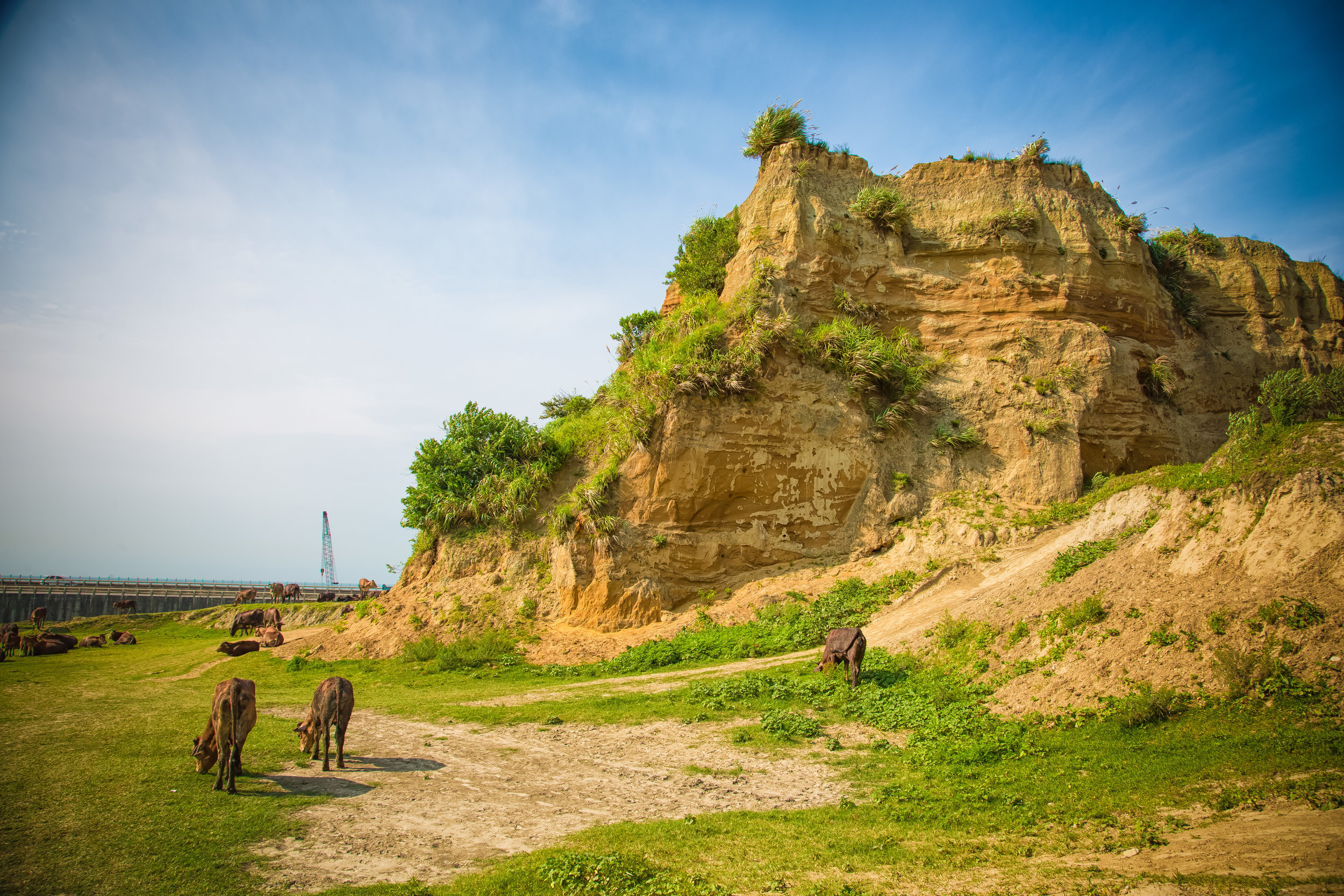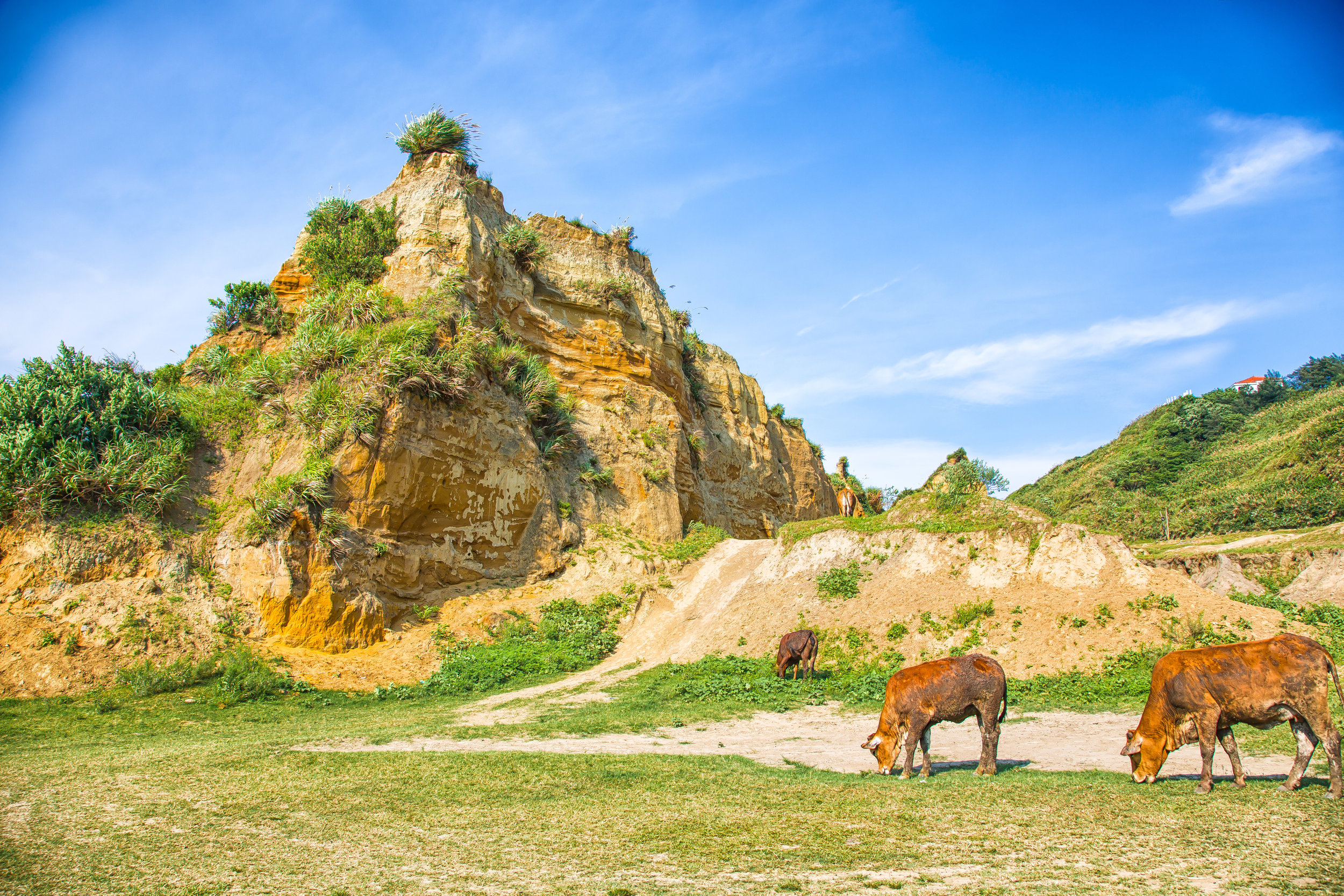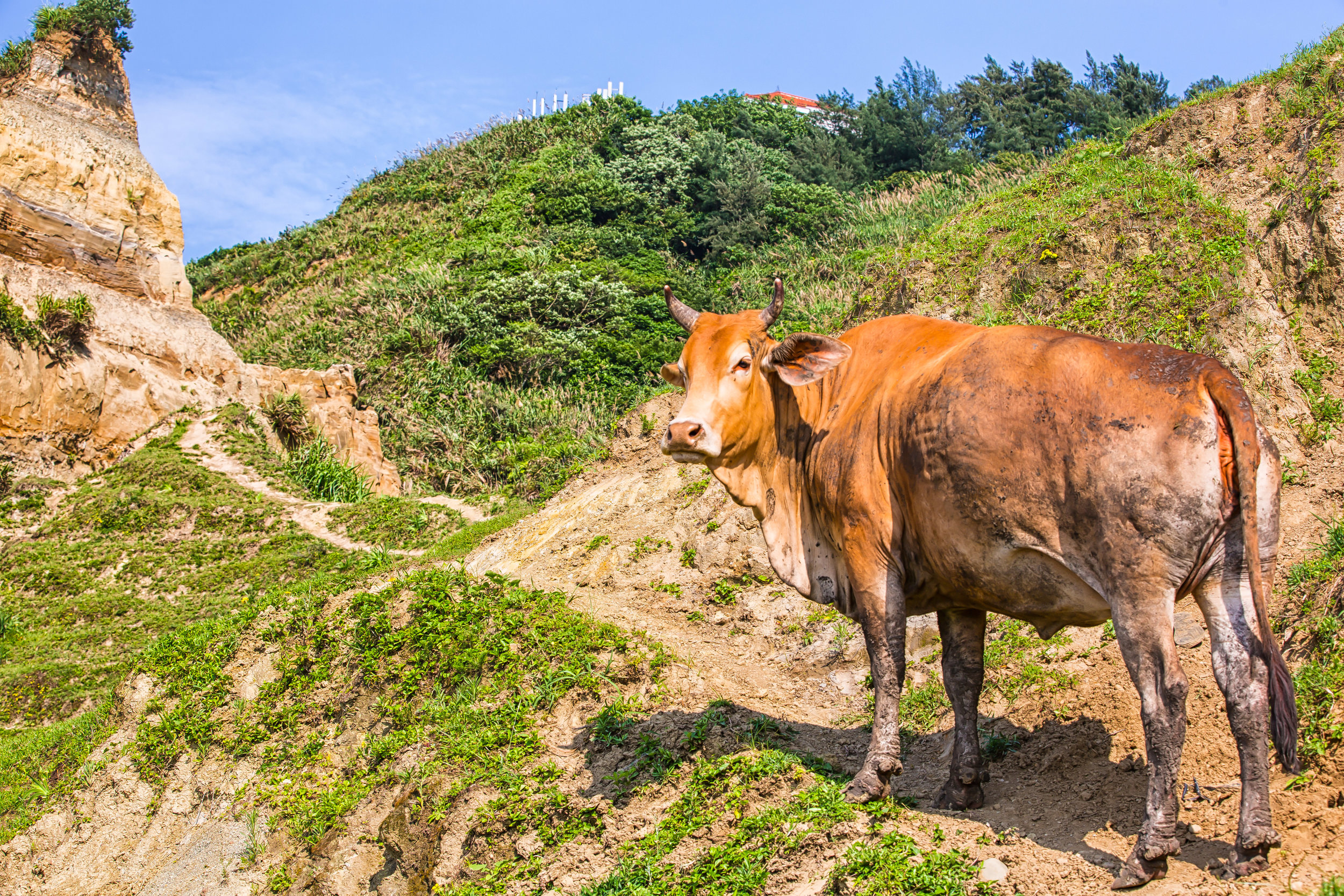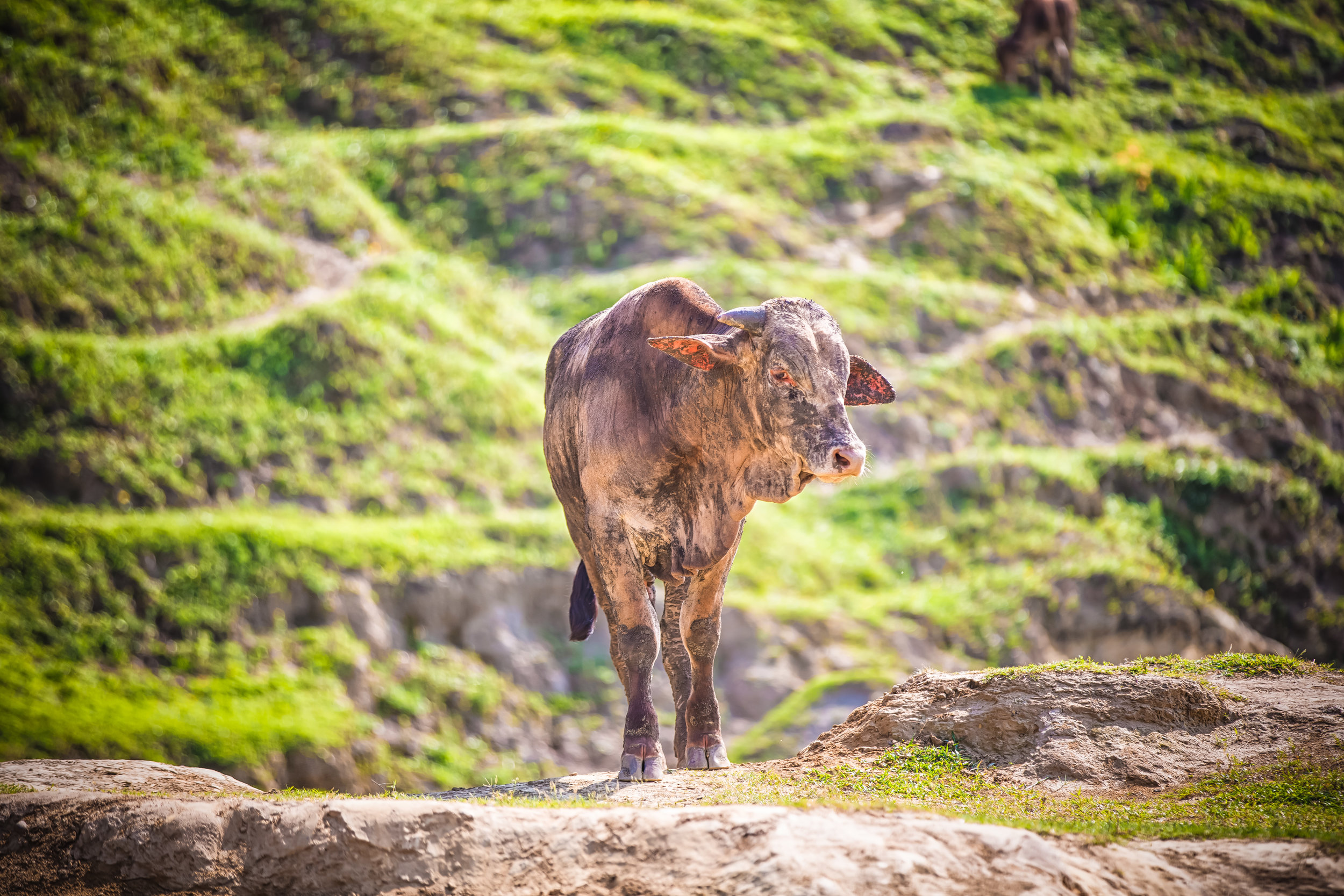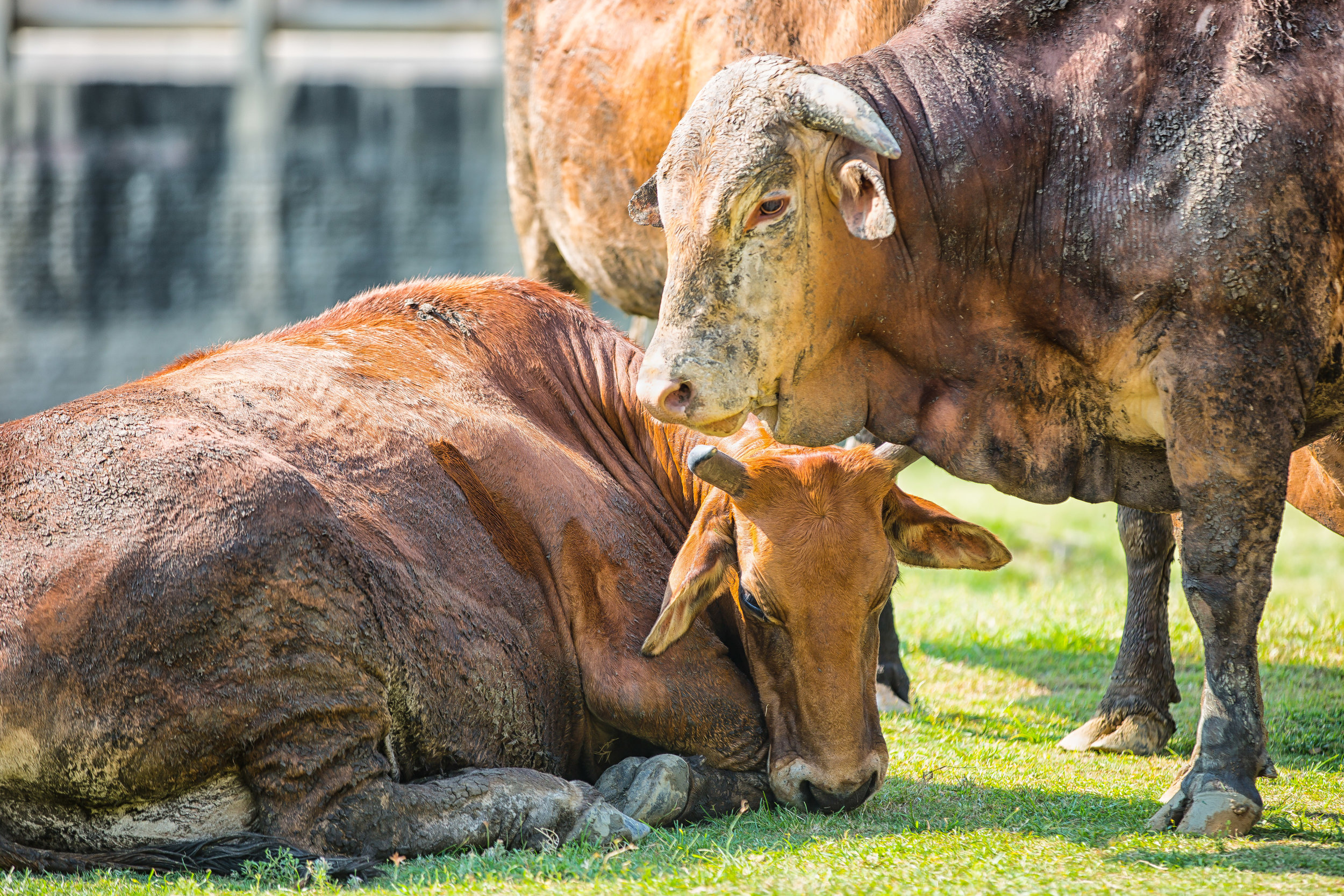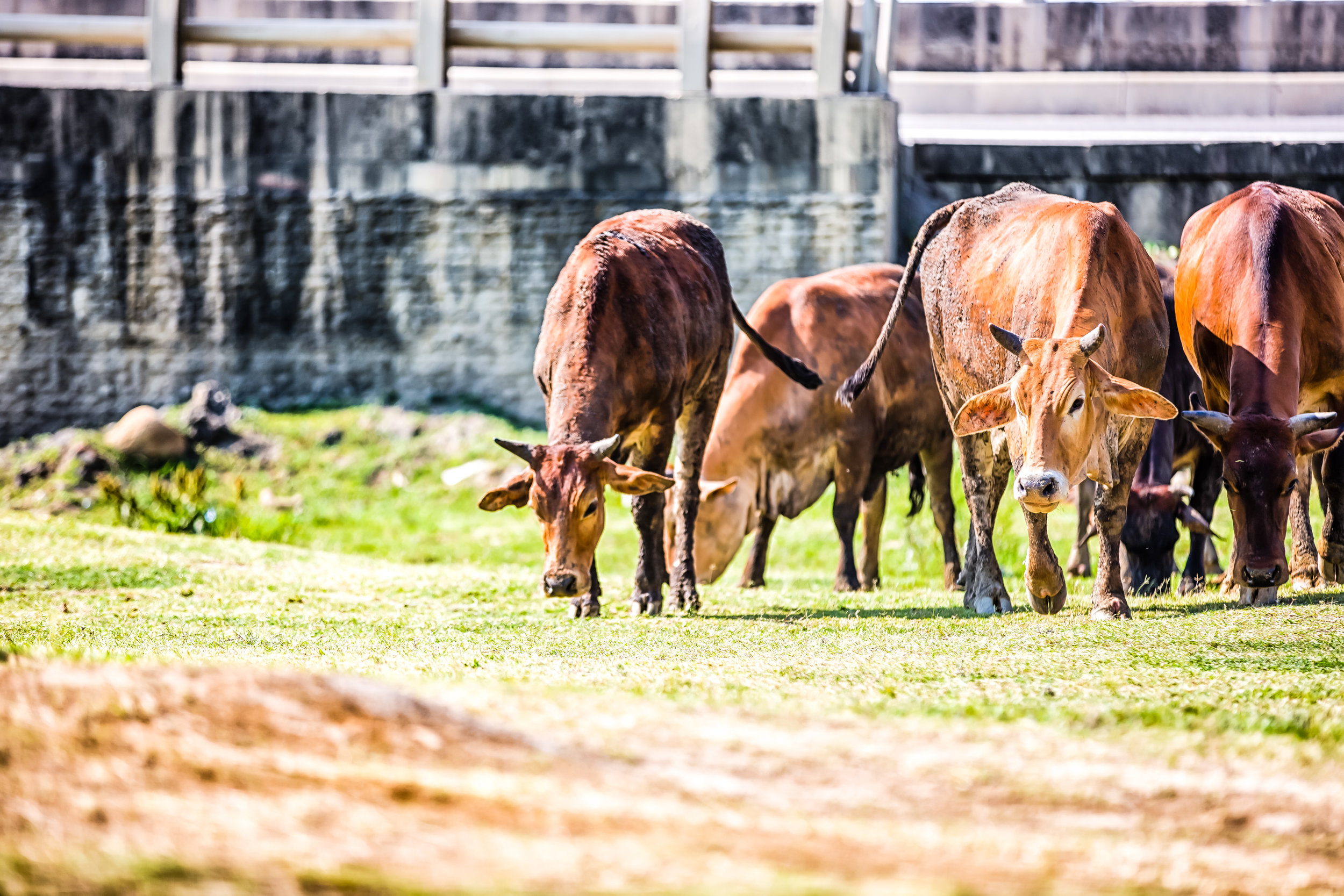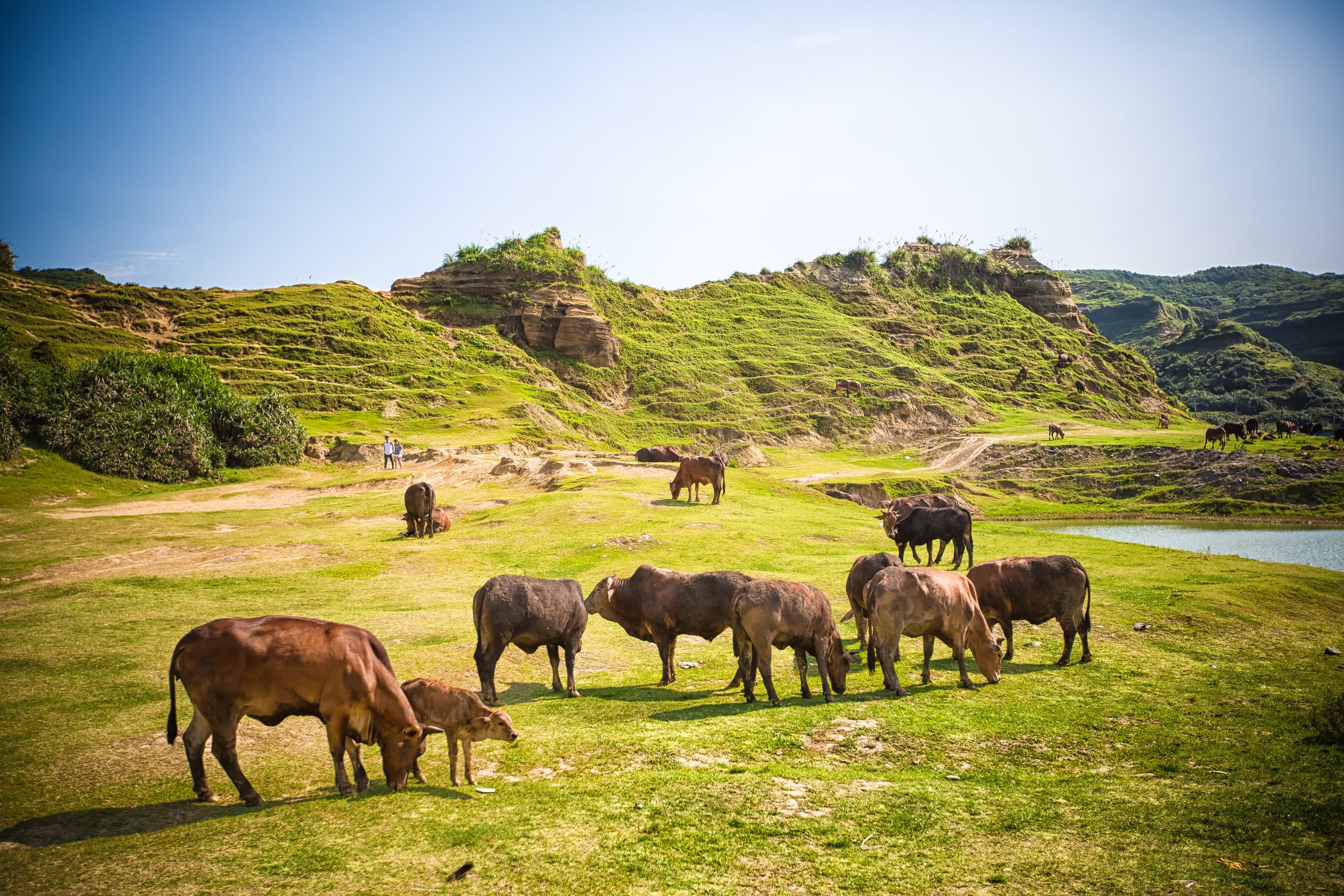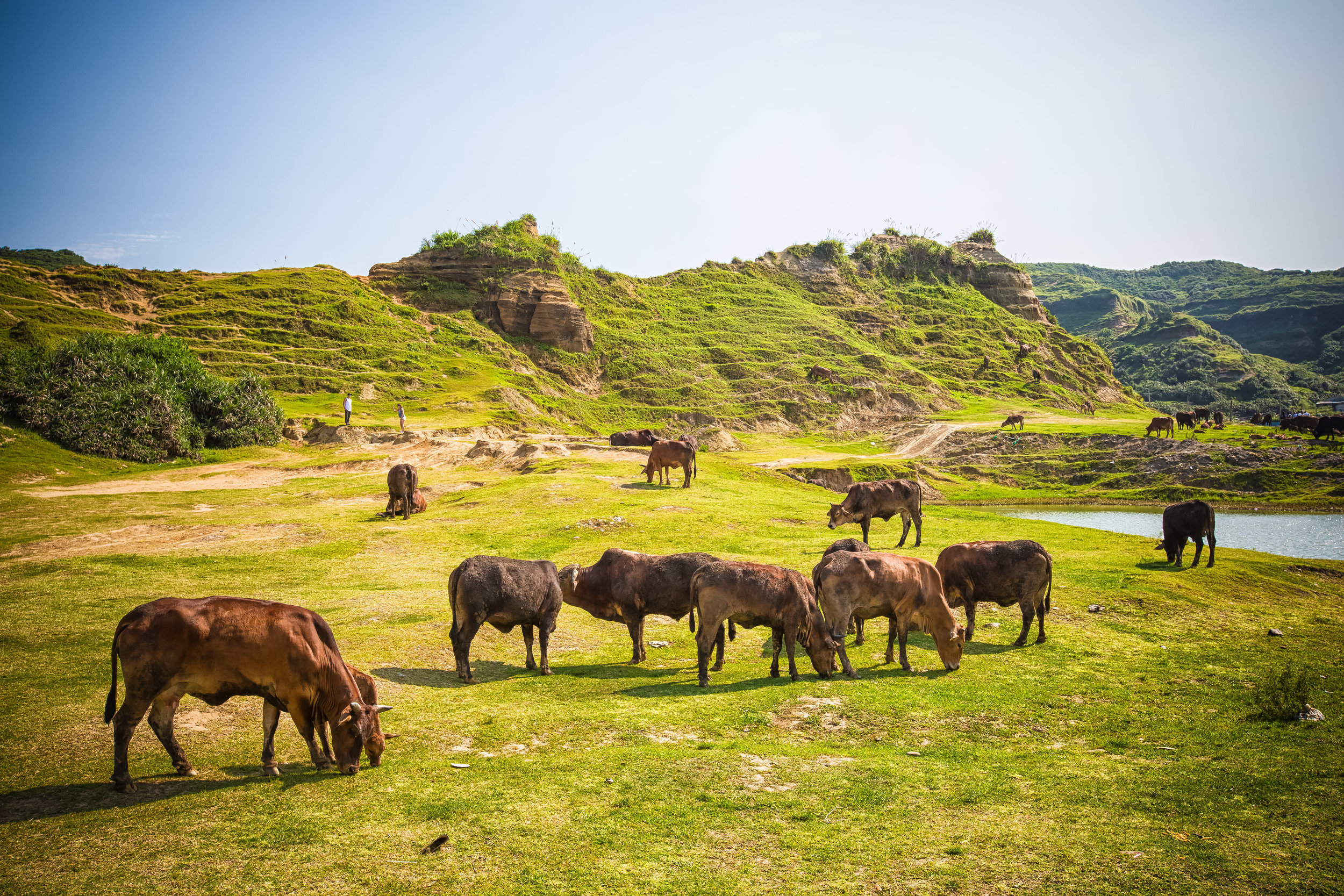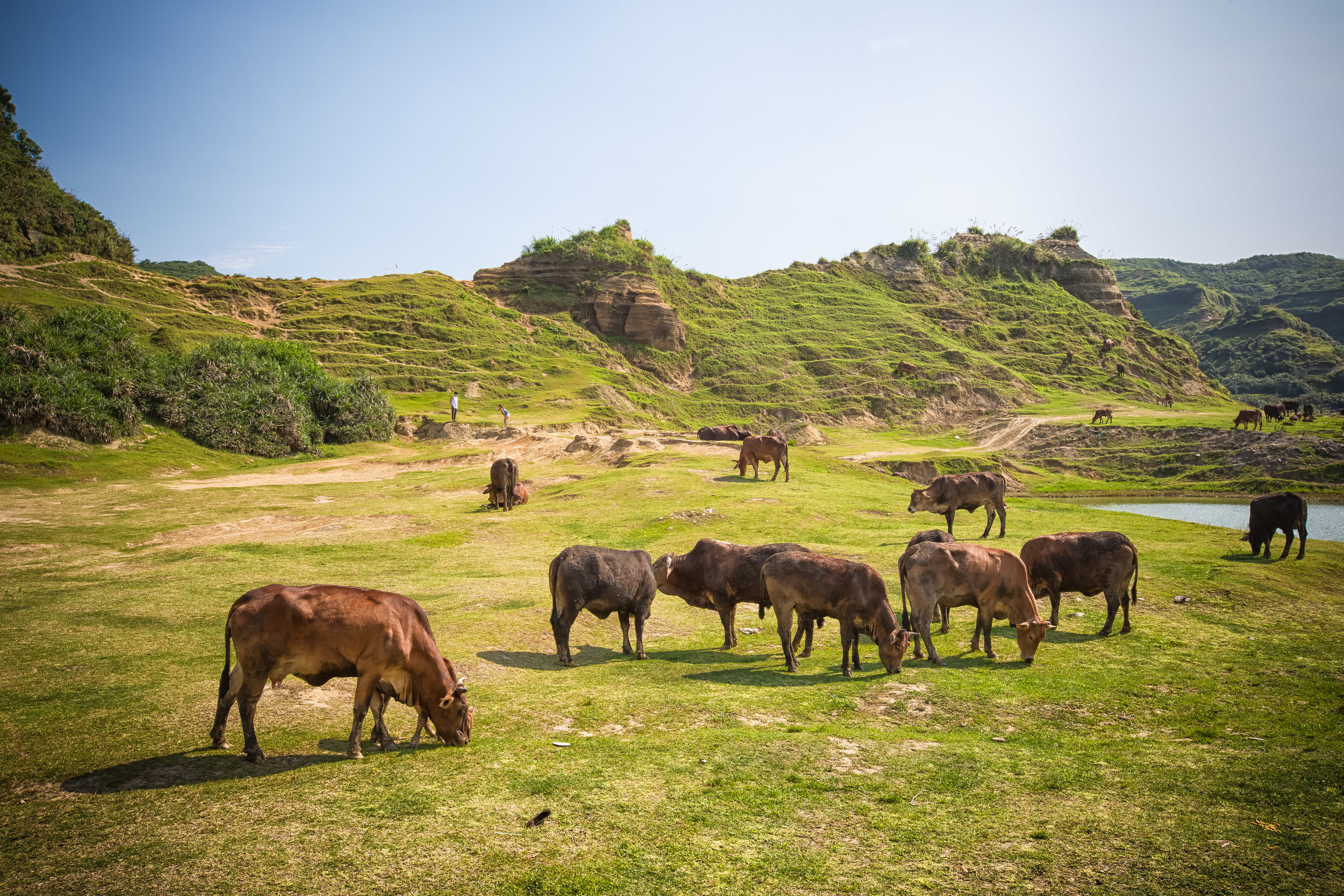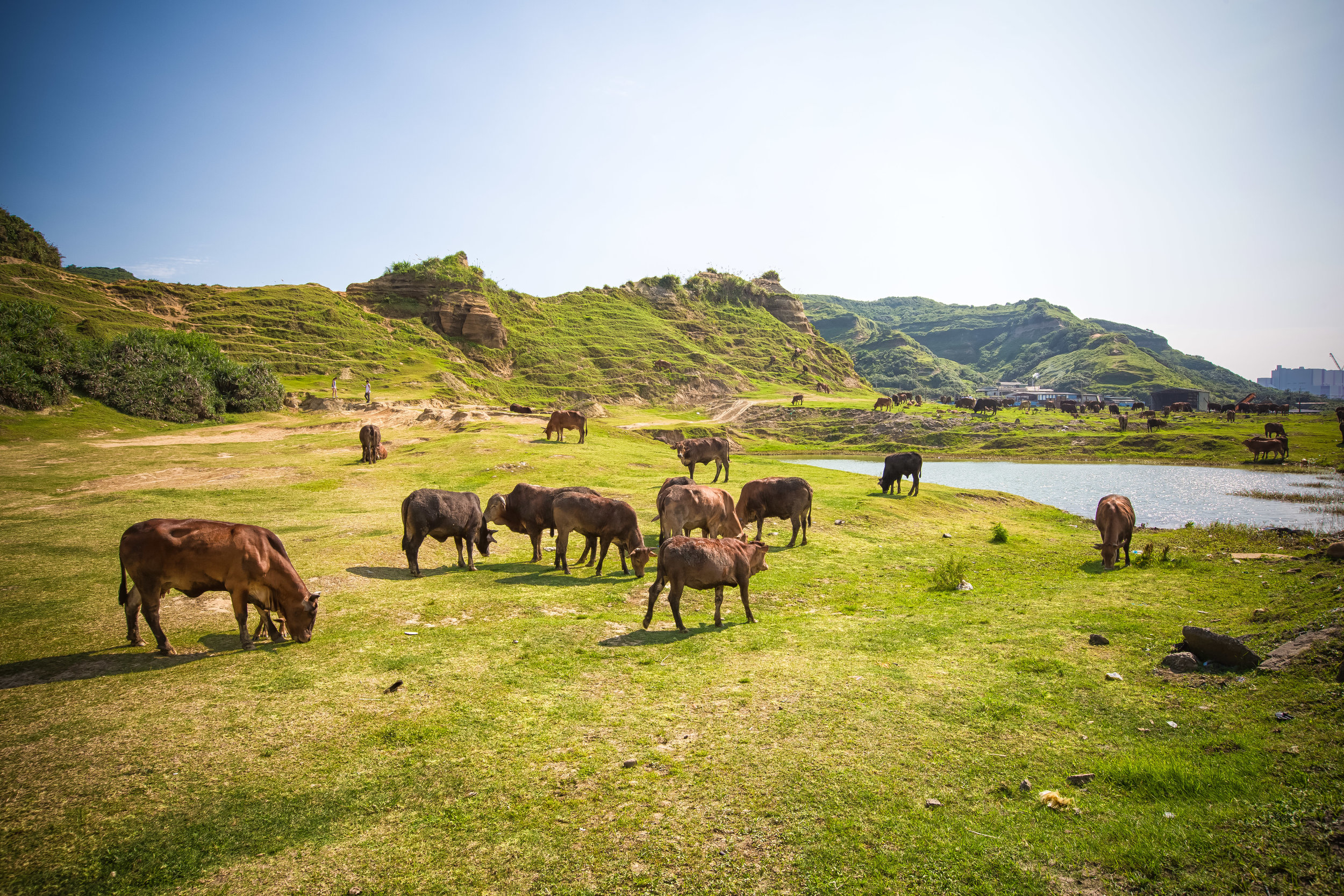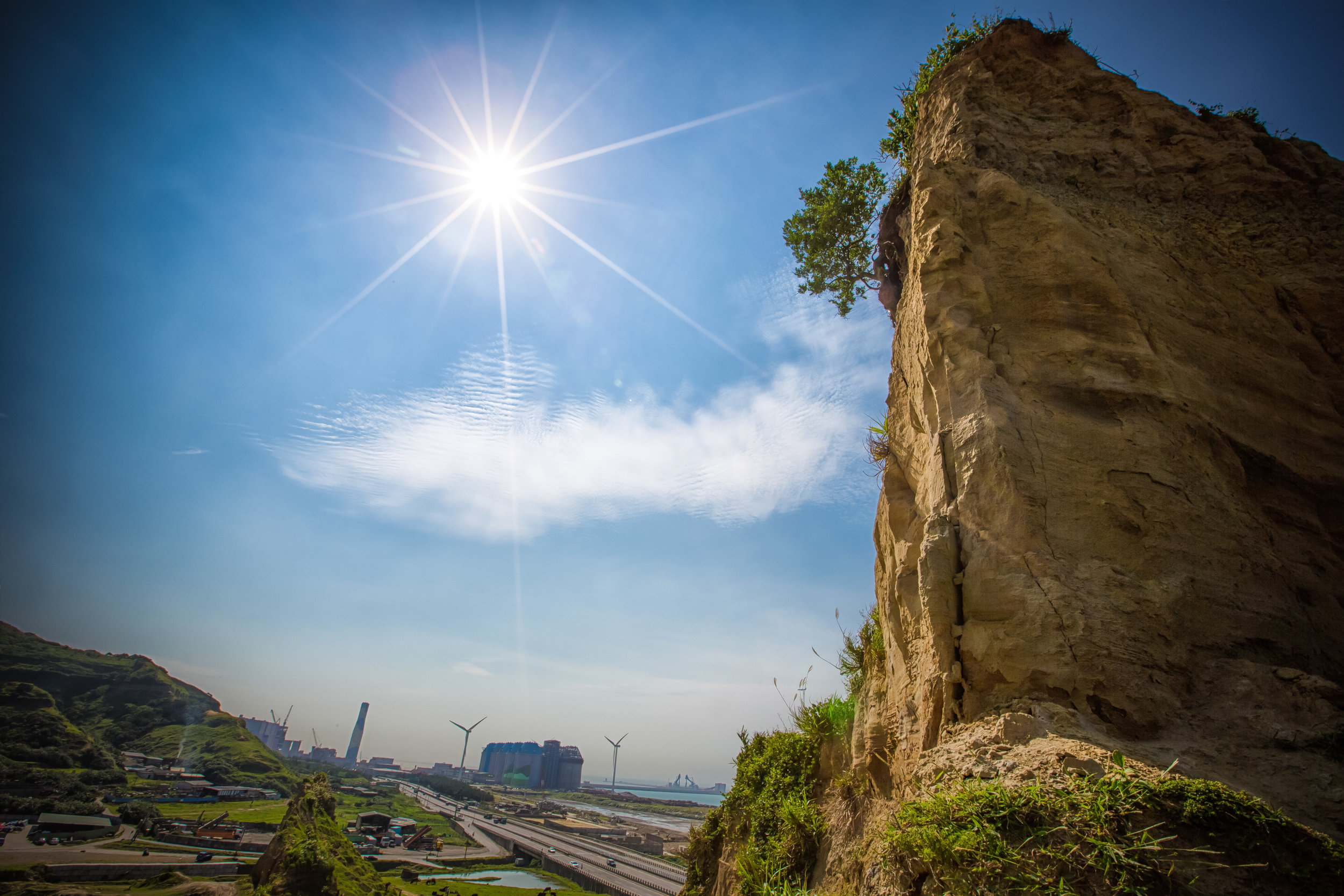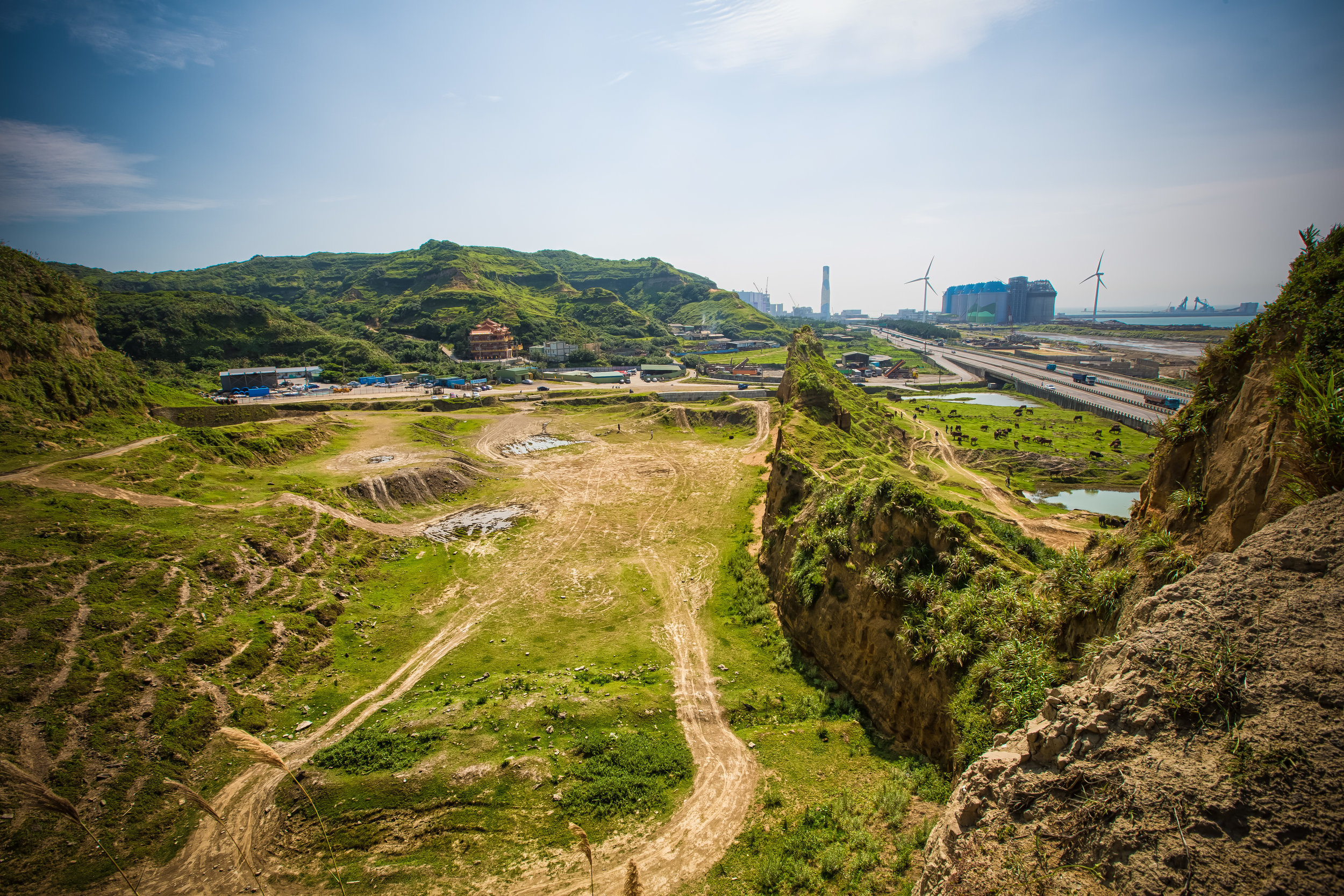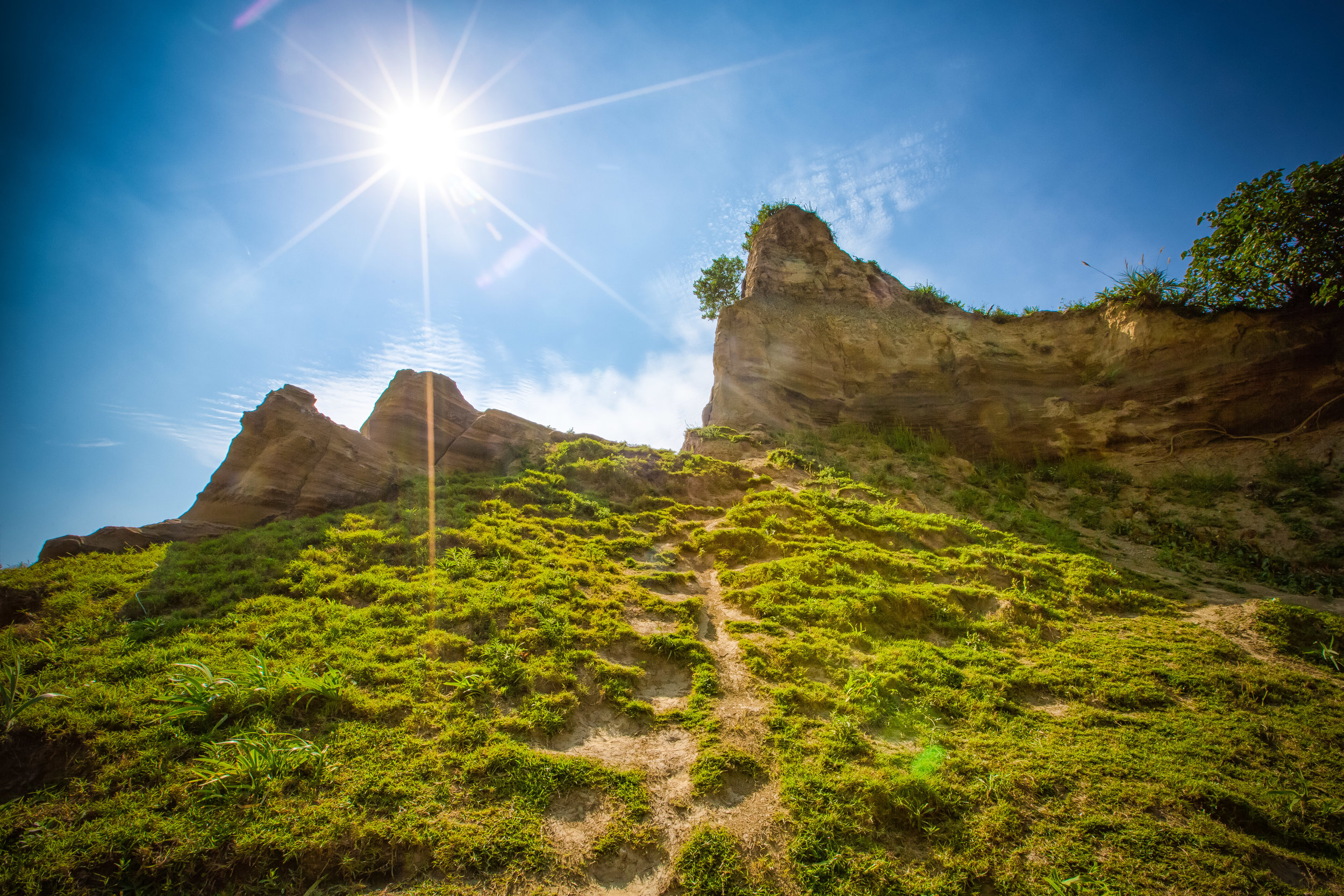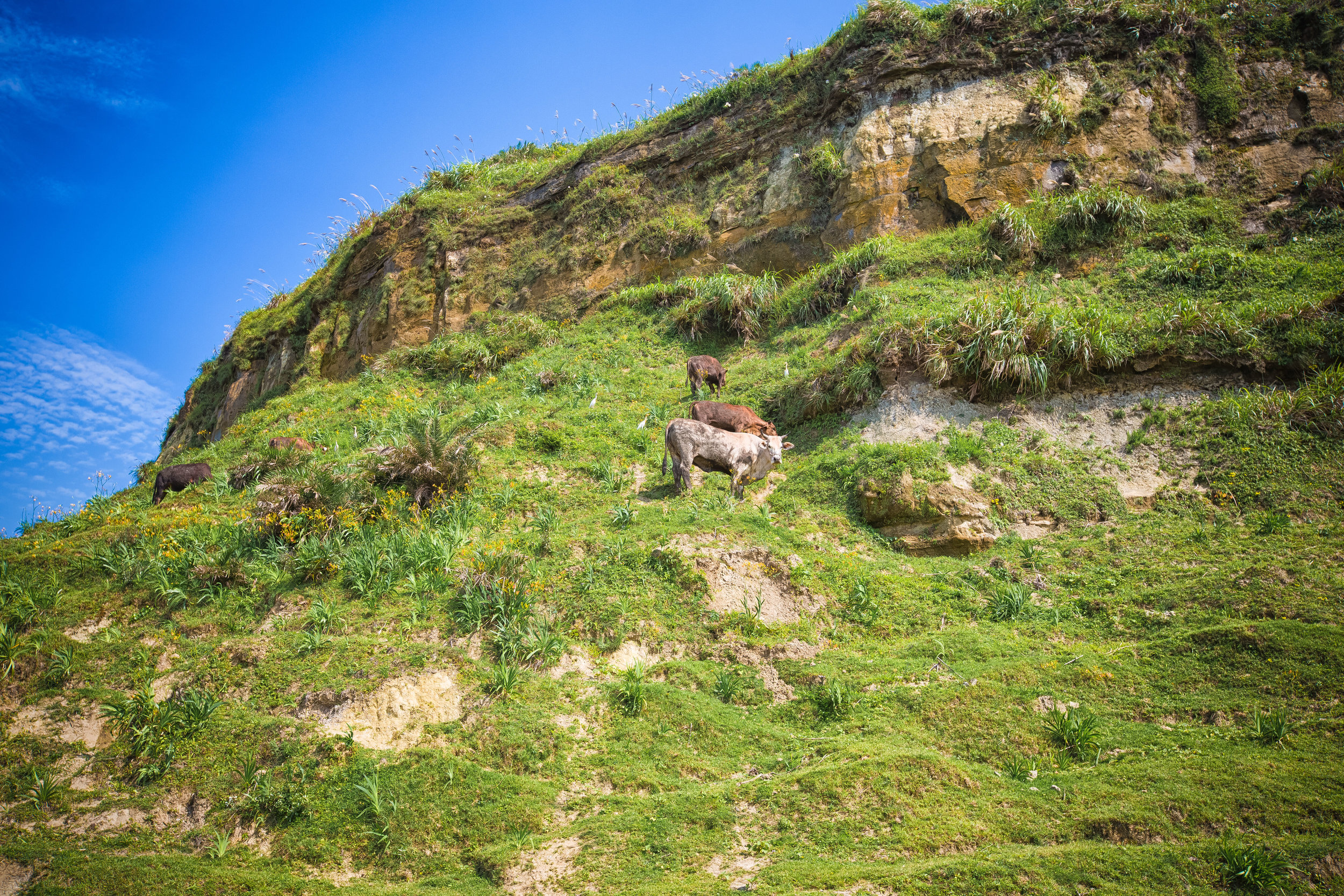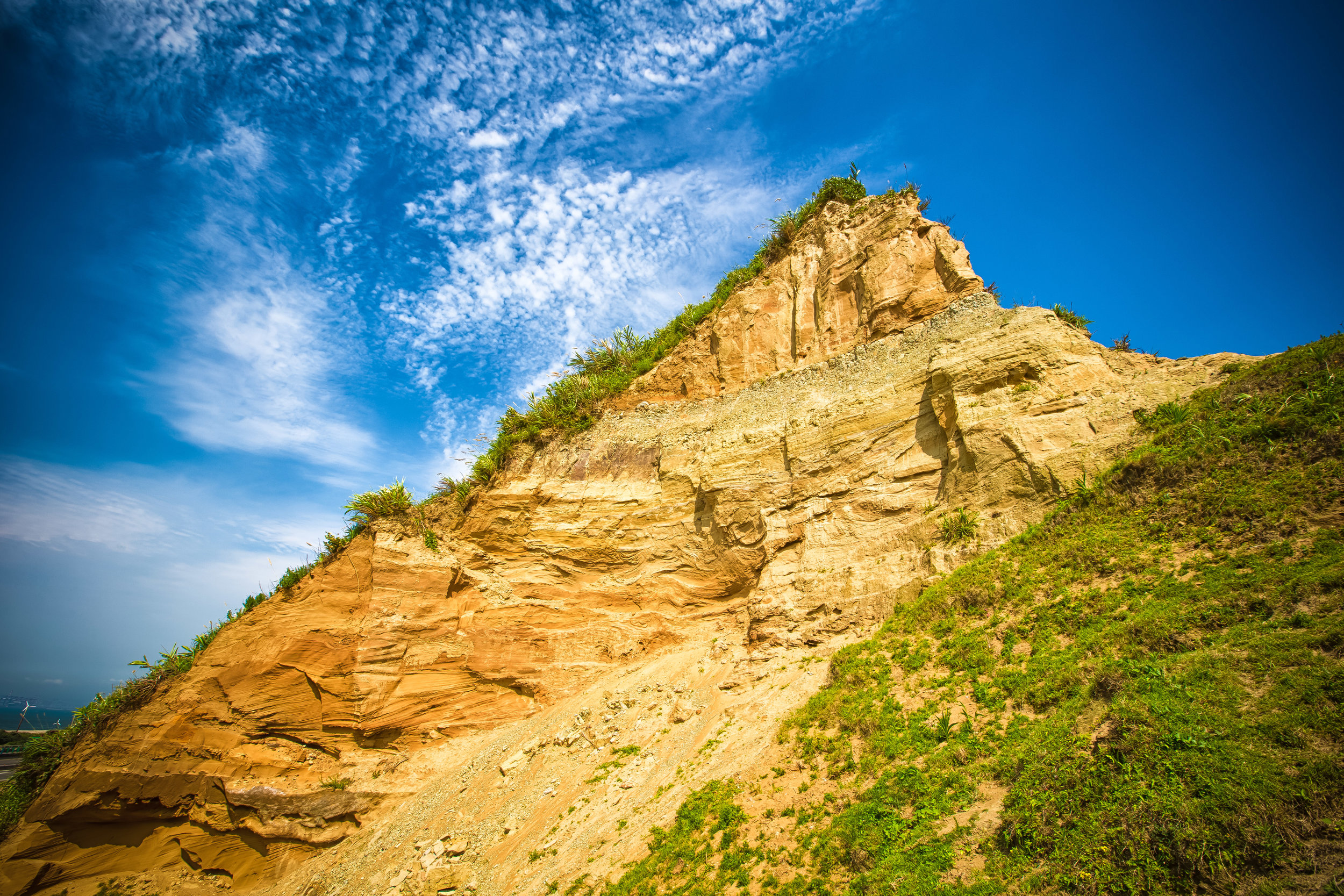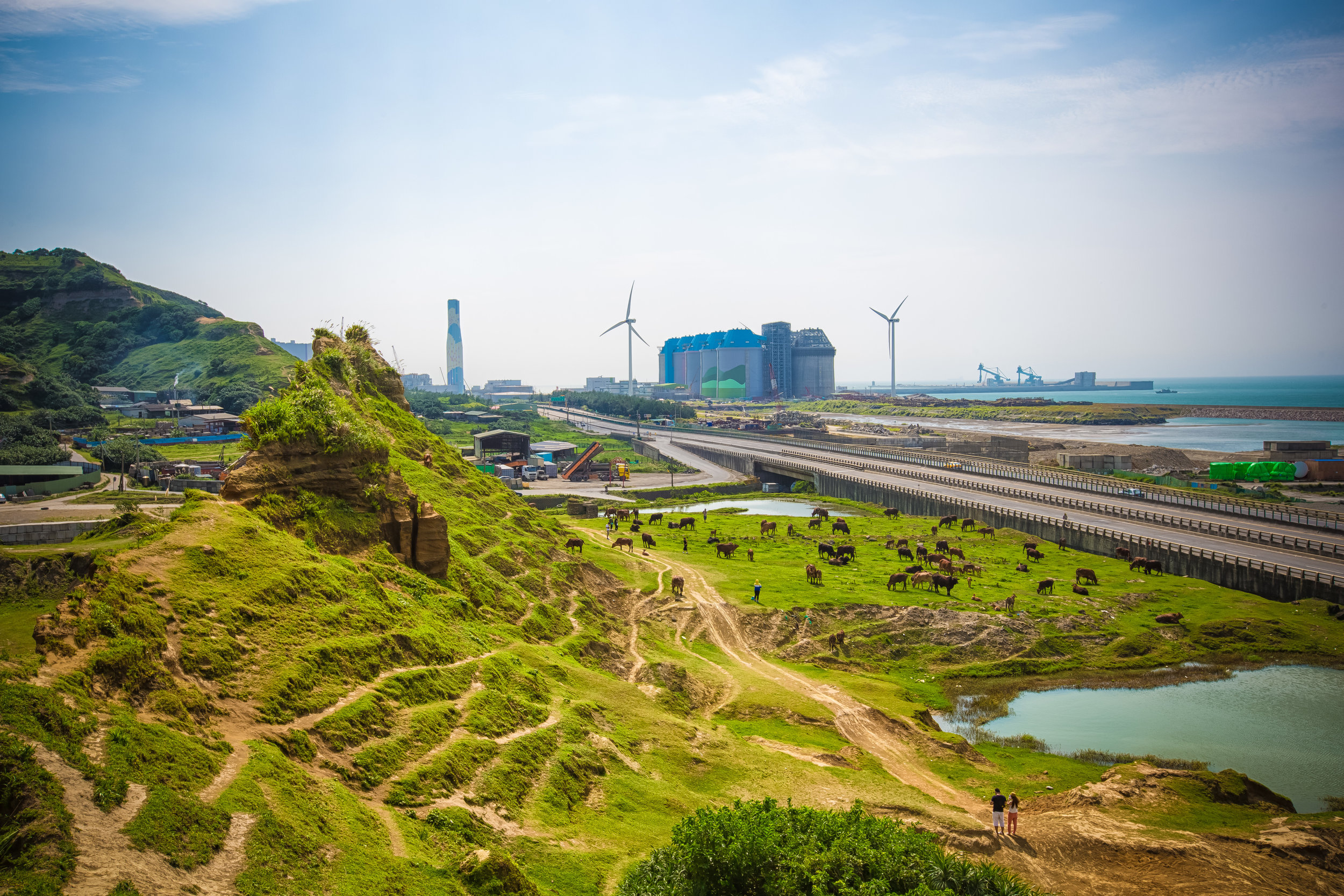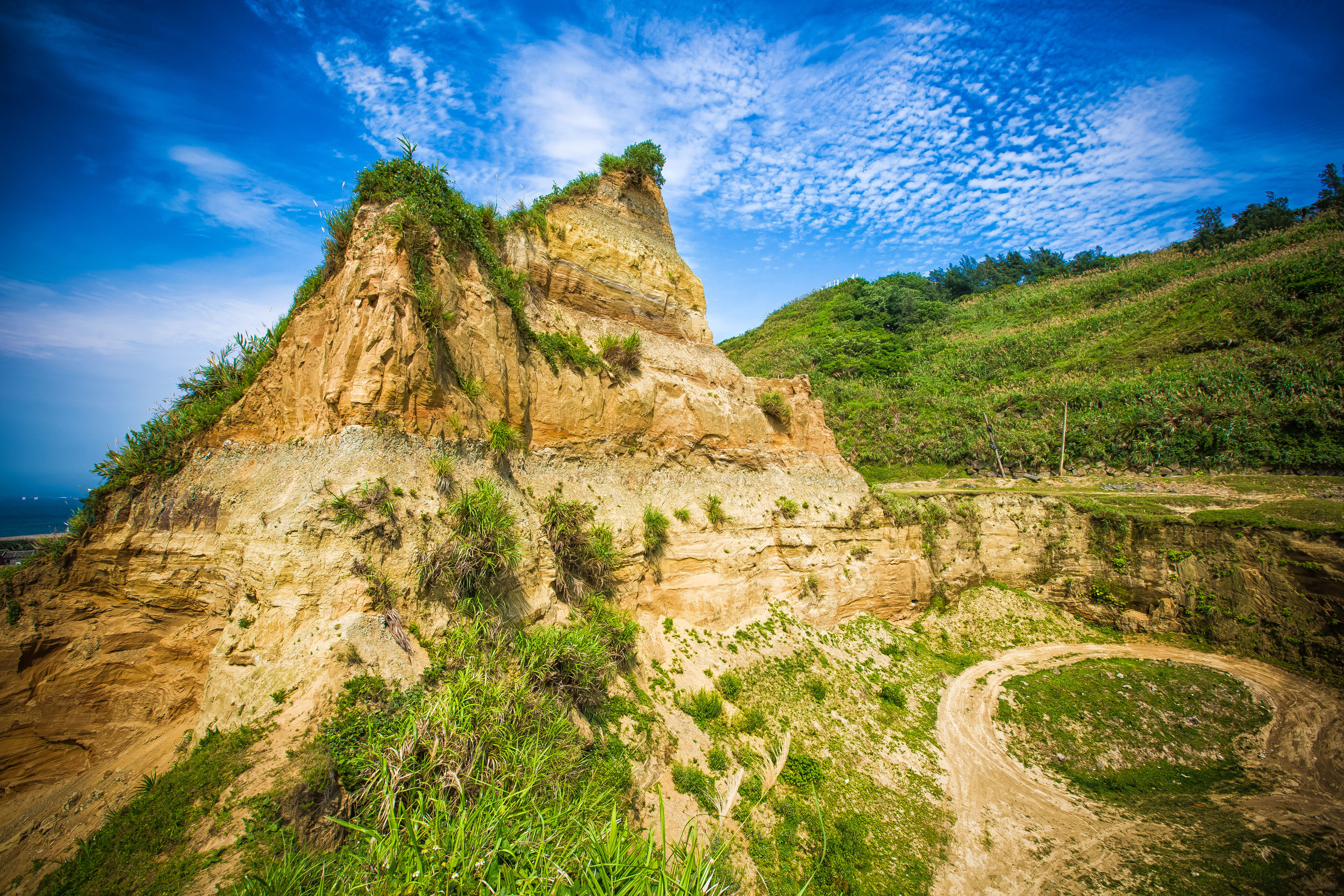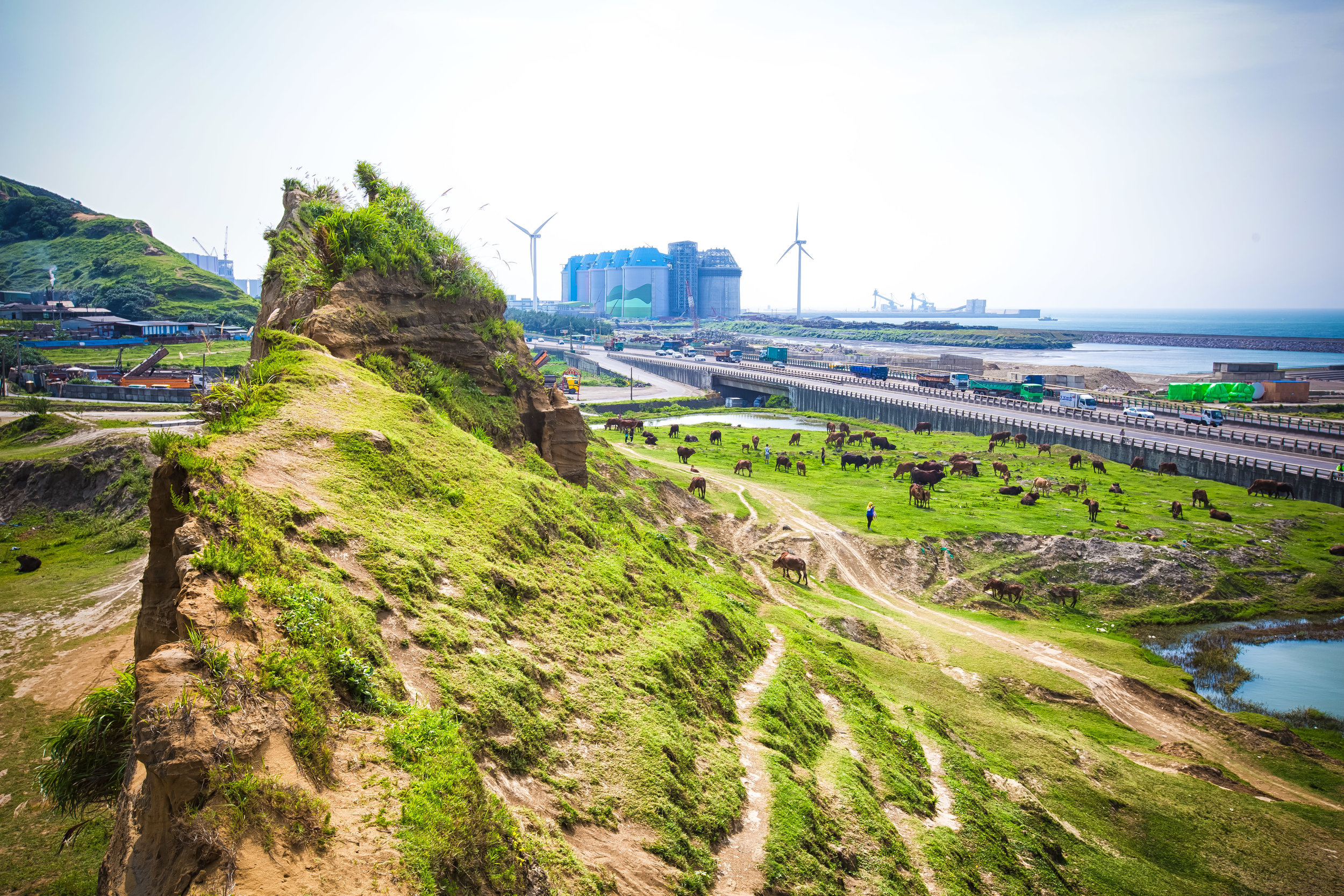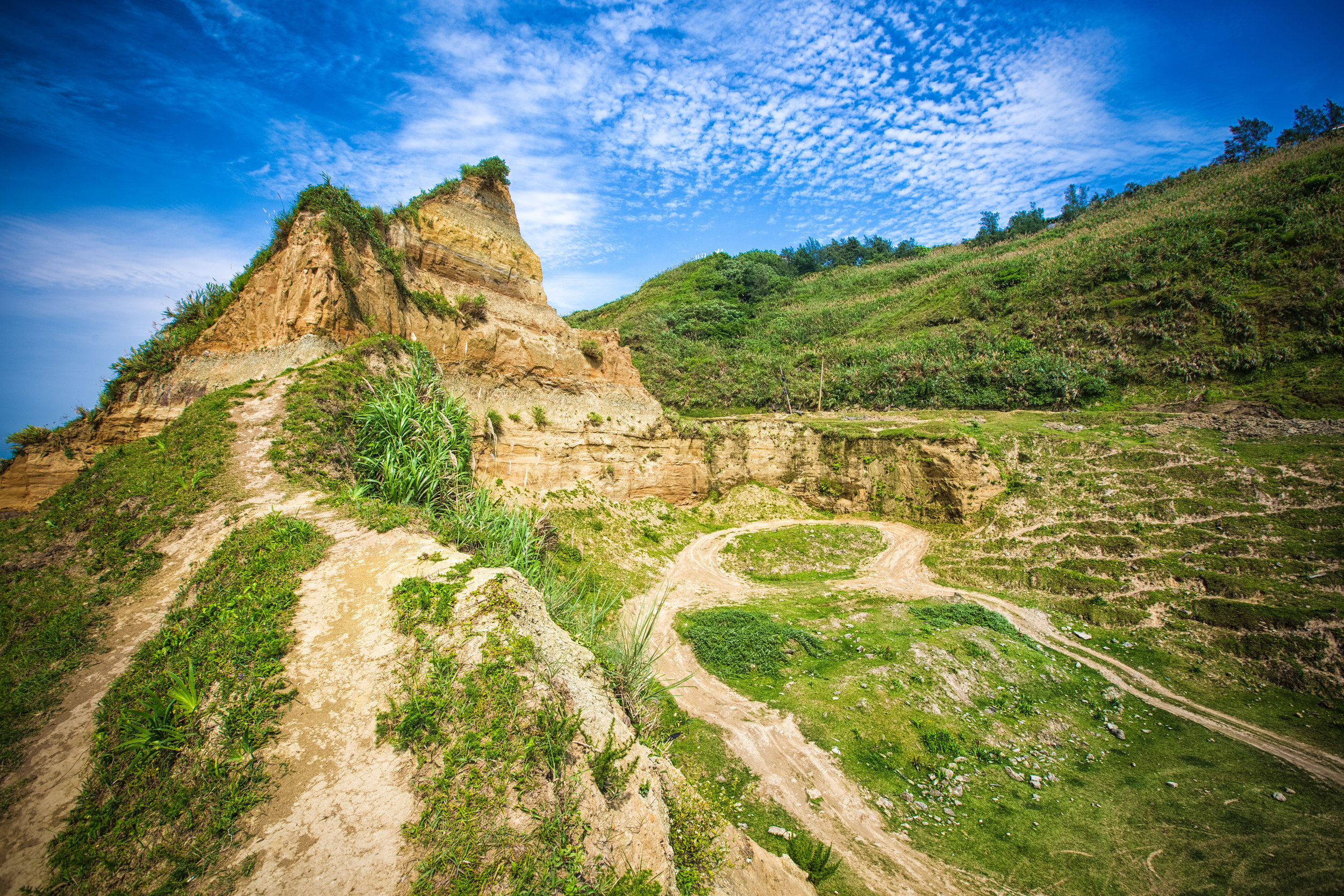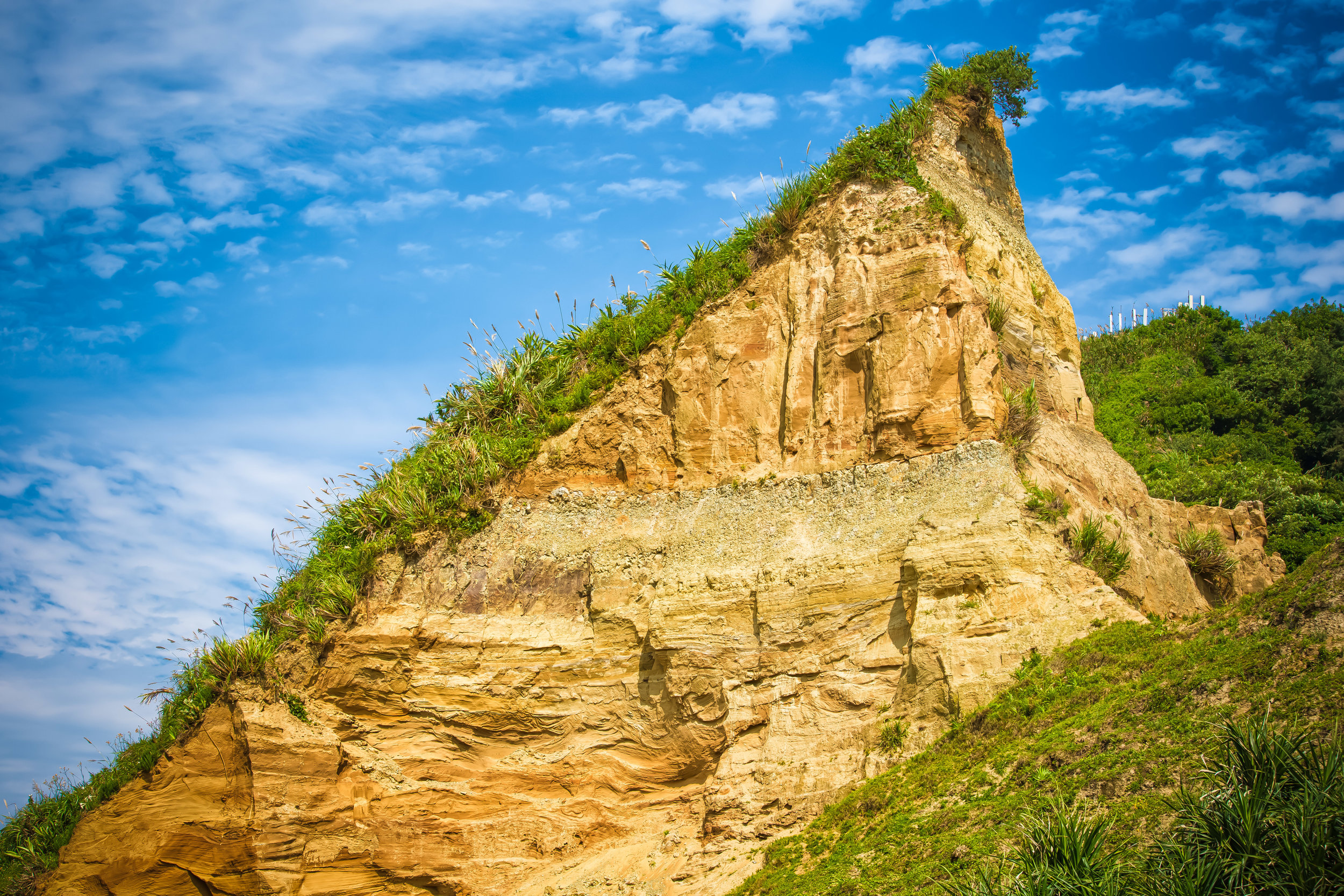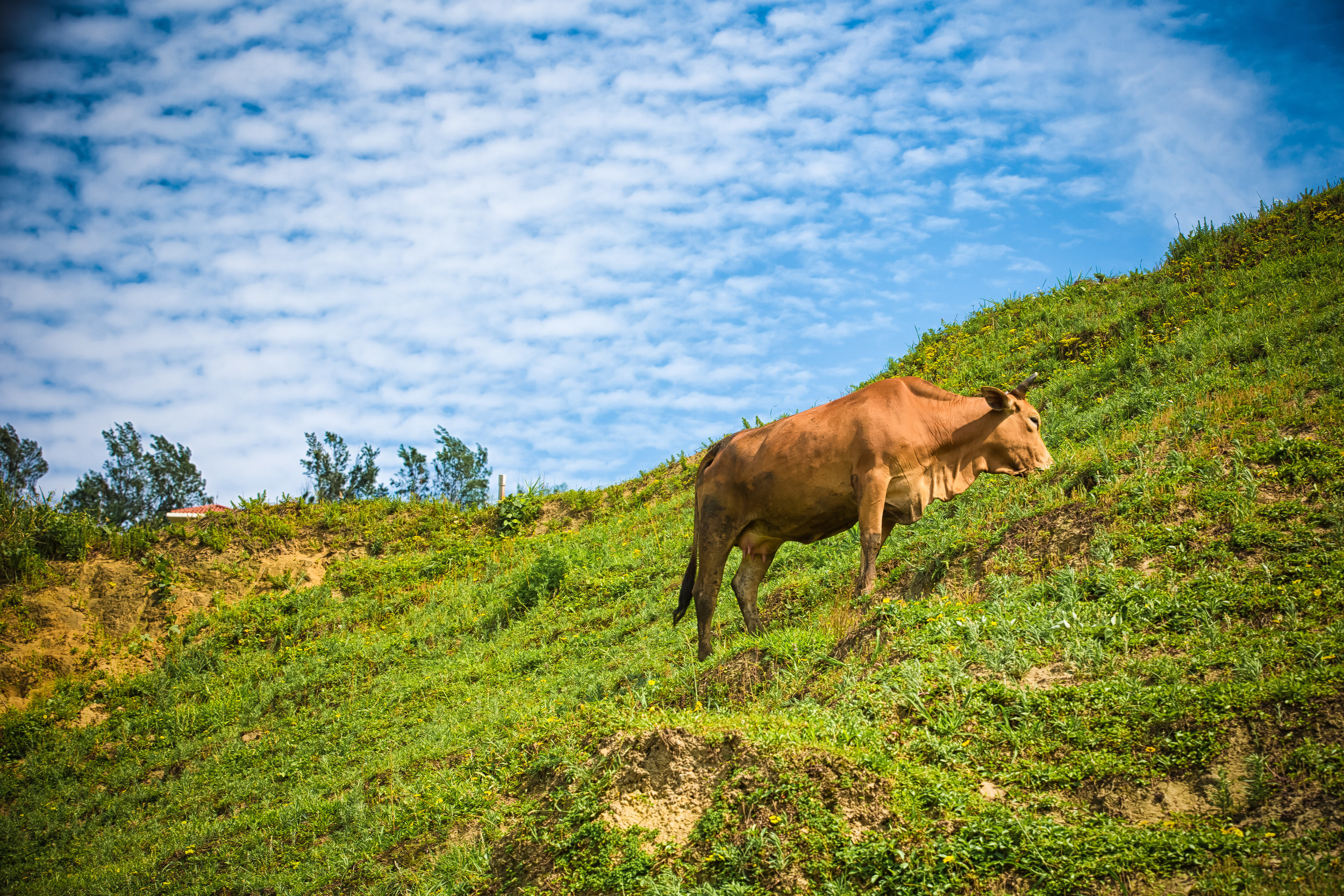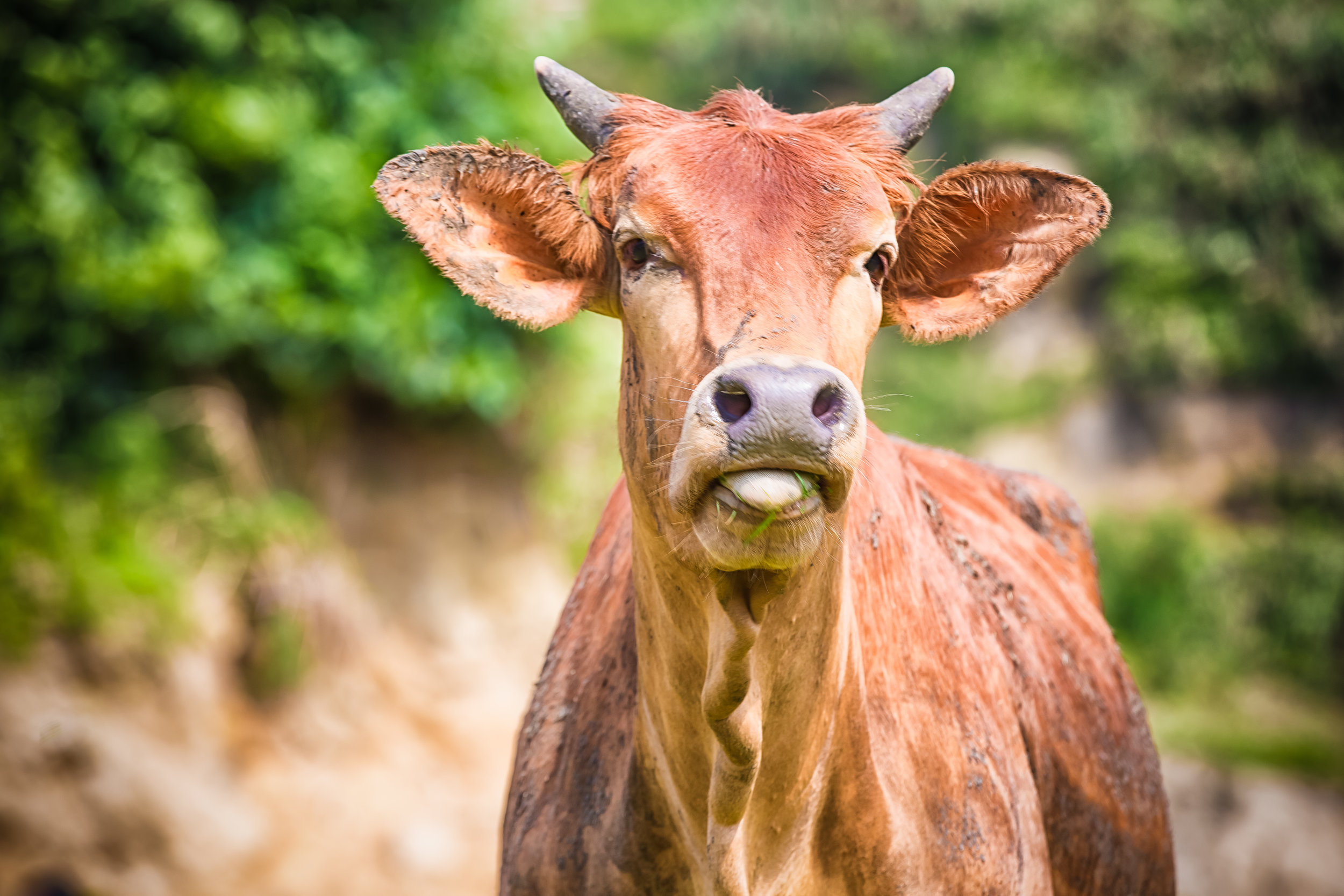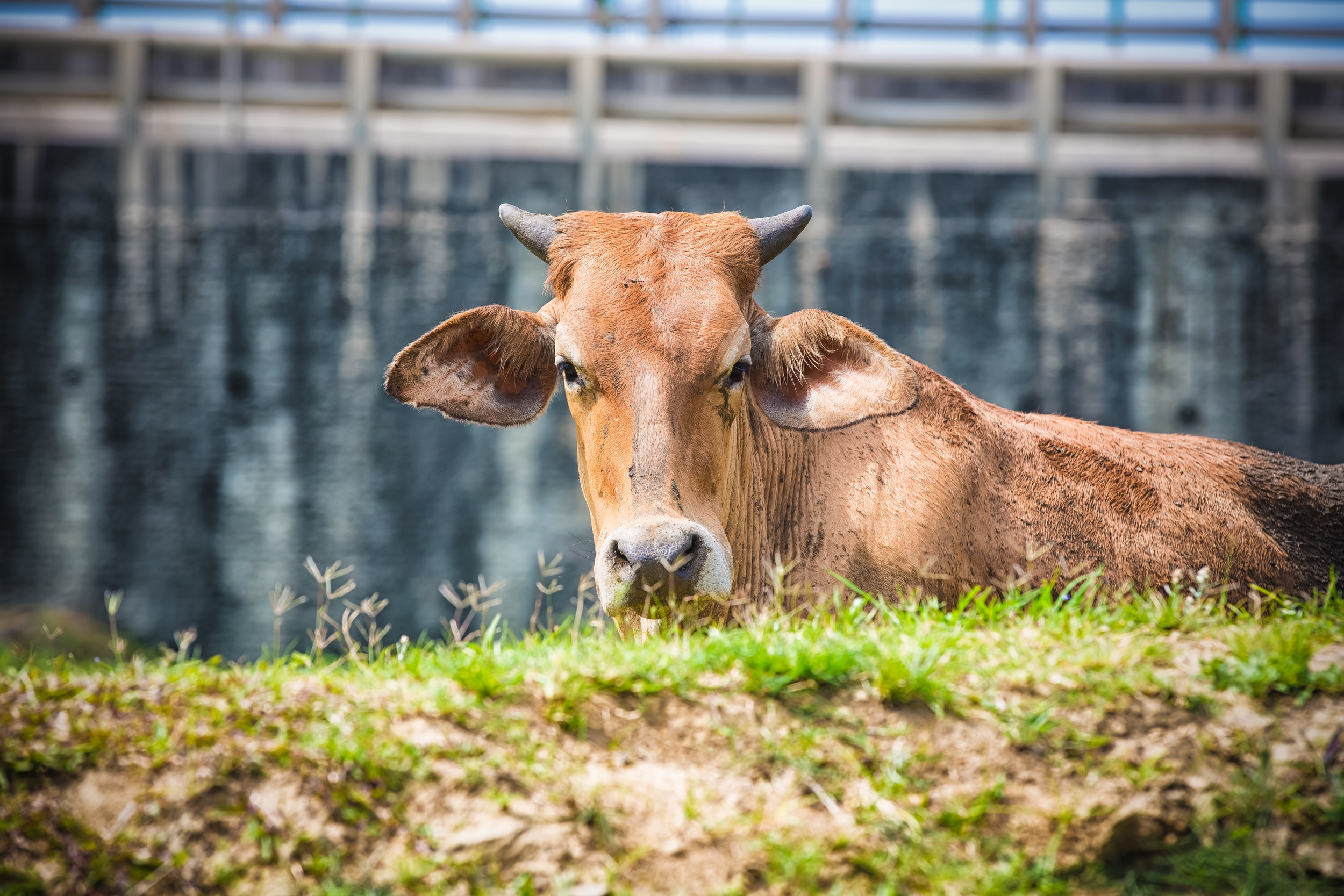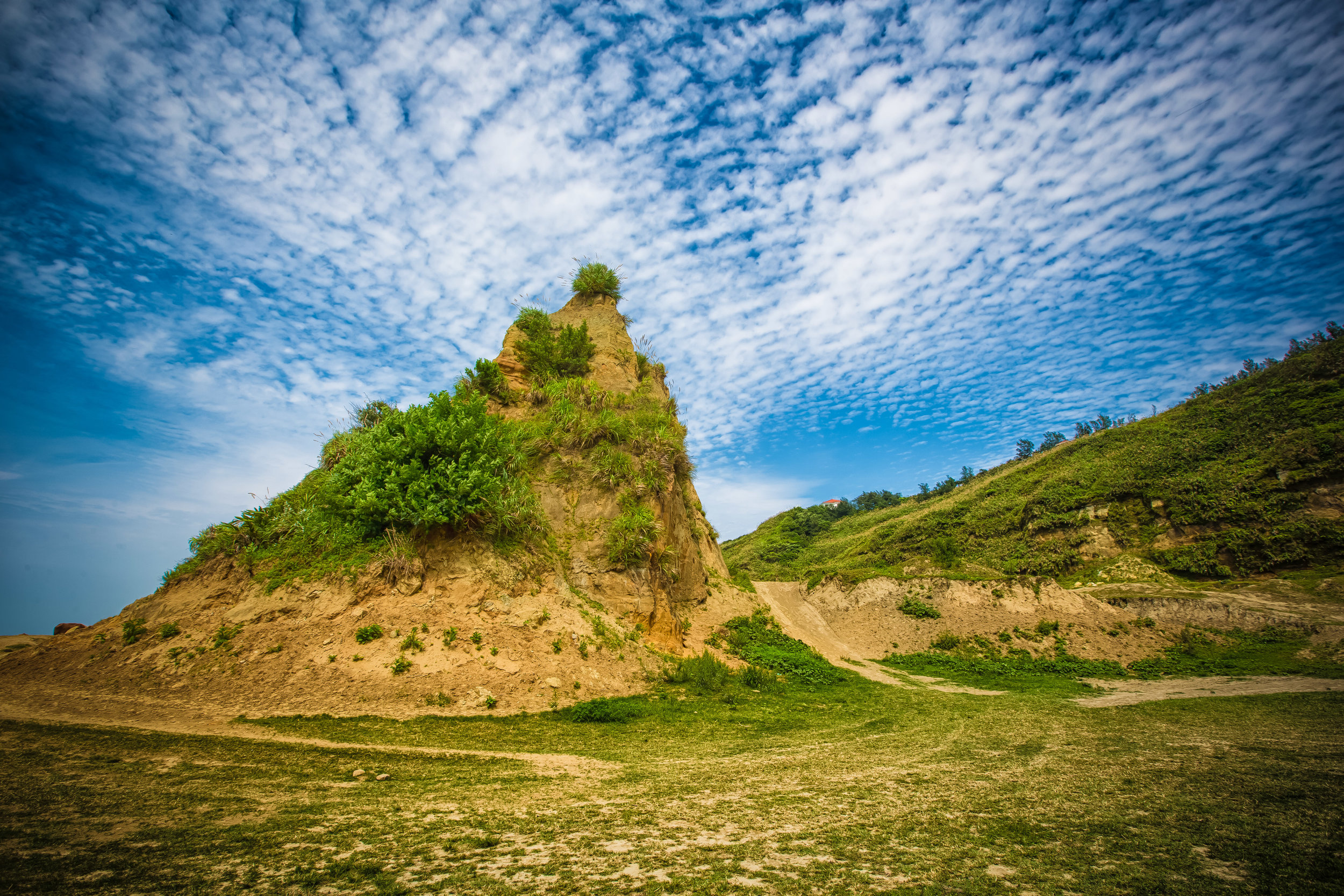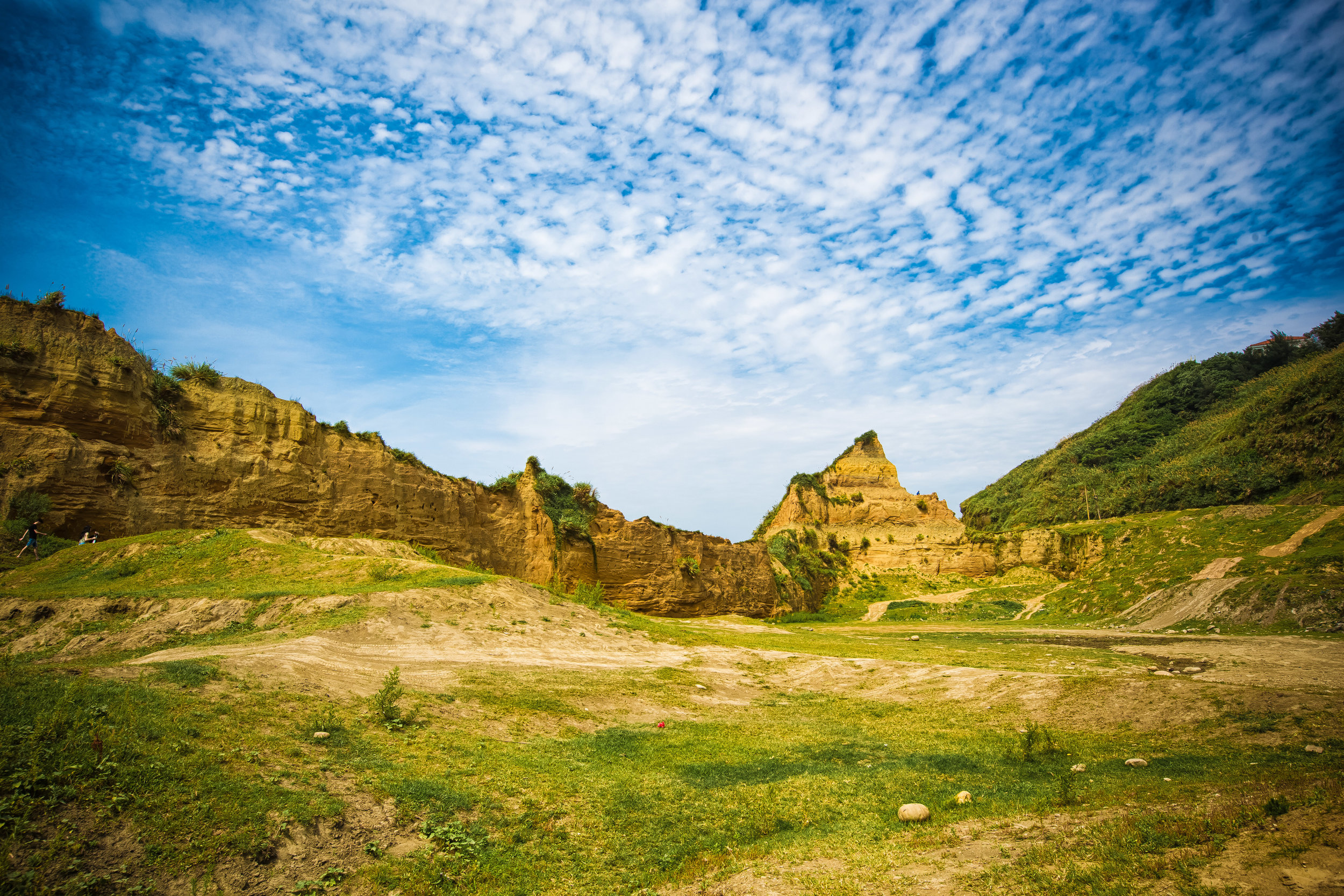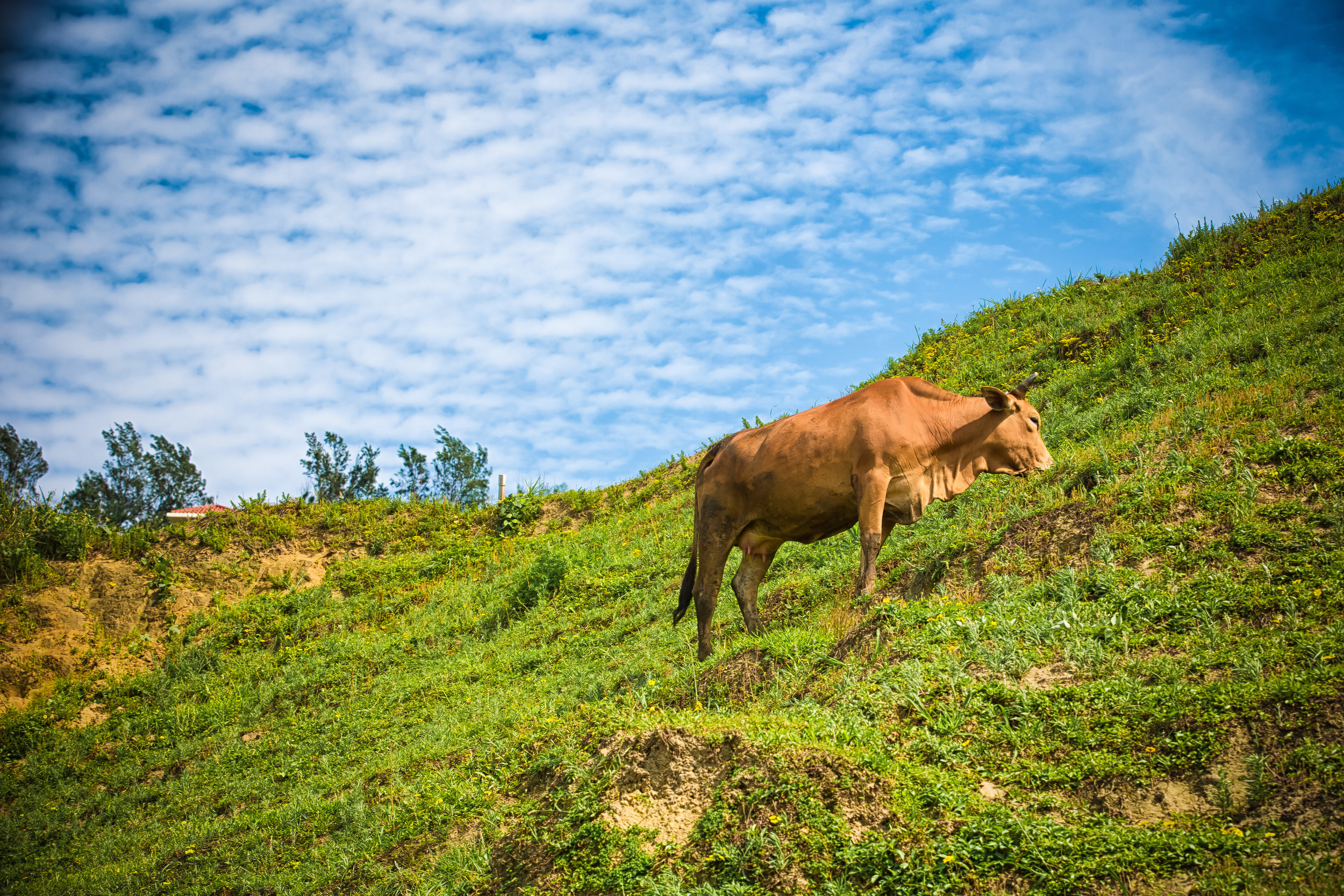Prior to my arrival in Taiwan, I was admittedly under the impression that the country was more or less a collection of large urban sprawls that had more or less overtaken what little of the island’s natural environment. In my defense, this was long before Google Maps made its appearance, however with a land mass smaller than my home province in Canada, but a population twenty-five times the size, it didn’t seem like I was too far off.
Shortly after arriving, I quickly found out how wrong I was.
The “Taiwan” that we often imagine certainly isn’t what we’re led to believe, nor how it is often advertised.
If you are like a lot of tourists who visit the country without ever leaving Taipei, I suppose you might not have much feel for what I’m talking about, but Taiwan rivals any in terms of natural beauty with its mountains, valleys and coastal areas.
Sadly, this is one area where many of Taiwan’s most fervent supporters lament the way that the nation is officially advertised to the outside world. The natural beauty of the country has unfortunately always been one of its best kept secrets. If it were marketed properly, it would attract a considerably larger amount of interest. The pandemic was obviously disastrous for the travel industry, but now that it appears that the world is finally on the path to normalcy, it would be great if Taiwan could capitalize on all of the international good will it has earned over the past few years, and started attracting a wider variety of tourists.
For those in the know, Taiwan’s North East Coast (東北角) is one of the best examples of the nation’s natural beauty - Not only is it breathtakingly beautiful, it is arguably one of the most accessible destinations for day-trips outside of the capital. Tourists who visit the area are able to get a feel for local culture and history while enjoying a medley of the turquoise ocean on one side with high mountains on the other.
The coastal area has a number of popular tourist attractions, which attract both domestic and foreign tourists for day trips - Whether you’re visiting the northern port city of Keelung (基隆), it’s famed Miaokou Night Market (廟口夜市), Yehliu Geopark (野柳), Jiufen (九分), the Golden Waterfall (黃金瀑布), Bitou Cape (鼻頭角), or any of the fishing ports along the way, if you’re a first time visitor, you’re likely to feel like stopping every few minutes along the way to take photos.
Interestingly, over the past few years, (mostly thanks to Instagram) several new destinations along the coast have gone ‘viral’, and have been attracting a considerable amount of domestic tourists. Unfortunately, for most foreign tourists, these locations don’t often appear on the radar. Elephant Rock (象鼻岩) for example, has become of those hot spots, with crowds visiting the area to check out the rock formation. More recently though, you’ll find just as many more people kayaking, snorkeling and diving nearby, creating new opportunities for adventure tourism.
Likewise, even though the mountainous areas near the coast have always been popular with avid hikers, they have also recently become the stomping grounds for tourists, who flock to the area on the weekend eager to enjoy the area’s beauty, and more importantly their impromptu Instagram photoshoots!
Hikers are blessed with numerous trails along the coast, each of which offers spectacular views of the northern coast. The Teapot Mountain (無耳茶壺山) and Jilong Mountain (基隆山) trails are two such examples of well-known and highly-rewarding hikes, which are coincidentally also easily accessible through public transportation and the relative ease for anyone wanting to hike them.
Surprisingly though, a number of the trails in Northern Taiwan have become viral sensations - some for the potential they offer for photoshoots, but others merely for their sheer difficulty. Most international tourists will be familiar with Elephant Mountain (象山步道), and the other Four Beasts (四獸山步道) in Taipei, but hikes like Wuliaojian (五寮尖), Huang Di Dian (皇帝殿), the Pingxi Crags and Stegosaurus Ridge (劍龍稜) have arguably become just as popular.
Even though all of these trails offer a great hiking experience, some of them are not very accessible for your average tourist, which makes getting there somewhat difficult. Fortunately, there are a number of English-friendly mountaineering groups that plan day-trips to some of these areas, taking care of all of the small details for any of the hikes you want to go on. So, if you are visiting Taiwan, it is always a good idea to check out some of these groups and get in contact with them to see if they have anything planned that you are able to join in on:
Parkbus Taiwan | Taiwan Adventure Outings | Taiwan Adventures | Taipei Hikers
This time, I’ll be introducing one of the viral hikes mentioned above, the aptly nicknamed ‘Stegosaurus Ridge,’ which happens to be one of the most beautiful and thrilling single-day hikes that you’ll find anywhere in the country. That being said, it’s also both difficult and dangerous, and hiking it certainly isn’t for the faint of heart.
If you’re up to it, this is a hike that is essentially a several hour long full body workout that will result aching muscles at the end. The experience however is worth it as you’ll be rewarded with some spectacular views that’ll ensure you’ll fall in love with Taiwan!
Stegosaurus Ridge (劍龍稜)
I think it’s pretty safe to say that Stegosaurus Ridge is both literally and figuratively one of the ‘hottest' hikes in Taiwan at the moment. Like some of the other trails mentioned above, this one transformed from being relatively unknown to one where you’re likely to meet hundreds of weekend day-trippers from all over the country, whenever you hike it.
Being that it is a ridge hike, it is one of those special experiences where hikers are rewarded with (almost) 360 degree views of the North East Coast landscape, and the mountain range that separates it from the capital.
Deriving its name from the jagged ridge that you’ll have to walk up, which is likened to the dermal plates on the back of a Stegosaurus, the hike is not only one of the prettiest, but also one of the most thrilling thanks to the ridge.
Speaking frankly though, it is also quite dangerous at the same time.
It is important for anyone planning to hike this one to remember that not only is it a difficult and time consuming hike, it’s also quite dangerous - especially for inexperienced and unprepared hikers - So, before I go into detail about the hike the following tips should be taken into consideration:
The hike will take anywhere between 5-8 hours to complete - Start the hike early in the morning lest you get stuck high in the mountains after dark.
DO NOT hike this trail alone - Bring your friends!
This trail has several very steep sections: If you’re not an experienced hiker, you may find yourself having some trouble. Take your time and let people pass by.
If you are afraid of heights, this hike isn’t for you.
There are few areas that offer hikers respite from the hot sun - Wear sunscreen, and make sure you wear a hat to protect yourself.
The North East Coast is prone to rain, which makes climbing the ridge even more dangerous. If it is raining, find something else to do and come back another time.
It’s not recommended that you bring your trekking poles along with you for this hike - They will get in the way while you are climbing the ridge and could make getting past some sections even more dangerous.
Sections of the trail are full of long grass, which is sharp and will slice up your arms and legs if you’re not wearing proper covering. You should wear proper hiking pants as well as hiking shoes to protect yourself.
There are several areas where you’ll encounter ropes on the ridge, you should bring a set of gloves to save your hands from rope burn and blisters. Most hardware stores sell cheap pairs for $10NT.
You’ll need to carry a generous amount of water to stay hydrated in addition to having having snacks or a packed lunch available.
For your safety make sure to follow the hiking flags attached to trees along the trail as well as the arrows sketched on the ridge so that you don’t end up getting lost.
There are several off-shoot trails along the way that you can take back to ground level. If you get half-way up and are thinking about giving up, try to take one of these trails rather than turning around as the trails aren’t really set up for two-way traffic.
There’s another important thing to mention before I move on: You may have heard that hiking this trail is more or less illegal. Are those rumors true? Well, the answer to that question is both yes and no.
The ‘Stegosaurus Ridge’ hike is part of a loop where hikers start hiking from just above sea level to a height of around 700m, offering access to over ten peaks along the way. When we talk about this hike, we have to first differentiate whether we’re hiking the ‘circuit’, or just the Stegosaurus section.
If you are planning on hiking the circuit, then there are trailheads that can be accessed where you're not going to have any issues. For those of you who are just coming for the Stegosaurus section, and looking for the most direct route to the ridge, the entrance that most people end up using is considered “trespassing” as it requires a jump over a fence onto abandoned state-owned property.
Most of the online resources you’ll find about the ridge will talk about this and offer ideas for jumping over the fence, or getting around it. What you’ll want to keep in mind are the warning signs posted at the spot where you jump over the fence. The signs aren’t translated into English, but what they essentially say is that warn hikers caught entering the area will be fined and now that the trail is so popular, you’ll find that there are often police cars stationed nearby, or patrolling the area to deter people from using this entrance.
For those of you who can’t read Chinese, the signs warn that fines for entering the area could amount to NT$500,000 ($17,000USD).
While it is true that this entrance offers the most direct access to the trail, cutting down the amount of time needed to complete the hike, it is (for the time being) illegal to enter, so if you decide to take this route you may have to face the consequences.
Starting the hike from the other trailheads in this area isn’t illegal, but using the copper factory entrance is, so if you are planning on do part of the hike, you may want to consider a newer trailhead located around the 80.2KM marker, or the Golden Lake (黃金池) trail that starts at the 79.6k marker.
What is currently the most responsible thing to do is take the third option by starting your hike further down the road at the Nanzilin Trailhead (南子吝步道), where a path connecting to the ridge has been marked by hiking groups and where you’ll won’t be in danger of leaving with a criminal record!
For further information about the legal situation with this hike check out Taiwan hiking master extraordinaire Richard Saunder’s article about it - More Bad News Regarding Access to Taiwan’s Mountain Landscapes.
Now that we’ve got all of that out of the way, let’s move onto the hike.
To start, I guess I should clarify that ‘Stegosaurus Ridge’ isn’t actually a mountain.
The aptly named ‘stegosaurus’ section of the hike is simply what its name implies, it’s a ridge.
The circuit hike that I highly recommend you complete does however consist of a number of peaks and mountains, including Nanzilin Mountain (南子吝山), 381 Peak (381峰), 555 Peak (555峰), Banping Mountain (半平山) and Teapot Mountain (茶壺山), with several waterfalls and a river along the way.
The amount of time it takes to complete the hike ultimately depends on how much of the trail you intend on hiking. For those of you who are only interested in the ridge sections, your hike will be considerably shorter than those who plan on hiking the circuit. In the case of the circuit hike, you can look forward to a 6 to 7 kilometer-long hike starting from sea level to an elevation of around 700 meters.
The circuit hike should take around 6-7 hours, but once again that very much depends on several factors including your level of fitness, the amount of people hiking the trail, and how many breaks you take. For those of you planning to just hike the ridge and head back down to ground level, I’m sorry to say that the hike is still going to take around 5 hours, so you might as well just go ahead and hike the whole thing, right?
With this hike, I’m admittedly going to advocate that you experience the full thing, so the route I’ll introduce first is what is considered the ‘circuit route’ starting at one temple and ending at another. Even though this is the route that will take the most amount of time, it is also the most rewarding as you get to experience the ridge and beyond.
The Golden Ridge Circuit (黃金稜線)
For this route, you’re able to get off the bus at the Nanxin Temple Bus Stop (南新宮站), where you’ll find small community with a temple, public bathroom, general store and the trailhead to the Nanzilin Trail (南子吝步道).
Starting from this trailhead ensures that you won’t meet with any of the legal difficulties mentioned above, and also allows you to enjoy the peak of Nanzilin Mountain before making your way to where the Stegosaurus trail starts.
The Nanzilin section of the trail is well-developed and you’re likely to see lots of elderly hikers on this part of the trail. If you’re a first time hiker to the area, I highly recommend you hike to the peak of Nanzilin Mountain before you descend the river. The peak of Nanzilin is a high cliff that overlooks the highway and its absolutely beautiful. You’ll have to backtrack for a few minutes, but it’s well worth the effort.
A short distance from the peak, you’ll find a bench with a hiking flag marking the route where you’ll make your way through a bunch of tall grass on your descent to the river, which you’ll have to cross before reaching the start of the Stegosaurus section.
Once you’re across the river, the hike starts becoming quite steep, and after a short tree-covered ascent, you’ll reach the first section of the ridge. Standing in front of the ridge can be a bit daunting, especially when you look on the right side, but you don’t actually have to straddle it all the way up. You can follow a path along the left side which allows hikers to safely make their way up the mountain.
While making your way up the ridge, you’ll have to pass by three separate sections of the ridge, which are unmarked but are known locally as ‘Stegosaurus 1’ (劍龍1), ‘Stegosaurus 2’ (劍龍2) and ‘Stegosaurus 3’ (劍龍3). Once you’ve made it past there you’ll find yourself at 381 Peak (381峰). While at the ‘peak’ you may want to take a quick break before starting your next leg of the hike to 555 Peak (555峰).
At this point, you might be thinking: “I’ve finished Stegosaurus Ridge, it’s time to turn around and head back!” Sorry, no. If you did, you’ll be missing on couple of similar jagged rock sections, known as the ‘saw-tooths’ (鋸齒), where you’ll get to climb up some ropes on your way to the next peak. The path between 381 and 555 is a thrilling section of the trail where you’ll climb ropes and large rocks, which are great for photos.
Note: Are you wondering why the peaks are called 381 and 555? The answer is pretty simple: It’s their recorded elevation.
Unlike the first peak, 551 Peak is a nice flat section of mountain with some tree cover, where you’ll likely want to take a break and have some lunch before moving on.
It’s also at this point where you can say that you’ve officially completed the Stegosaurus Ridge hike. There is a fork in the path on the peak that allows hikers to either continue along the circuit, or make their way down to the Golden Lake (黃金池), and one of the trailheads along the highway.
If you (do the right thing and) continue along the circuit, the path you’ll take is a steep one with more ridge-like sections that’ll bring you to to a crossroads between Banping Mountain (半平山) and Teapot Mountain (茶壺山). The sawtooth sections here are also quite fun, but by the time you’re this far into the hike, you’ll be looking at Teapot Mountain in the distance wondering when punishment will end.
The last truly fun section of the hike is the famed crossroad (V缺口) between the Banping Mountain Trail and the Teapot Mountain Trail. In this section you’ll have a really beautiful view of Teapot Mountain, Jilong Mountain (雞籠山) and the ocean while carefully making your way down the rope in the gorge.
The hike between the crossroads and Teapot Mountain won’t take that long, but its at this point where your legs are going to be feeling the pain and walking down all the stairs won’t make them feel much better. When you finally arrived at Teapot Mountain, you’ll probably want to enjoy the view for a while before you start your descent to Qianji Temple and the end of the hike.
To be more concise, this is the route you’ll follow for the circuit:
Nanxin Temple (南新宮) → Nanzilin Trail (南子吝步道) → Nanzilin Eastern Peak (南子吝山東南峰) → Crossing the Banping River (下切半屏溪) → Stegosaurus Ridge (劍龍稜123) → 381 Peak (381峰) → Stegosaurus Ridge Section 2 (鋸齒稜B段) → 555 Peak (555峰) → Stegosaurus Ridge Section 3 (鋸齒稜C段) → Banping Mountain / Teapot Mountain Crossroad (茶壺山半屏山叉入口) → Teapot Mountain (茶壺山) → Teapot Mountain Trailhead (茶壺山登山口) → Qianji Temple (勸濟堂)
If you’d like to check out the waterfalls, once you’ve crossed the river you can head to the left instead of making your way up to Stegosaurus Ridge. Follow the hiking markers attached to trees and you’ll be find the first one in no time. The other two are much further upstream.
Stegosaurus Ridge Route (劍龍稜)
For those of you who are interested in experiencing Stegosaurus Ridge, but for whatever reason aren’t as interested in completing the circuit hike, the route you’ll follow for this hike is relatively similar to the one above. Admittedly, the first time I hiked the mountain, this was the route I took as I wasn’t as familiar with the trails at the time and got a later start than I planned. So, if this is the route you choose, you won’t find any judgement here. Lots of people have already hiked to Teapot Mountain on other trips, so it’s not entirely necessary to hike the whole thing again.
Following the route above, you’ll make your way from Nanxin Temple all the way up to 555 Peak. In this case though, instead of continuing up the mountain, you’ll find a set of ropes that allows you to descend from the peak onto another trail that will bring you to the Golden Lake (黃金池), and then finally to the trailhead that starts at the 79.6k marker along the highway.
The route down here is a leisurely hike in an area that is often tree-covered, but you need to keep in mind that parts of this trail, especially the area near the lake are covered in sharp grass, where you might get some scrapes and cuts if you’re not wearing proper clothing.
While making your way down, you’ll find a fork in the road with one direction that heads down to the highway while the other brings you on another path to the Teapot Mountain trail. The highlight of this trail, if you take it, are the massive waste flues from the Shuinandong Smelter (水湳洞精鍊廠) that make their way up the mountain, and were formerly used to transport noxious gases and fumes away from the refinery.
To conclude, here is the route you’ll follow for the Nanxin Temple to 79.6k Marker:
Nanxin Temple (南新宮) → Nanzilin Trail (南子吝步道) → Nanzilin Eastern Peak (南子吝山東南峰) → Crossing the Banping River (下切半屏溪) → Stegosaurus Ridge (劍龍稜) → 381 Peak (381峰) → Stegosaurus Ridge Section 2 (鋸齒稜B段) → 555 Peak (555峰) → Stegosaurus Ridge Section 3 (鋸齒稜C段) → Golden Lake Trail (黃金池的稜線) → Golden Lake (黃金池) → 79.6k Marker (台2線79.6K)
In the map I’m providing below, I’ve marked the various trails that you’re able to take on this hike and even though the trailheads that are considered ‘illegal’ are marked on the map, I didn’t go into detail about starting your hike there for obvious reasons. If you choose to take those routes, its completely up to you, but if you do, you’re going to miss out on the Nanzilin Peak, which is also quite beautiful.
Getting There
I can’t really stress this enough, the best method regarding getting to this hike (and to save yourself a bit of trouble) is to make use of Taiwan’s excellent public transportation network. Why? The hike generally starts in one area and ends in another. So if you bring a car or scooter and park near one of the trailheads, its not likely that you’ll complete the hike in the same area, so you’re going to make the hike unnecessarily longer.
If you are following my advice and making use of public transportation, here are some suggestions that’ll get you to the trailheads quite easily: First, you should first take a train to either Keelung Train Station (基隆車站) or Rueifang Station (瑞芳車站), and then transfer to any of the routes that will take you to the Nanya Peculiar Rock area.
Bus #791 from Keelung or Bus #886 from Rueifang will both get you there.
The bus from Keelung Station stops a short distance away from the station, so even though the bus stop is labelled “Keelung Station” in English, make your way to the Maritime Plaza (海洋廣場), which is a straight walk from the front of the station to the pier front along Zhongyi Road (忠一路).
From Rueifang Station, you’ll walk out the front door and turn left on Mingdeng Road (明燈路三段) and make your way toward the Rueifang Police Station (瑞芳分局), where you’ll find a very popular bus stop that takes weekend tourists up to Jiufen (九分), and beyond.
In both cases, you’ll find convenience stores between the railway station and the bus stops, so I recommend you stop and get snacks and water for the hike!
No matter which train station you hop on the bus at, there are two stops that you’ll want to keep in mind based on where you plan on starting your hike. The first stop is the “Taijin Company” (台金公司) bus stop where you’ll get off the bus and backtrack until you reach the 79.6k marker. Next to the marker you’ll find a path heading up the hill.
The second one is the “Nanya Nanxin Temple” (南雅南新宮), which is located just past a tunnel along the highway. The trailhead for the Nanzilin Trail (南子吝步道) is found at the rear of the temple and is clearly marked.
If you’d prefer a slightly more direct (but expensive) route, you can take a bus directly from the Taipei Bus Station (台北公車站). Kuo-Kuang Transport (國光客運) offers a bus from Taipei to Luodong (台北-羅東) that’ll allow you to get of the bus to the stops mentioned above.
The bus leaves from the bus station next to Taipei Main Station daily at 8:50am, although I would caution that taking this bus won’t really give you an optimal start time for the hike.
The bus you’ll take on your return journey very much depends on where you complete your hike. If you’re only hiking the Stegosaurus section of the trail, then you’ll probably make your way back down to one of the bus stops mentioned above. However, if you complete the full circuit hike, you’ll be rewarded with a bus at Quanji Temple (勸濟堂) that lovingly transports weary hikers all the way back to Taipei.
At the Quanji Temple bus stop you’ll find buses #891 and #1062, each of which will take you to Songshan Train Station (松山車站) or Zhongxiao Fuxing MRT Station (忠孝復興捷運站) in Taipei. The bus stop is also serviced by F802, which will take you back to Ruifang Train Station, if you’re headed in a different direction than Taipei. For each of the routes above, click the link for the bus schedules and real-time information.
Let me reiterate that this hike is a really fun one, and a little hard work on your part will definitely pay off as you’ll be rewarded with some pretty spectacular views of the natural landscape of the North East Coast, and some great memories.
However, if you plan on taking this challenge, you must take the tips mentioned above seriously, and make sure to be mindful of your safety at all times. This is a hike where you can easily hurt yourself, or fall to your death if you are not careful.
If you found this blog post after seeing beautiful photos on Instagram and you’re thinking this hike is one you’d like to try, it’s important that you go fully prepared, and are fully aware of its dangers, so you can better enjoy it.
All of that being said, this is an extremely rewarding experience that is exhilarating and offers spectacular views of the North East Coast’s landscape. It’s going to tire you out and you’ll come away bruised and beaten, but it will also give you a whole new level of respect for Taiwan’s natural beauty.
References
STEGOSAURUS RIDGE 劍龍稜/茶壺山 (Taiwan Tales and Trails)
Top 5 Adventurous Day Hikes in Taiwan (Ryan Havern)
Complete Guide of Mt. Teapot in Jiufen, Plus Mt. Canguanliao, Mt. Banping, and Mt. Nanzilin (Taiwan Hikes)
新手專區 我是新手,我想去劍龍稜鋸齒稜!(健行筆記)
新北市 劍龍稜、鋸齒稜、茶壺山步道 (健行筆記)
劍龍稜登山口與攻略懶人包 (UM94)
